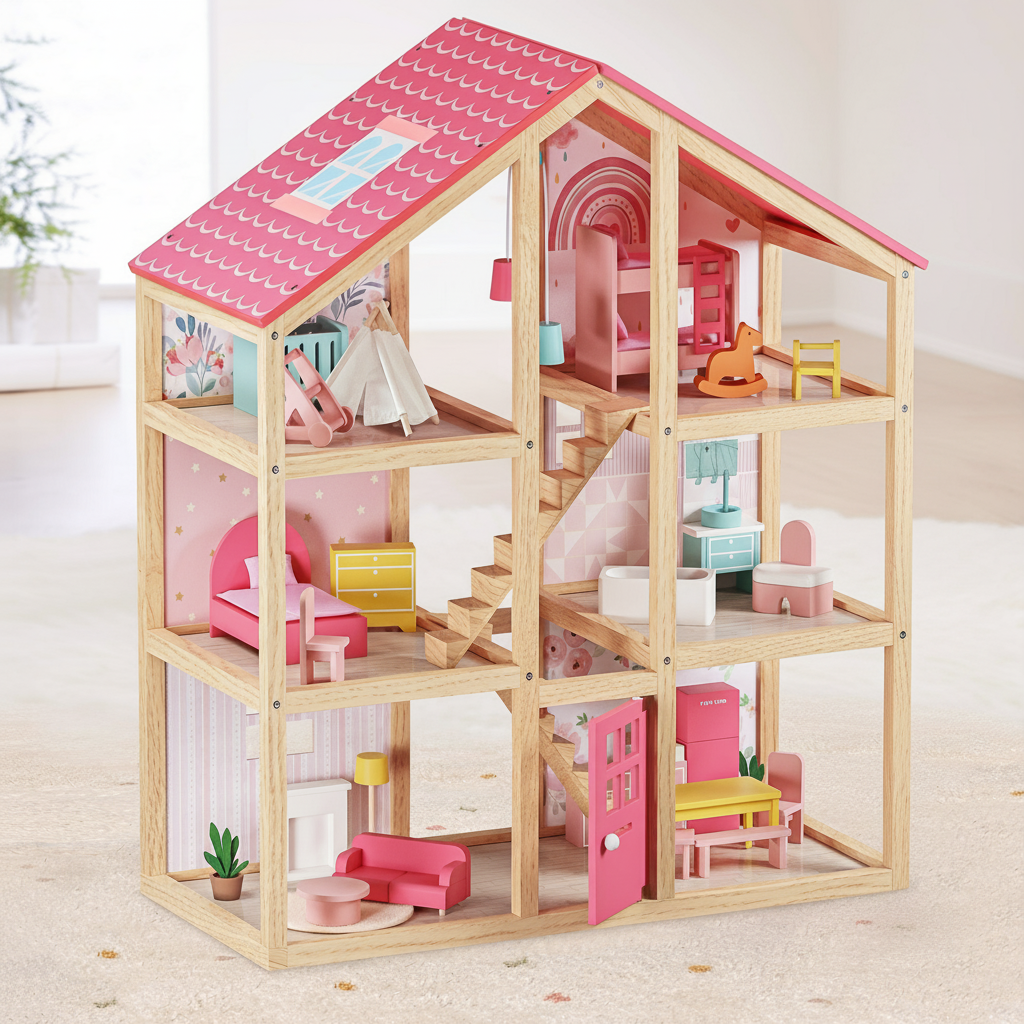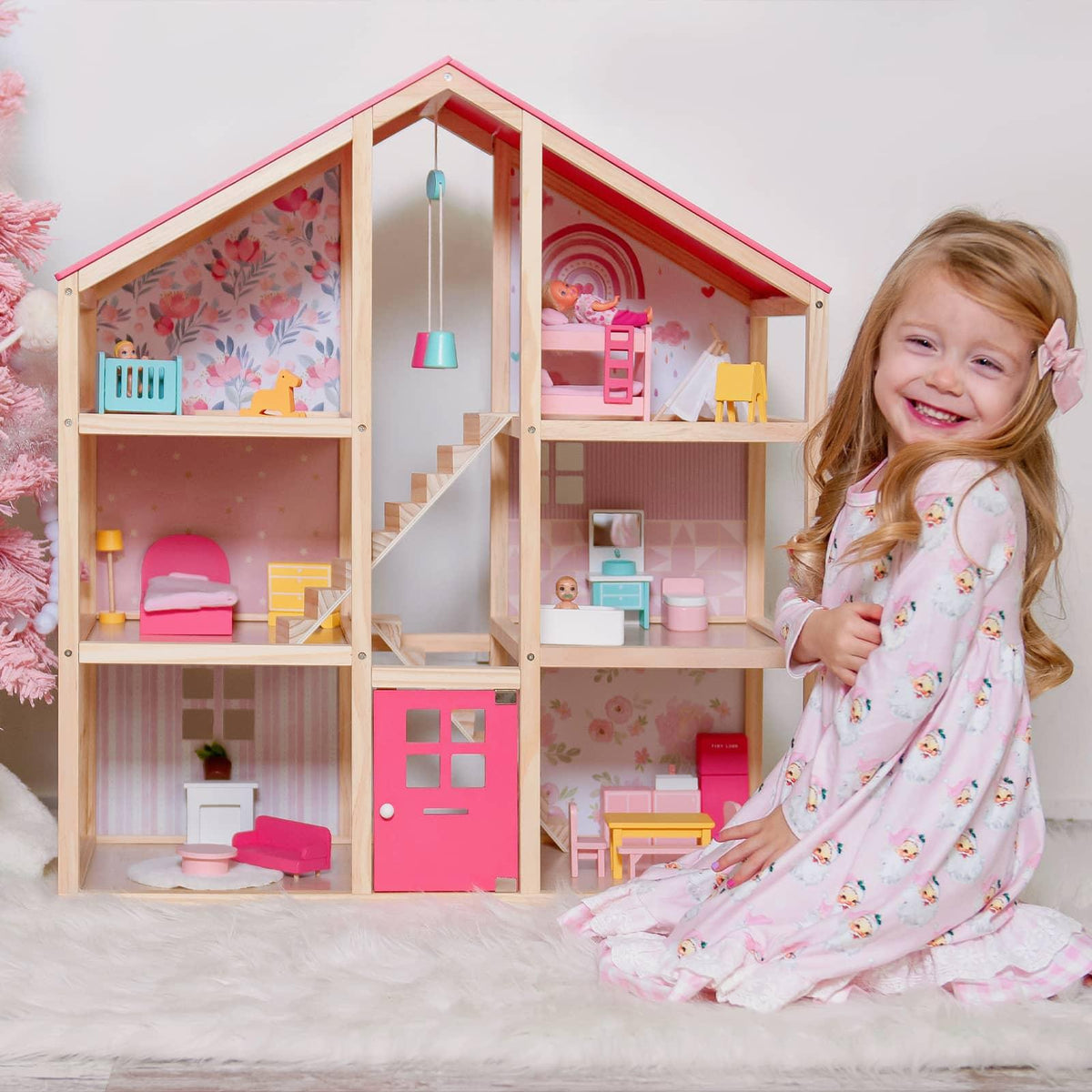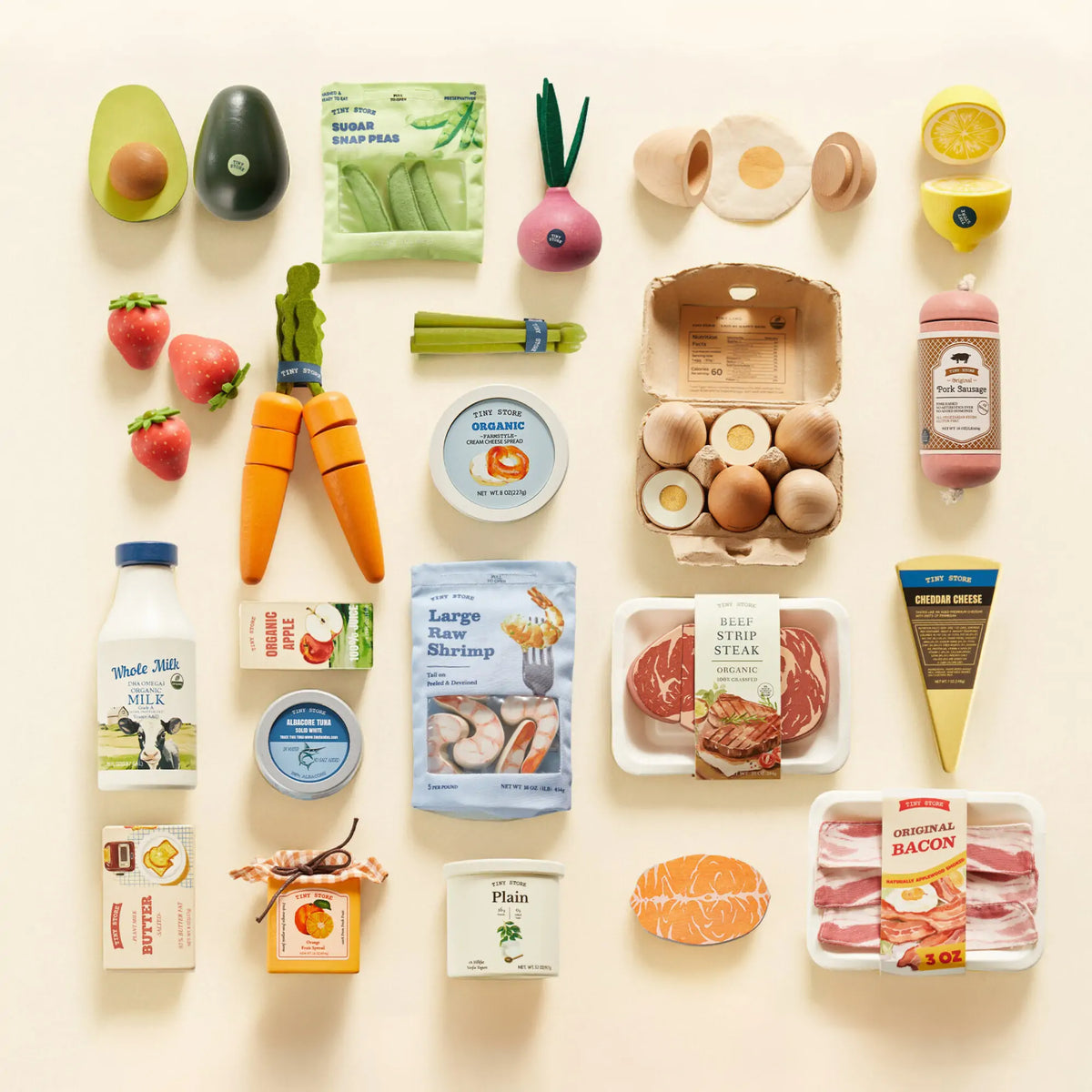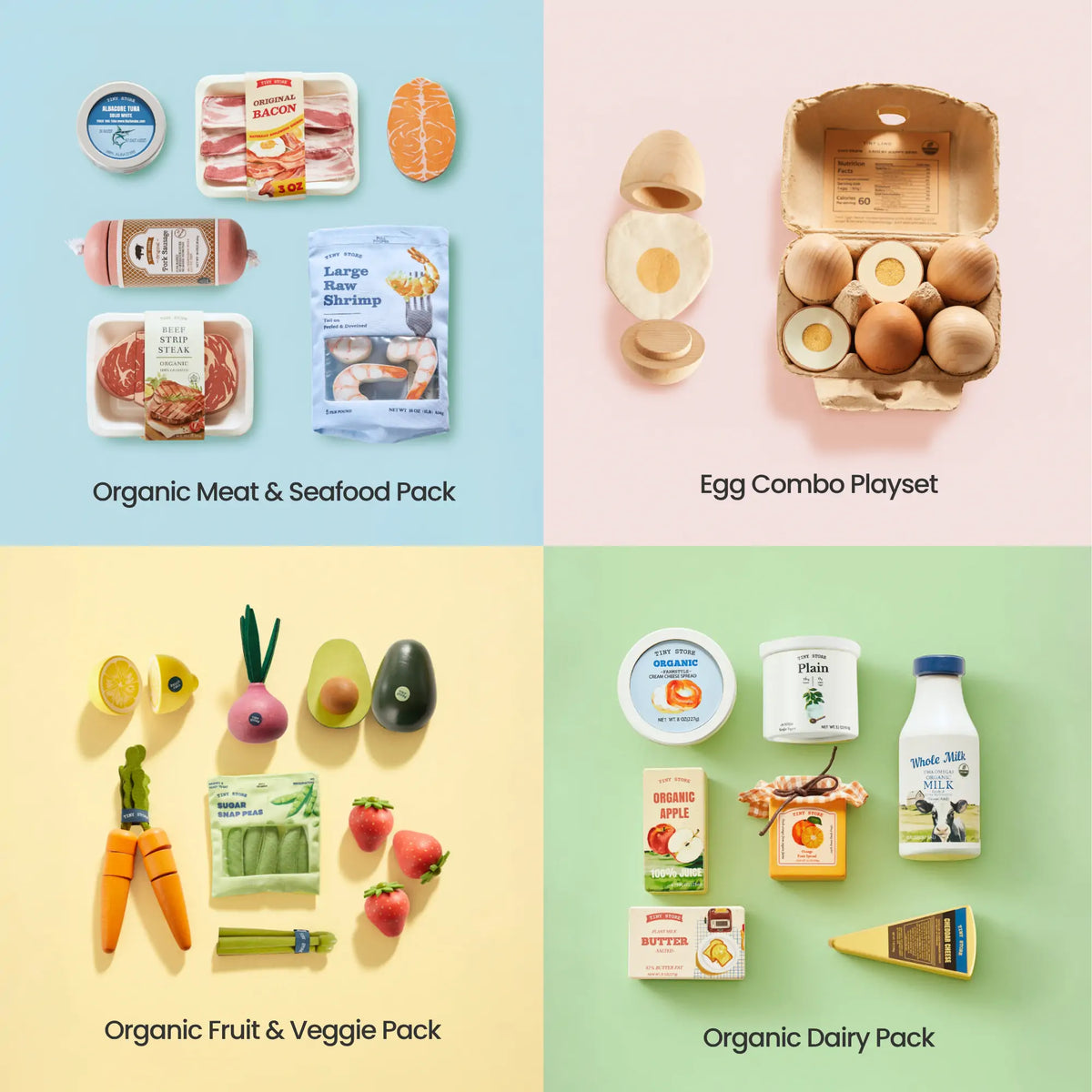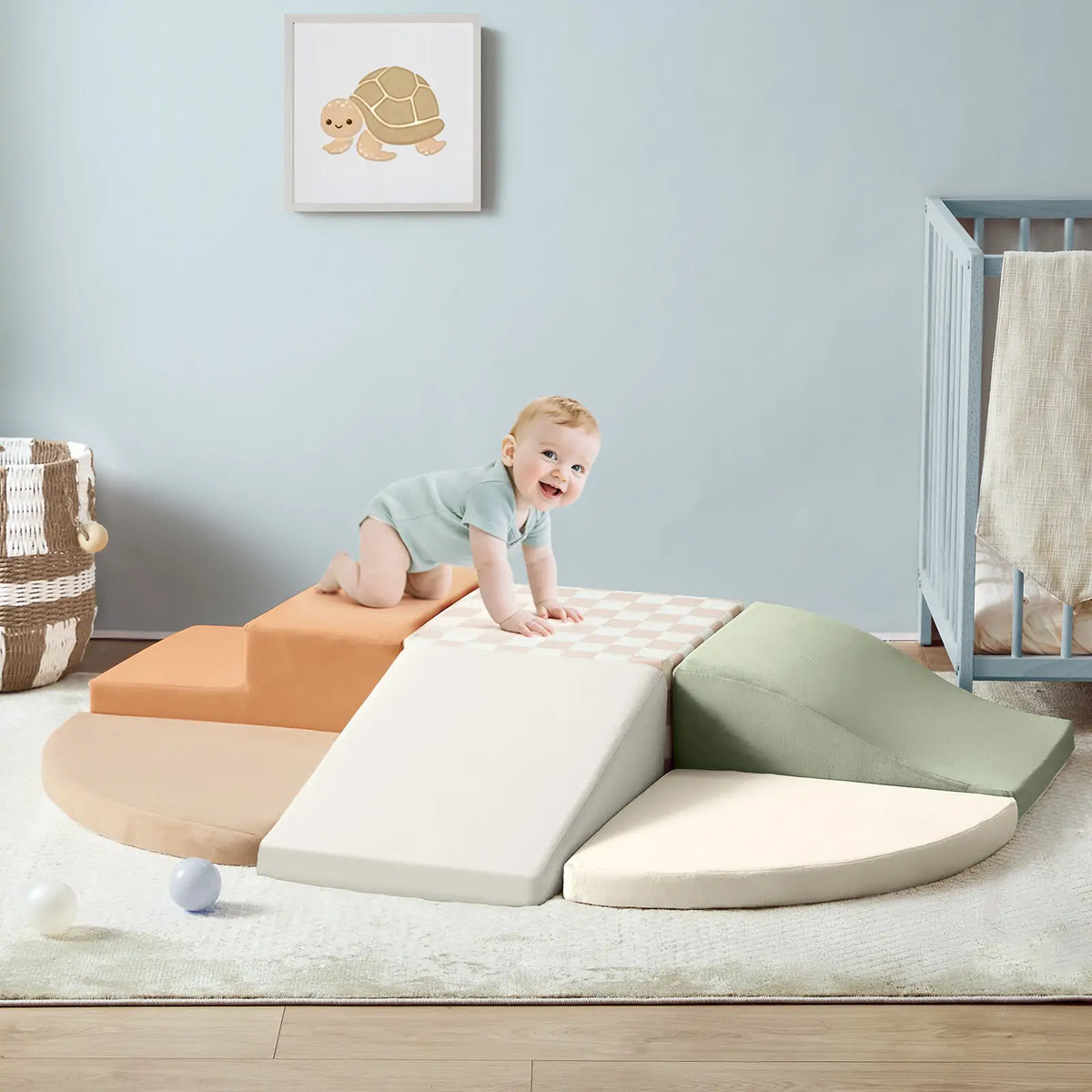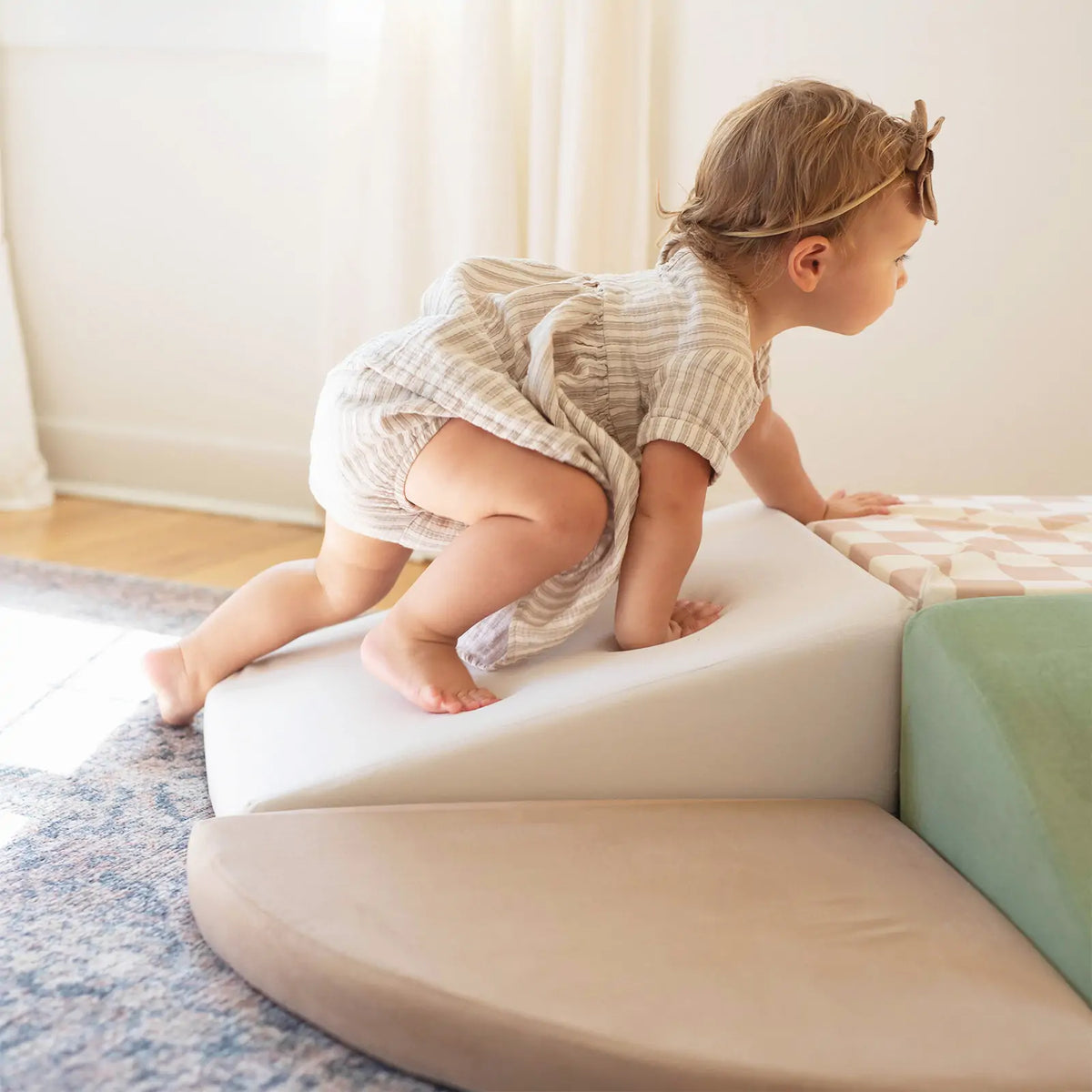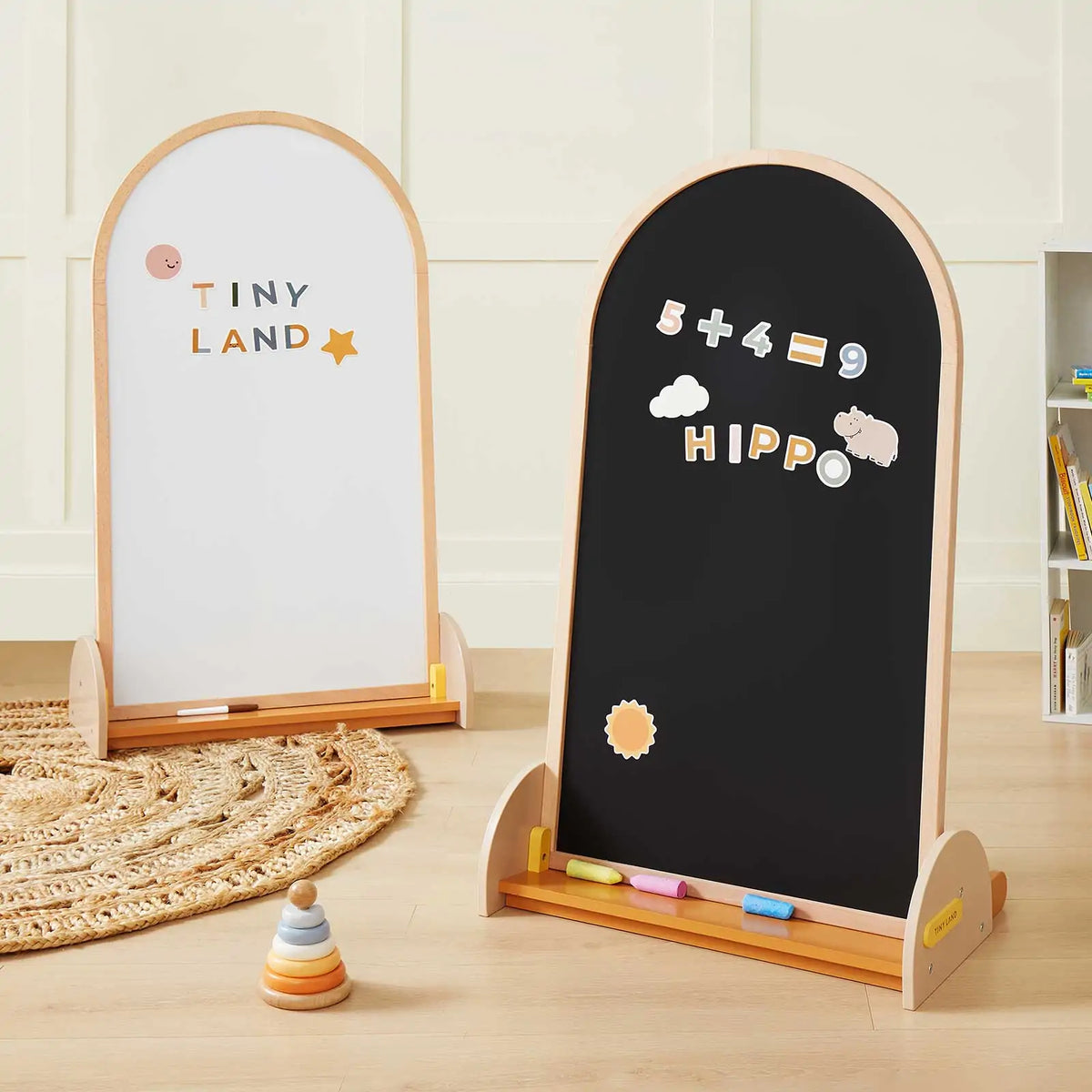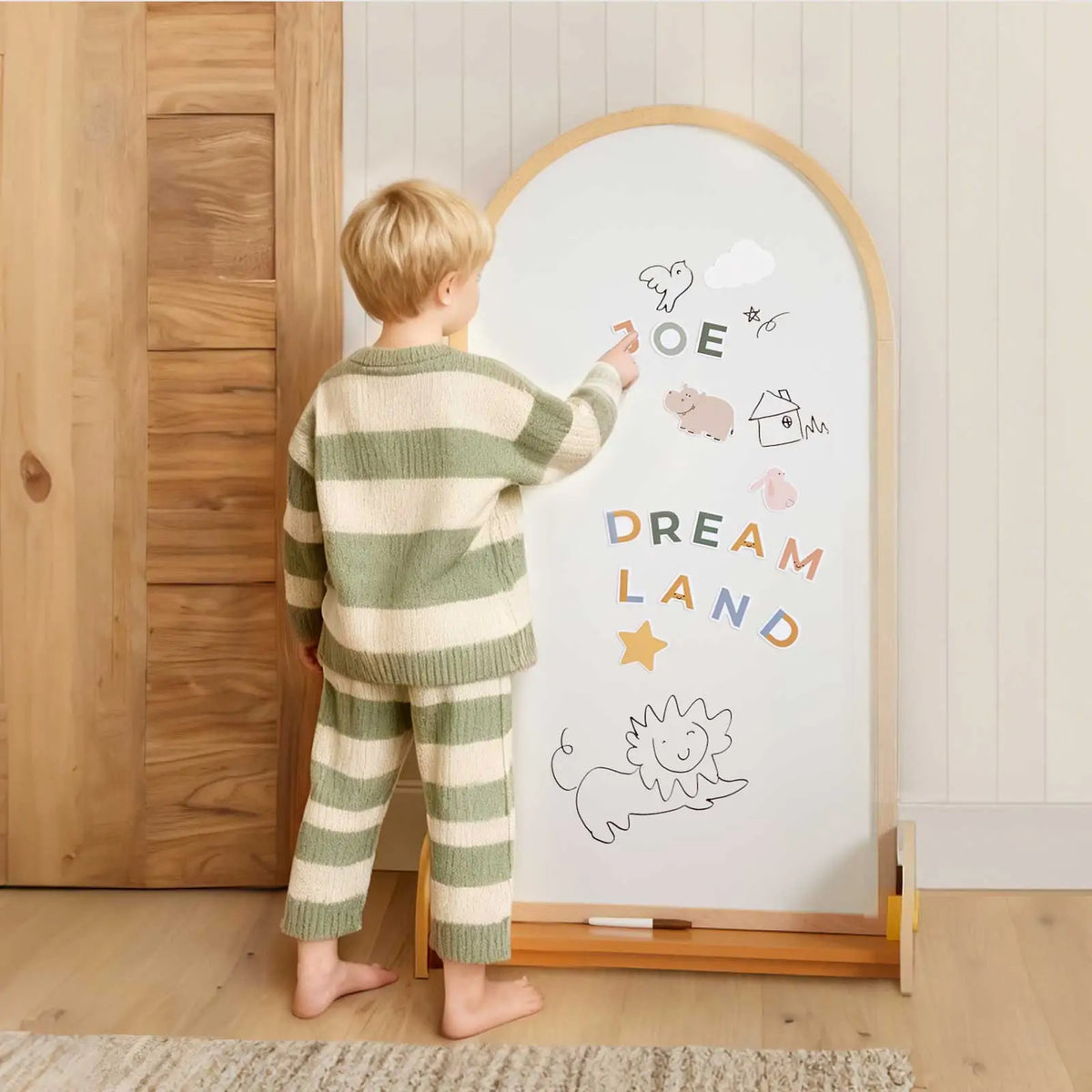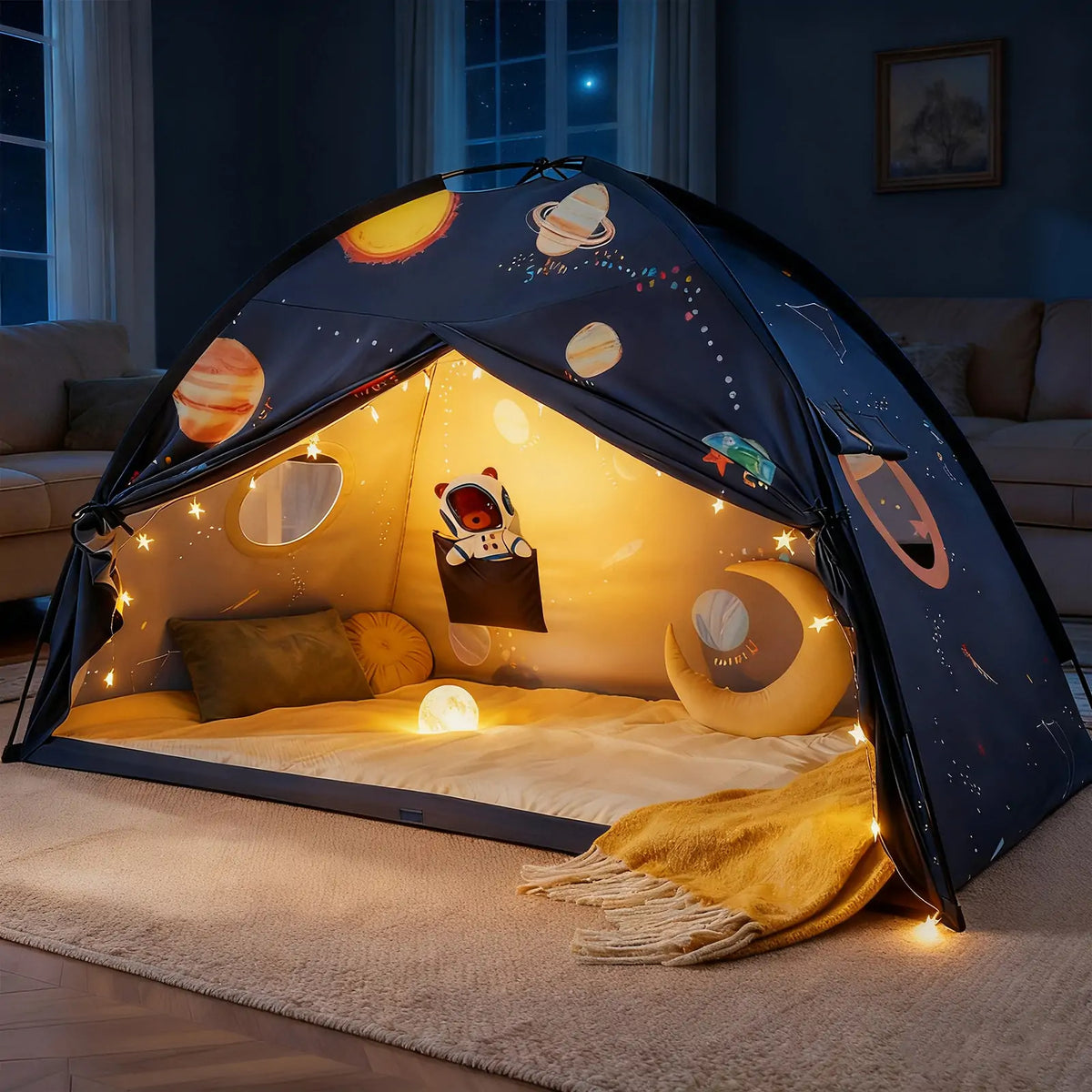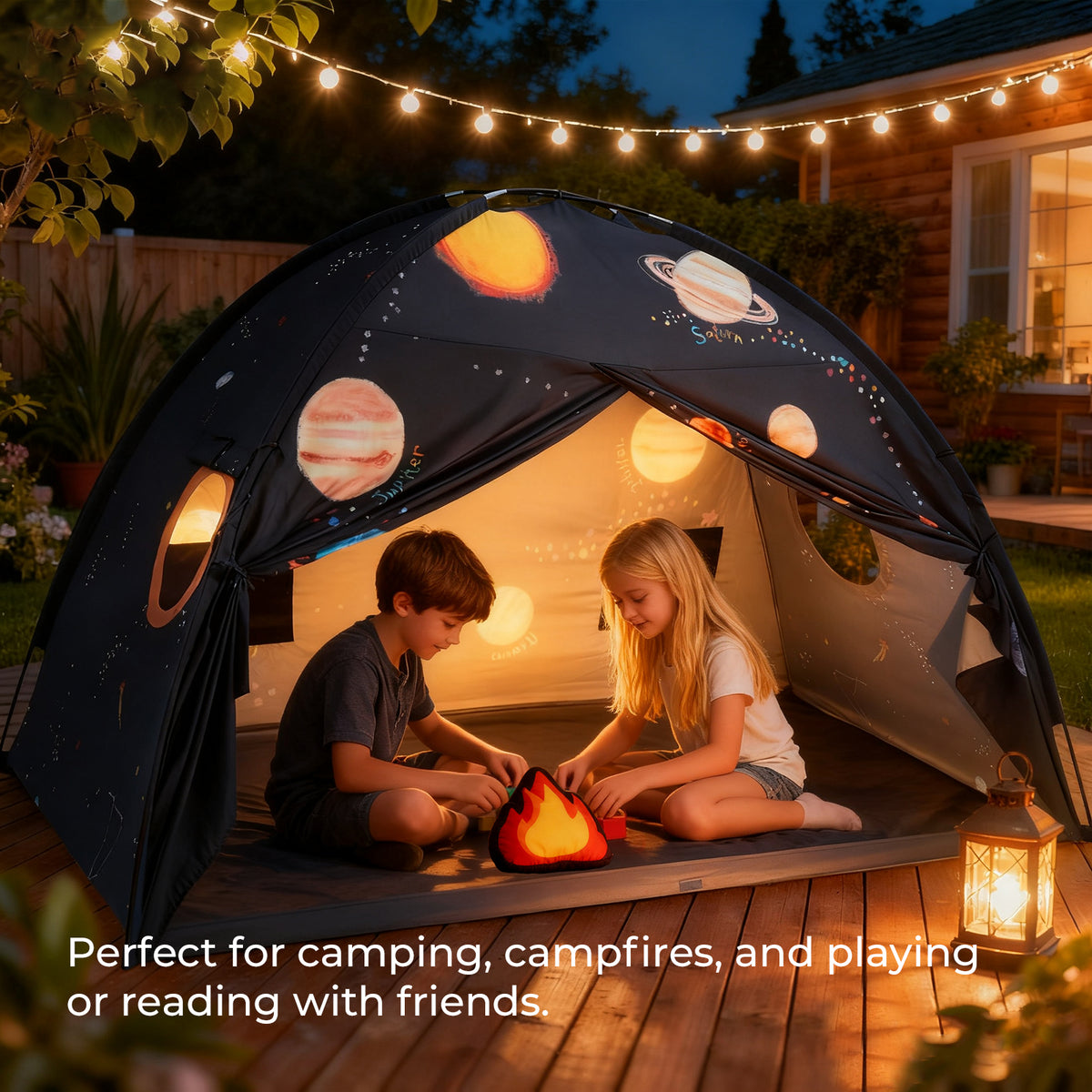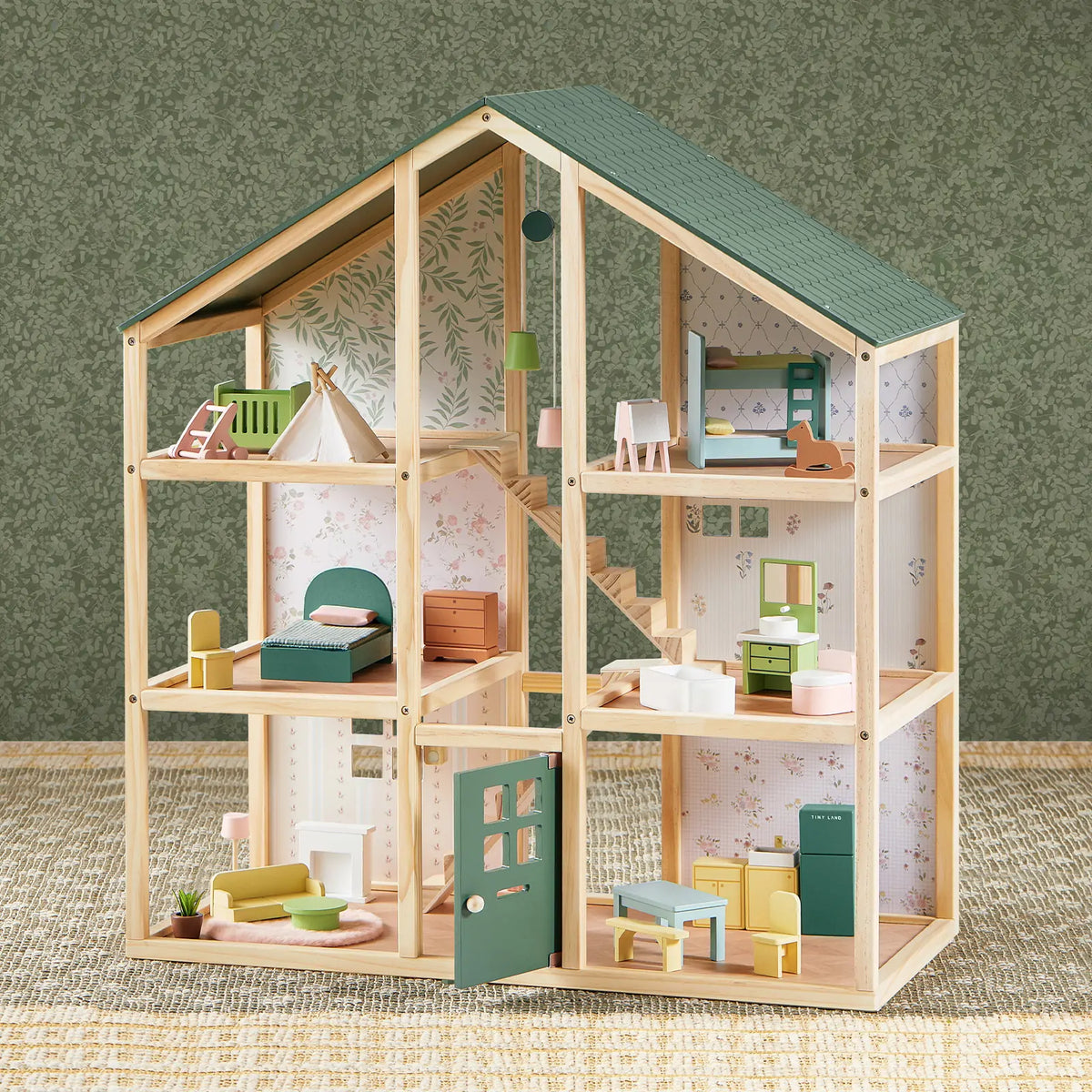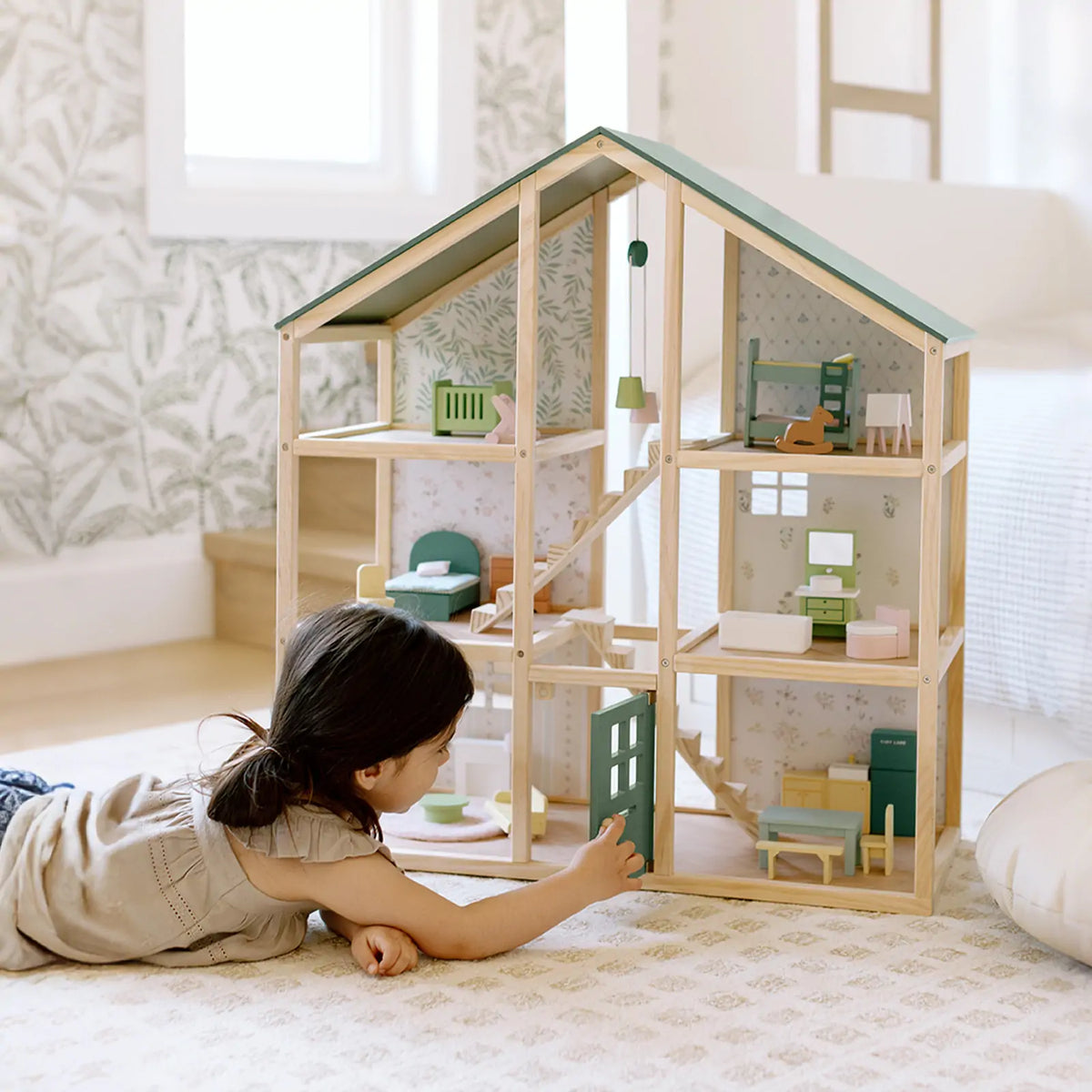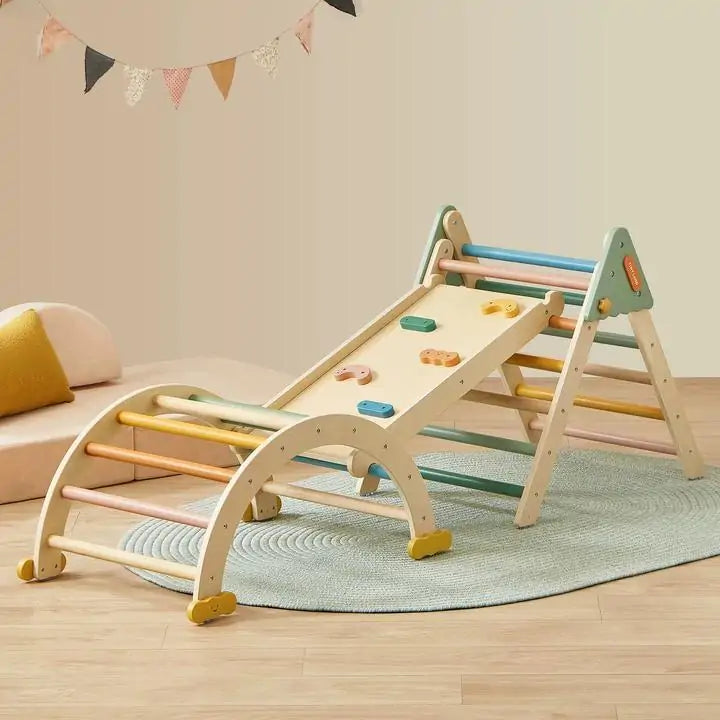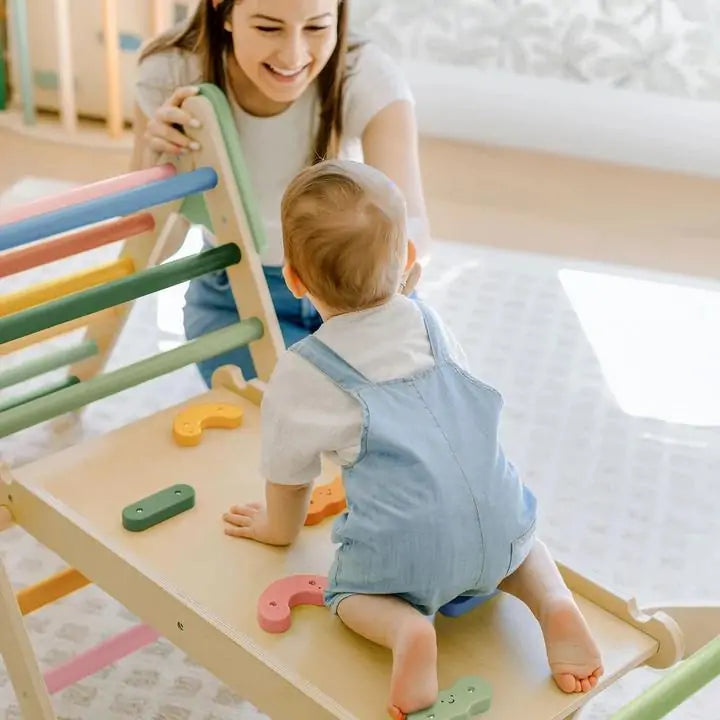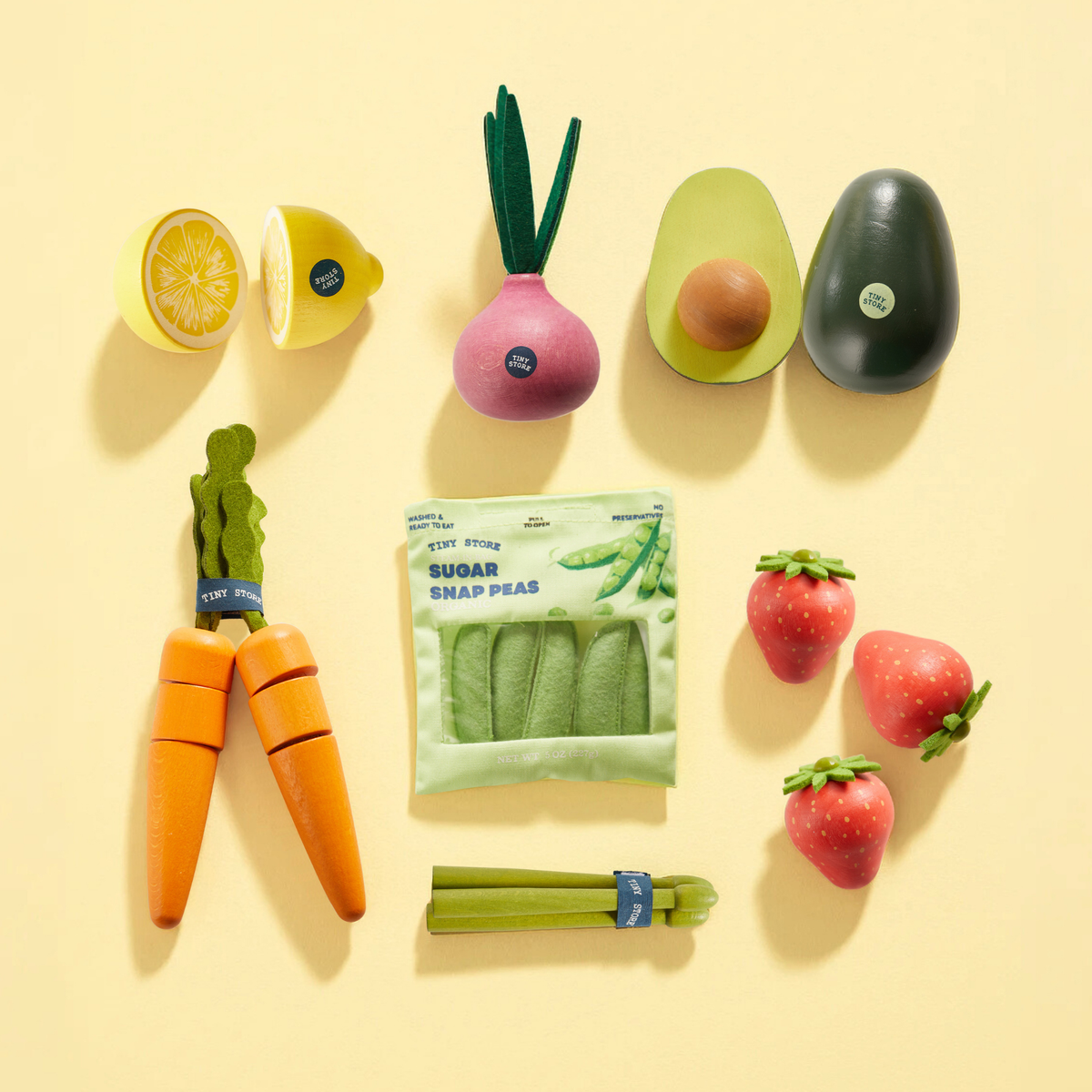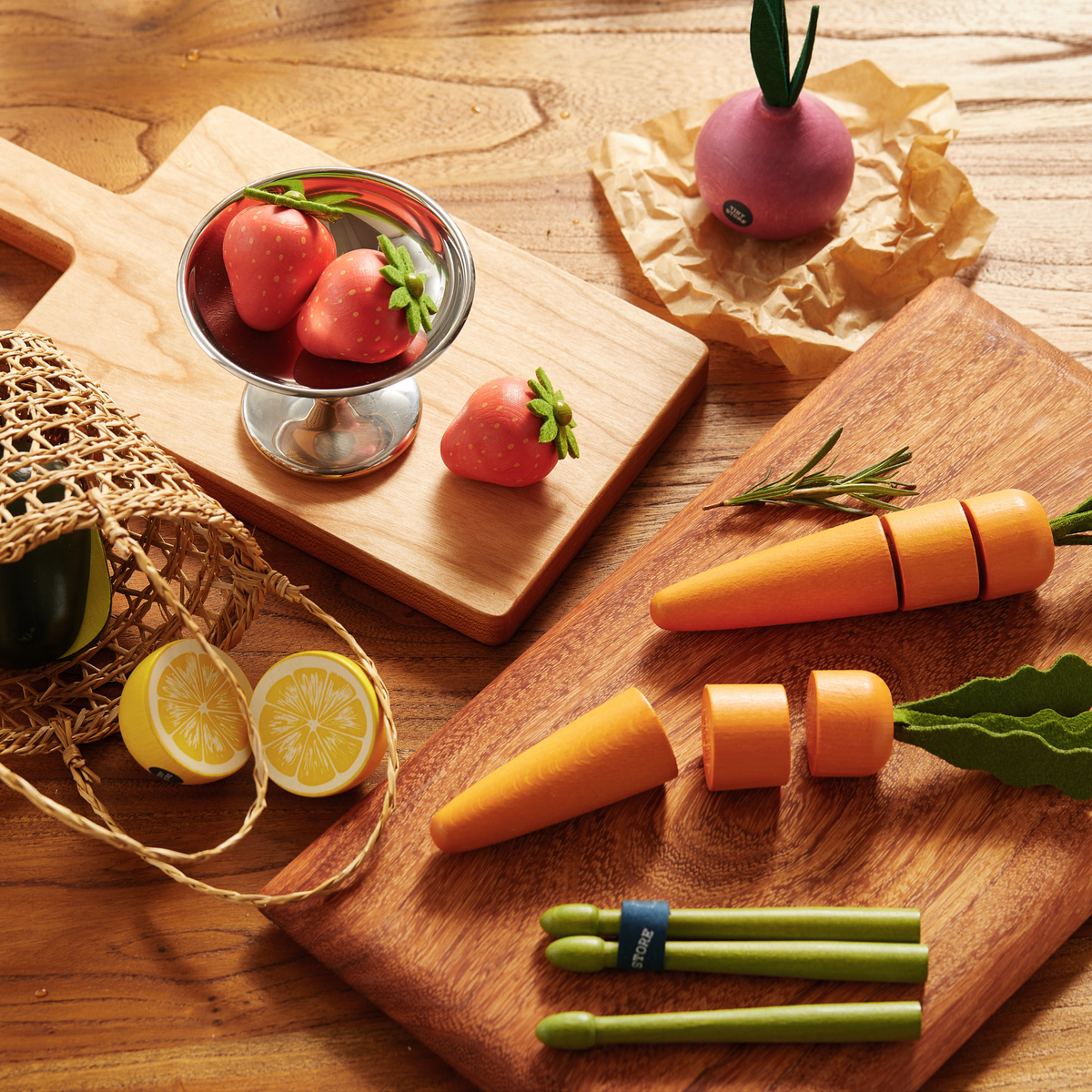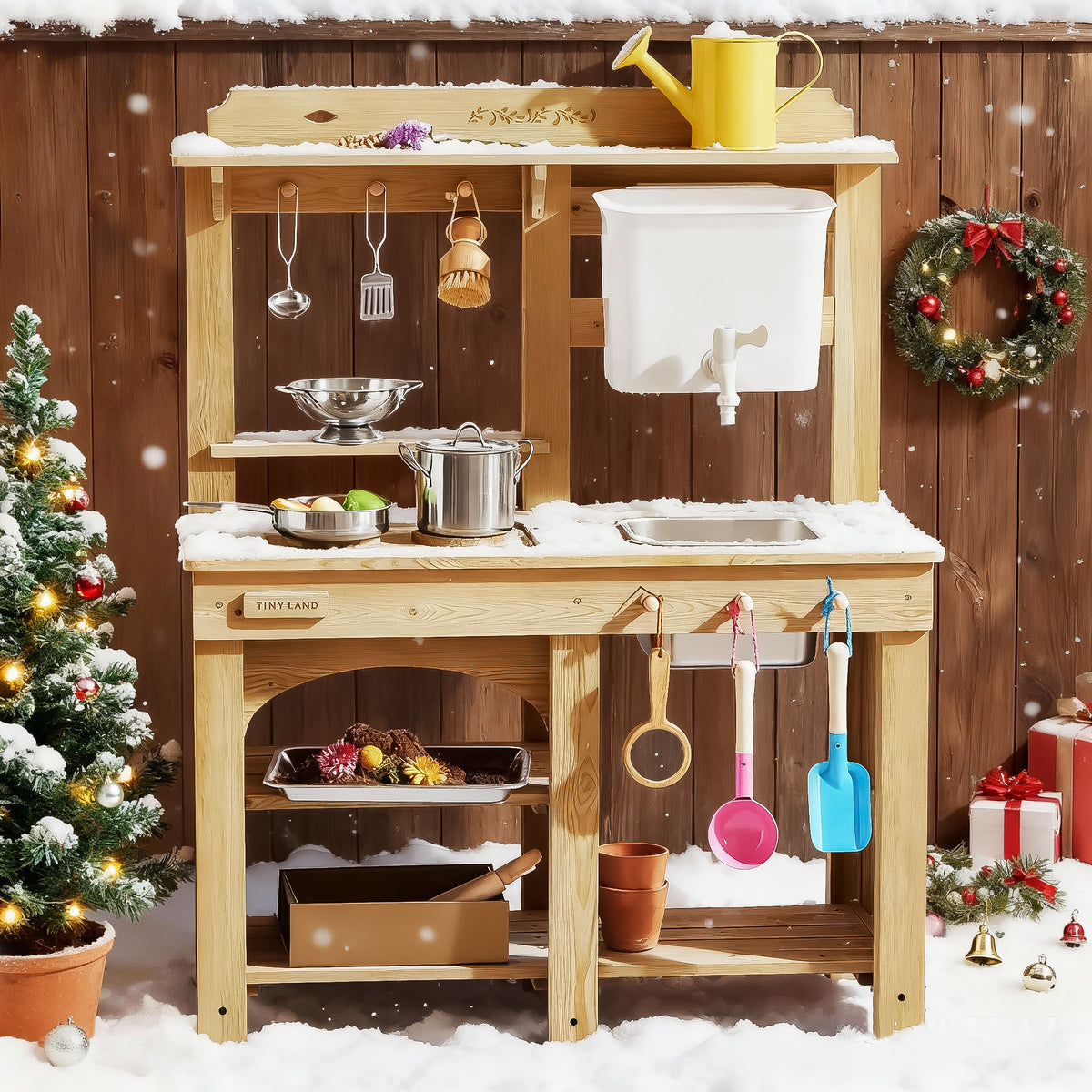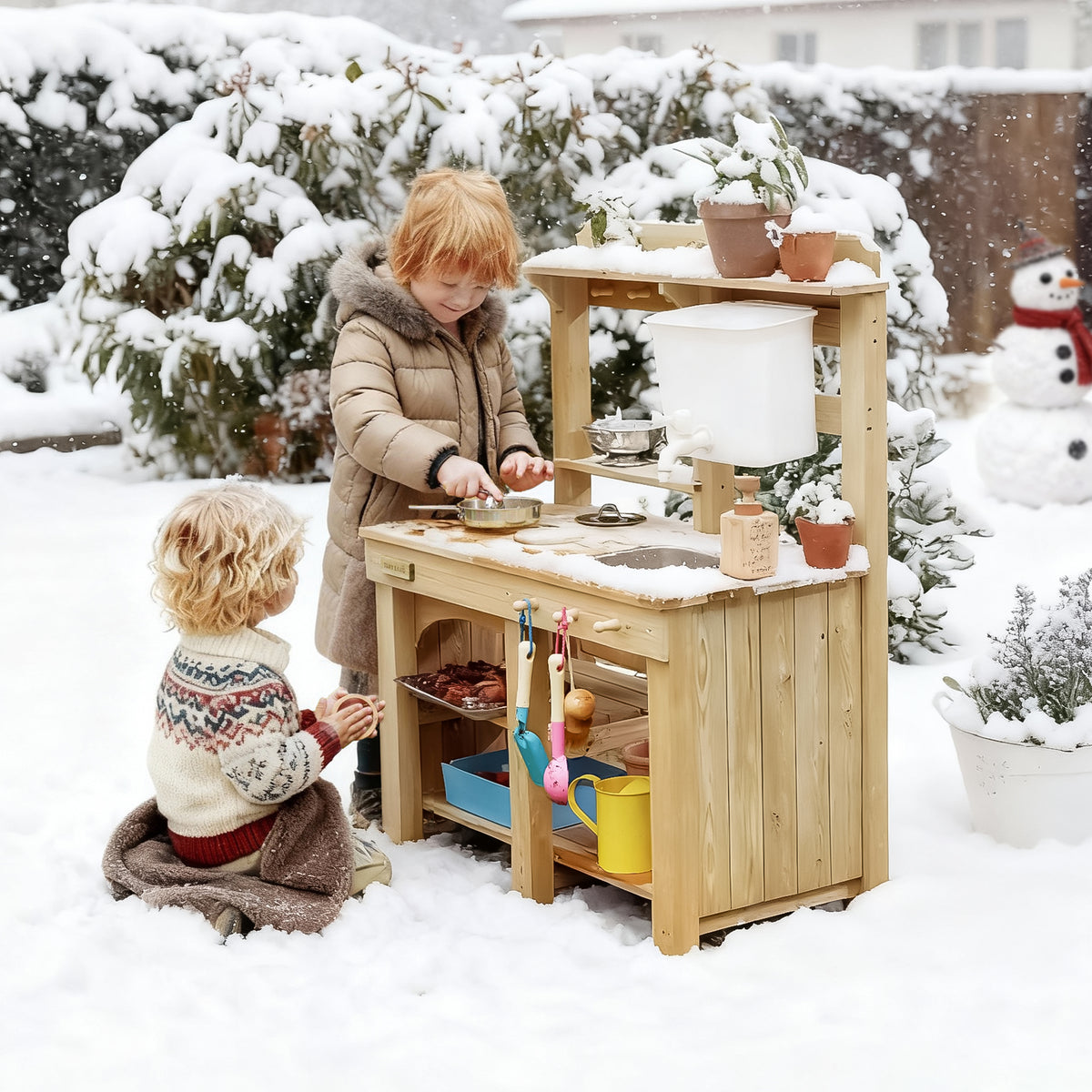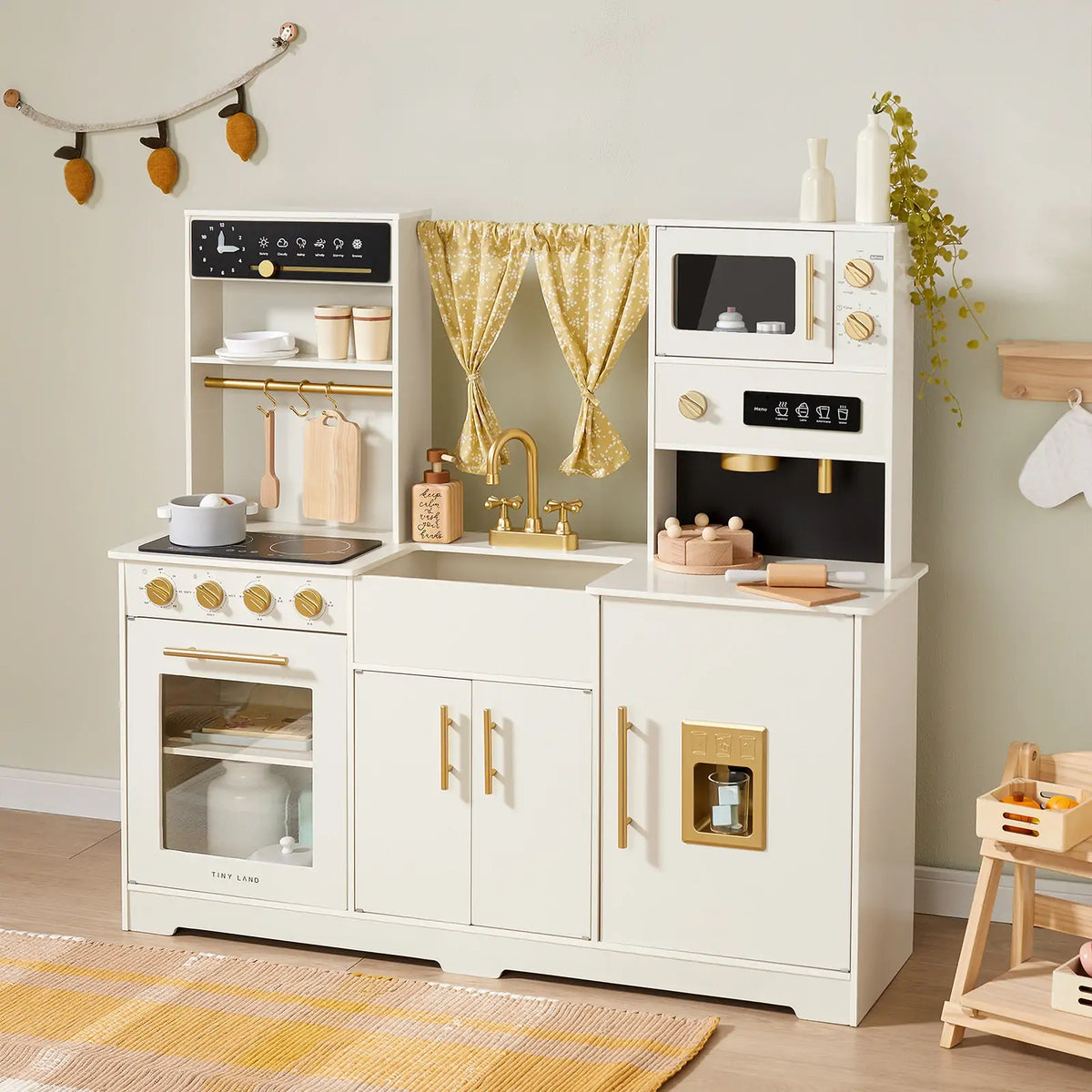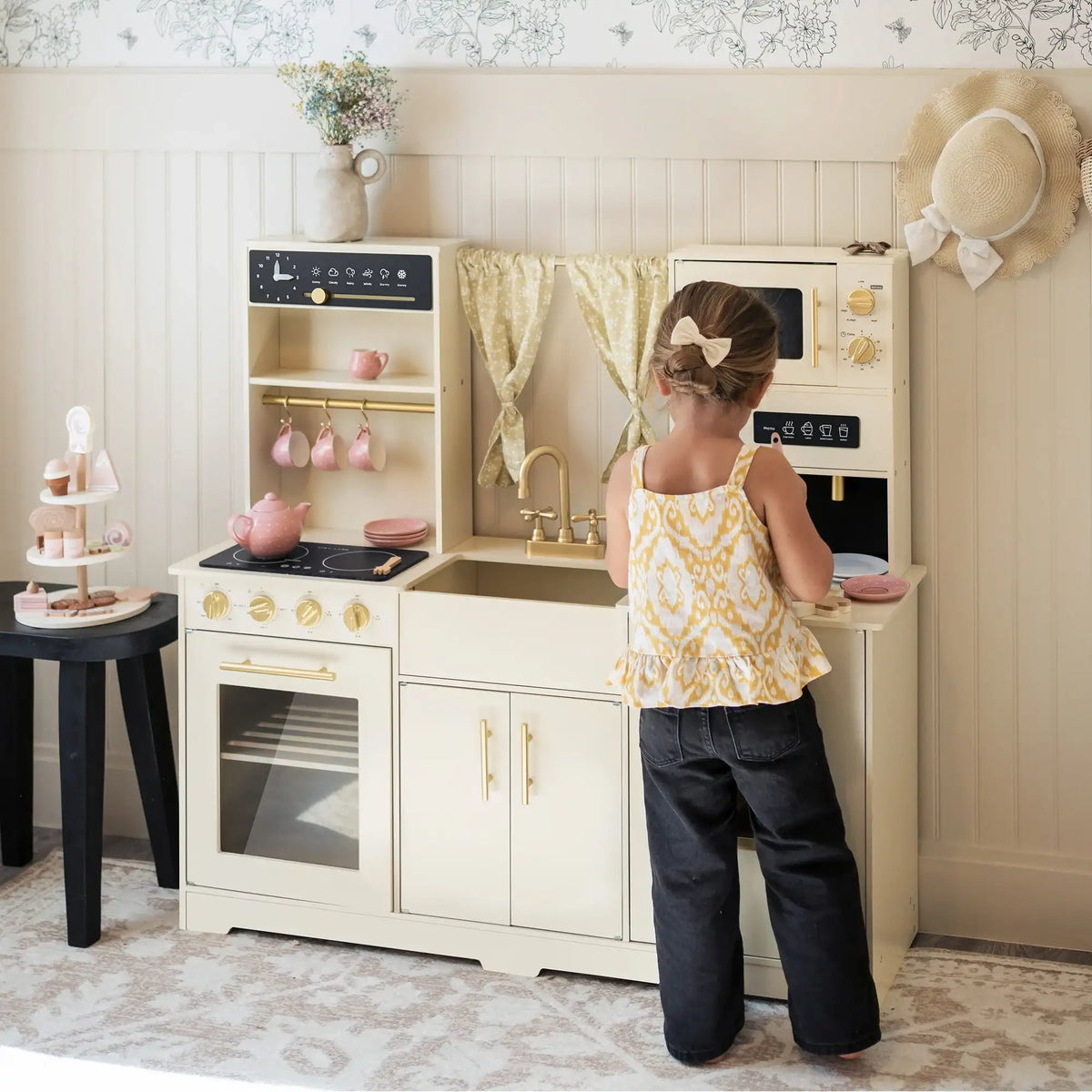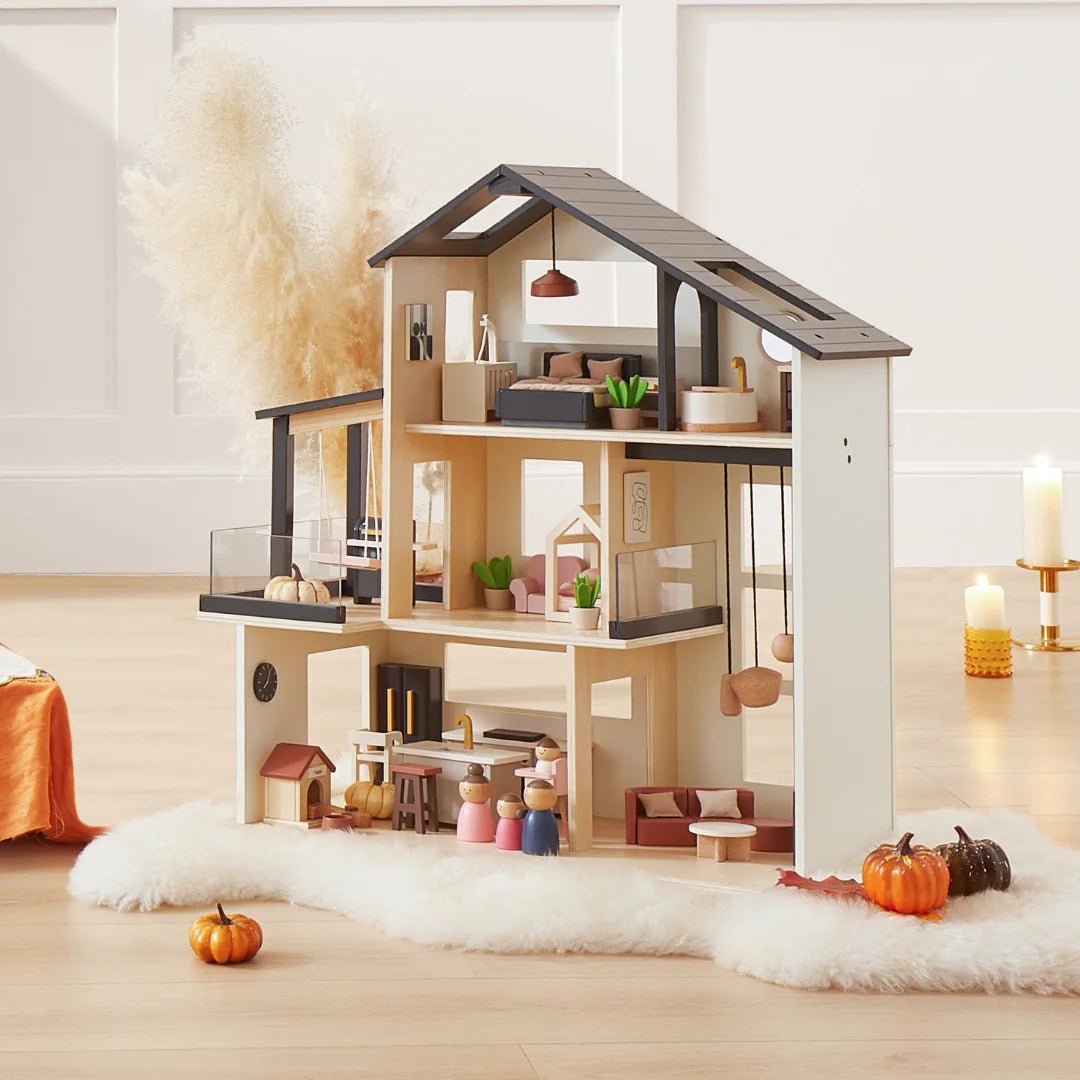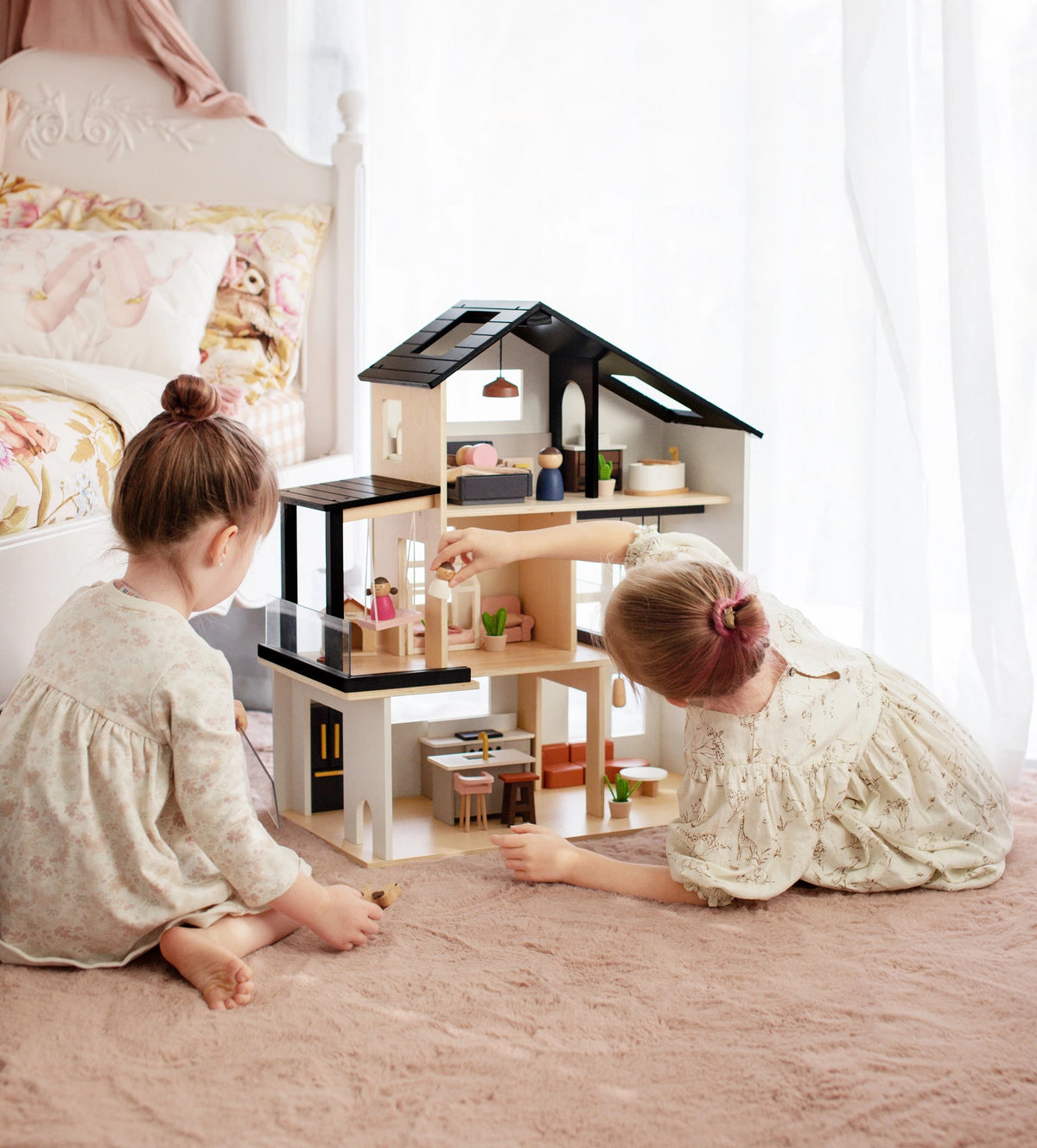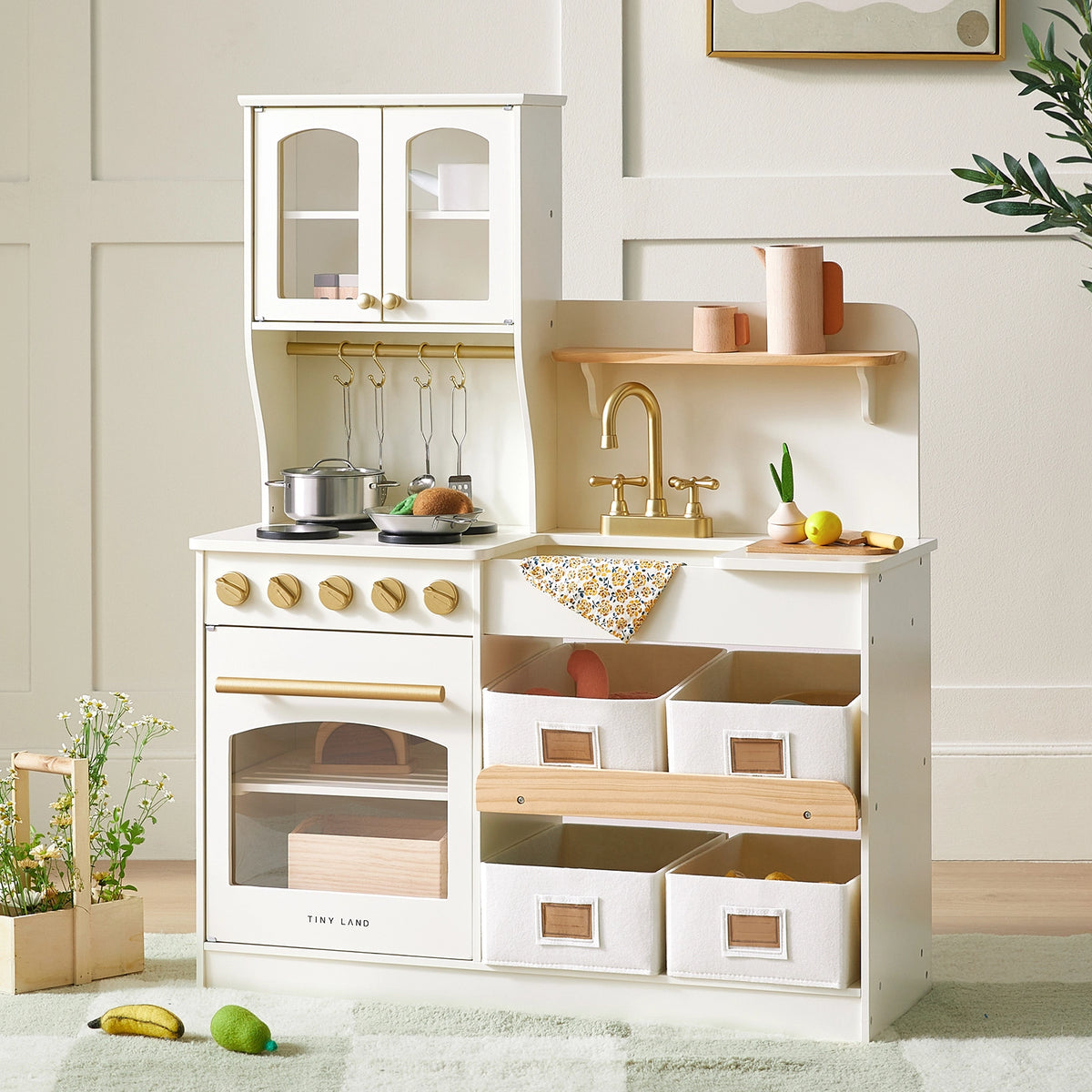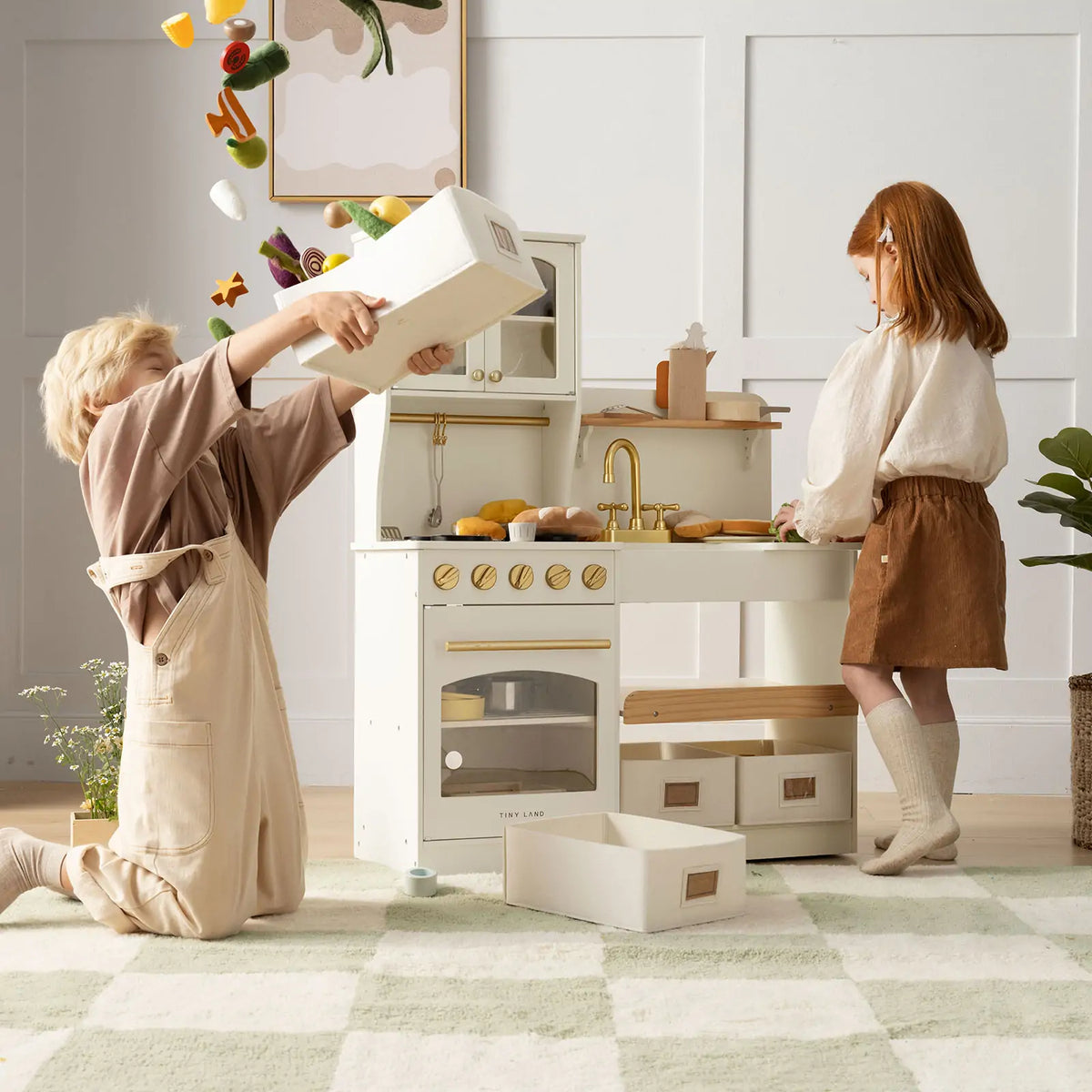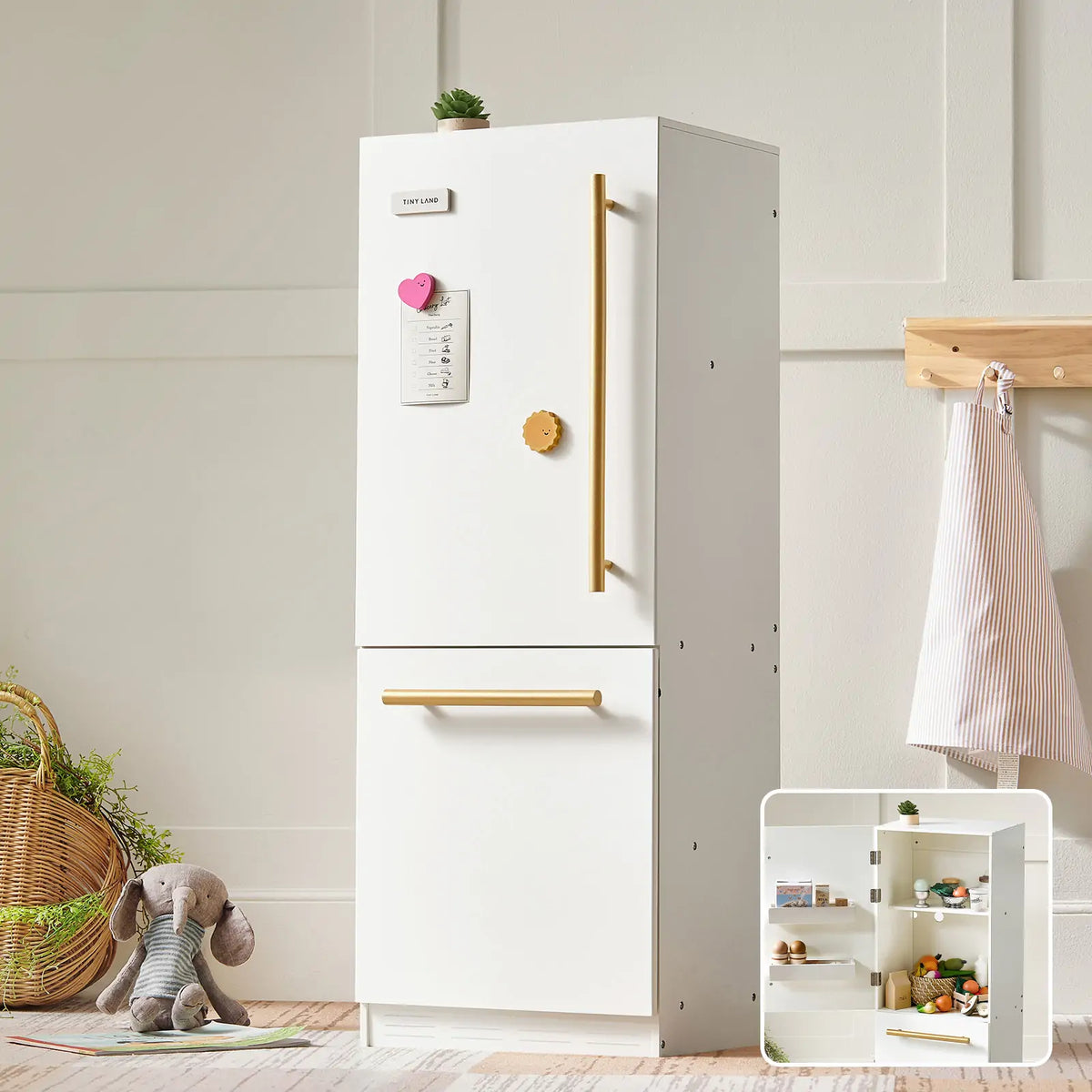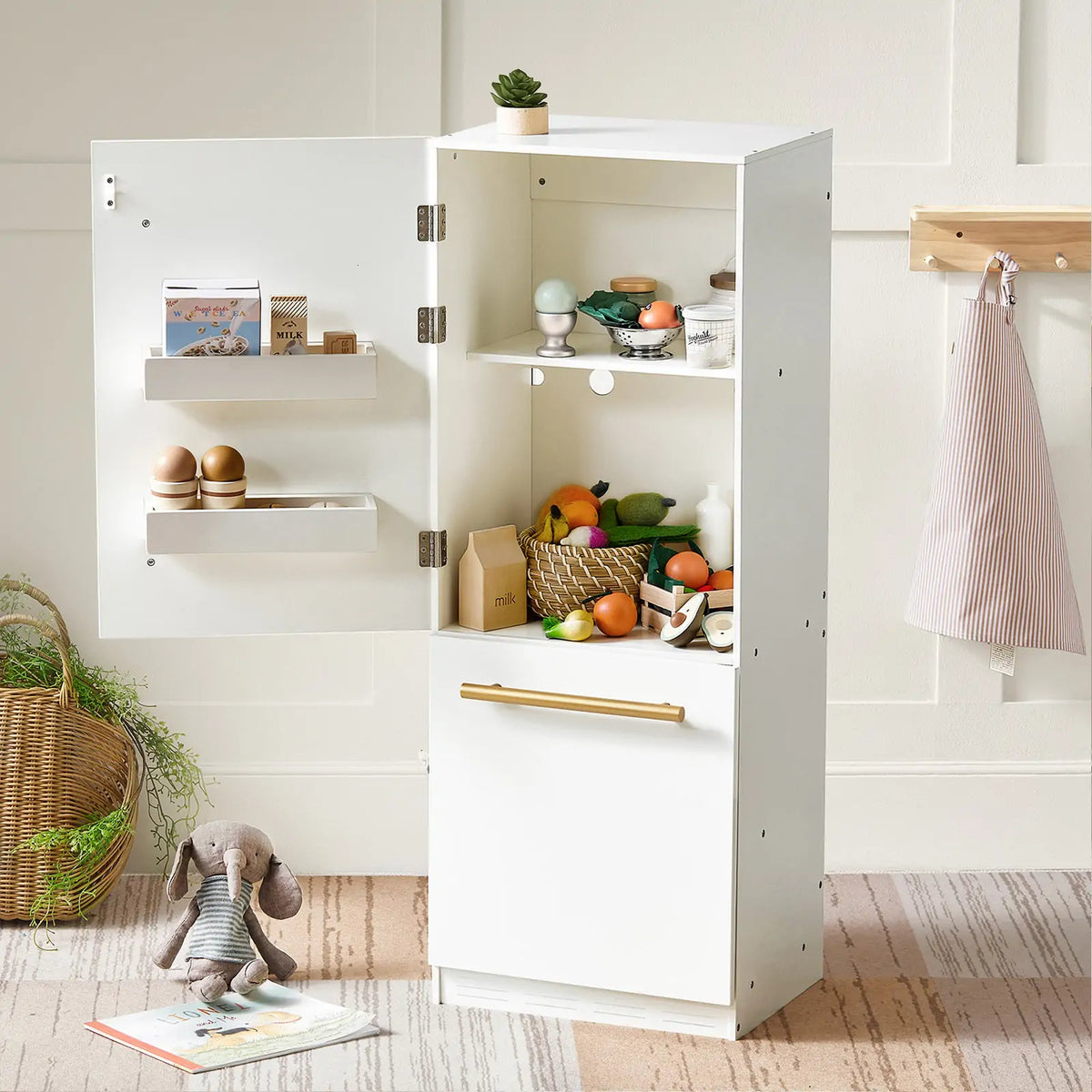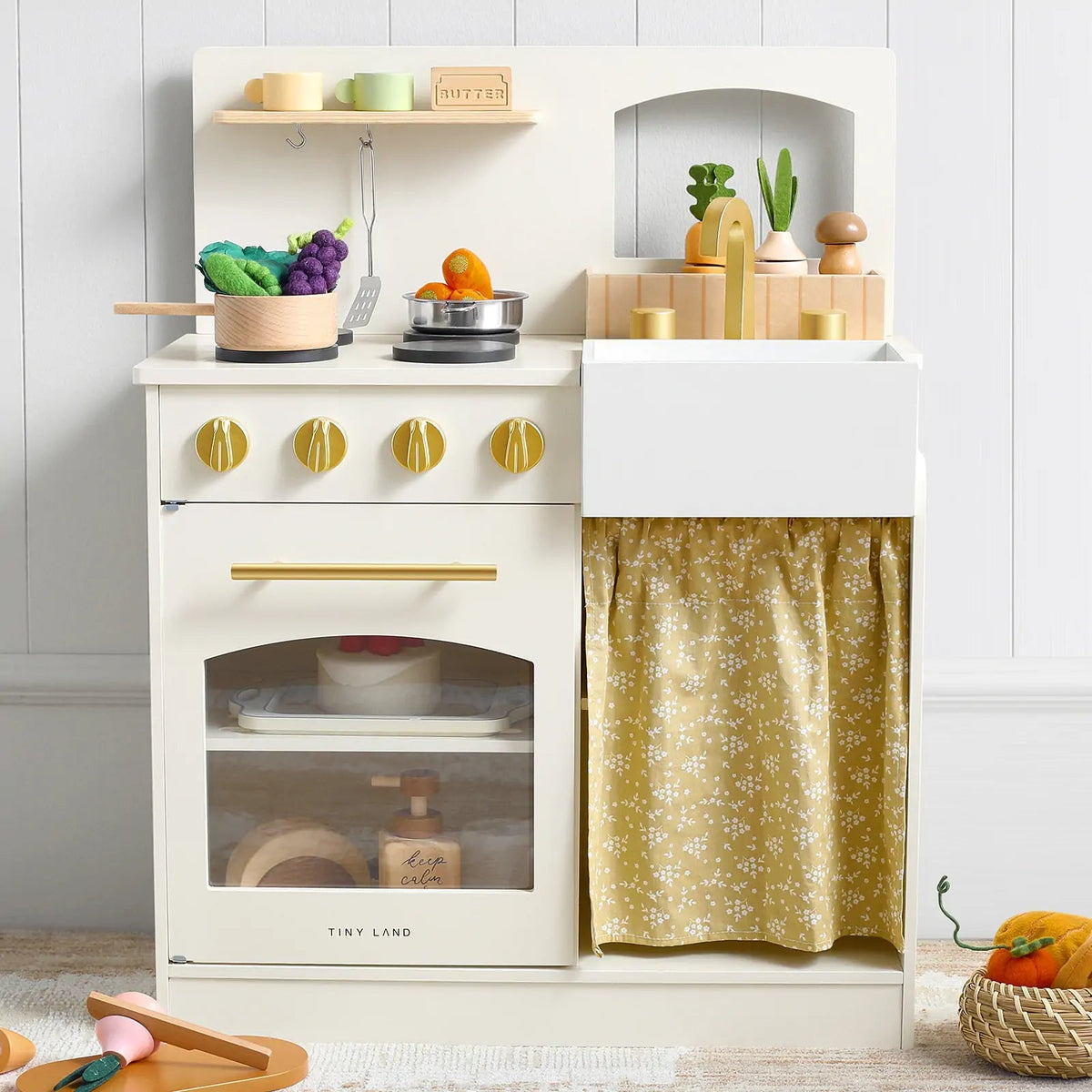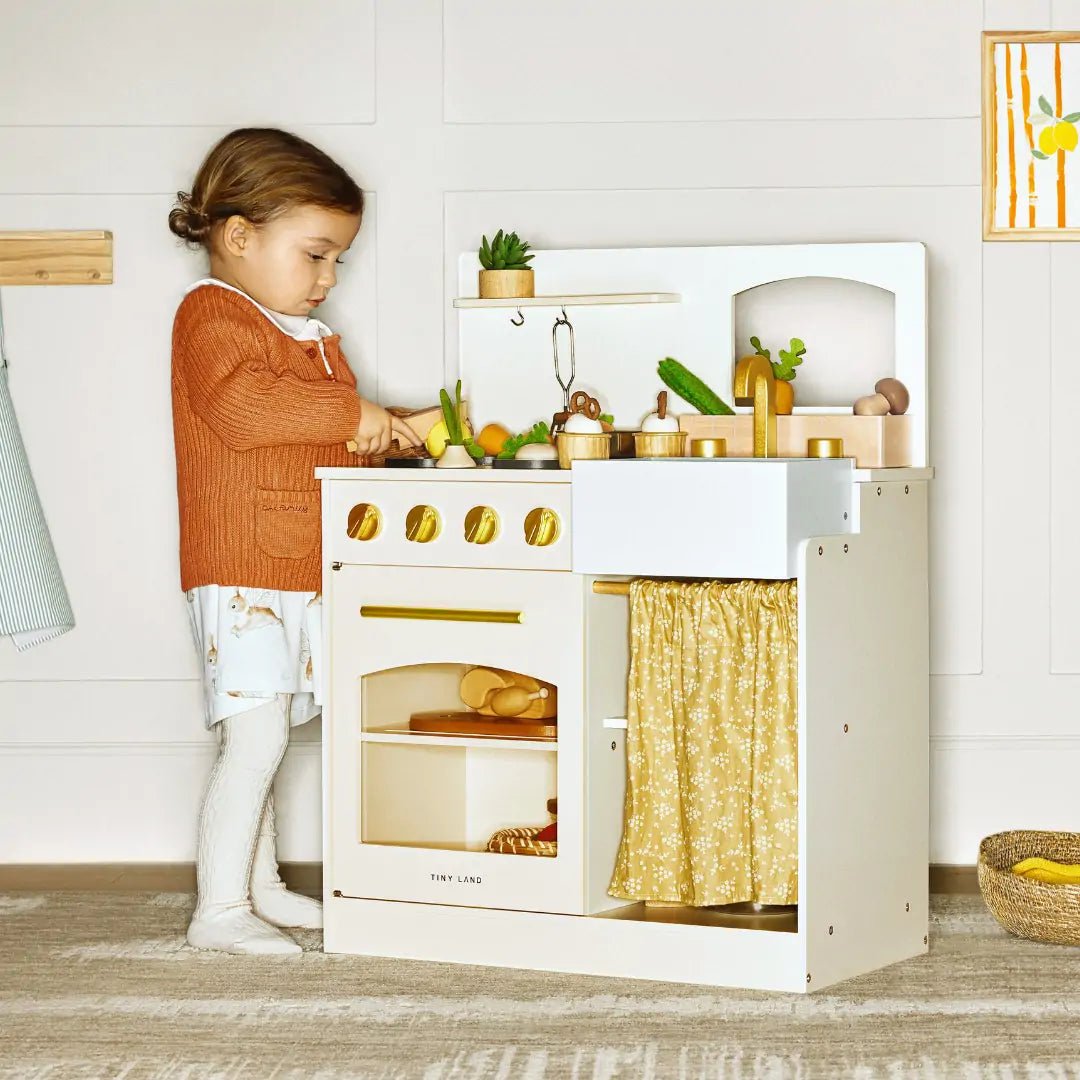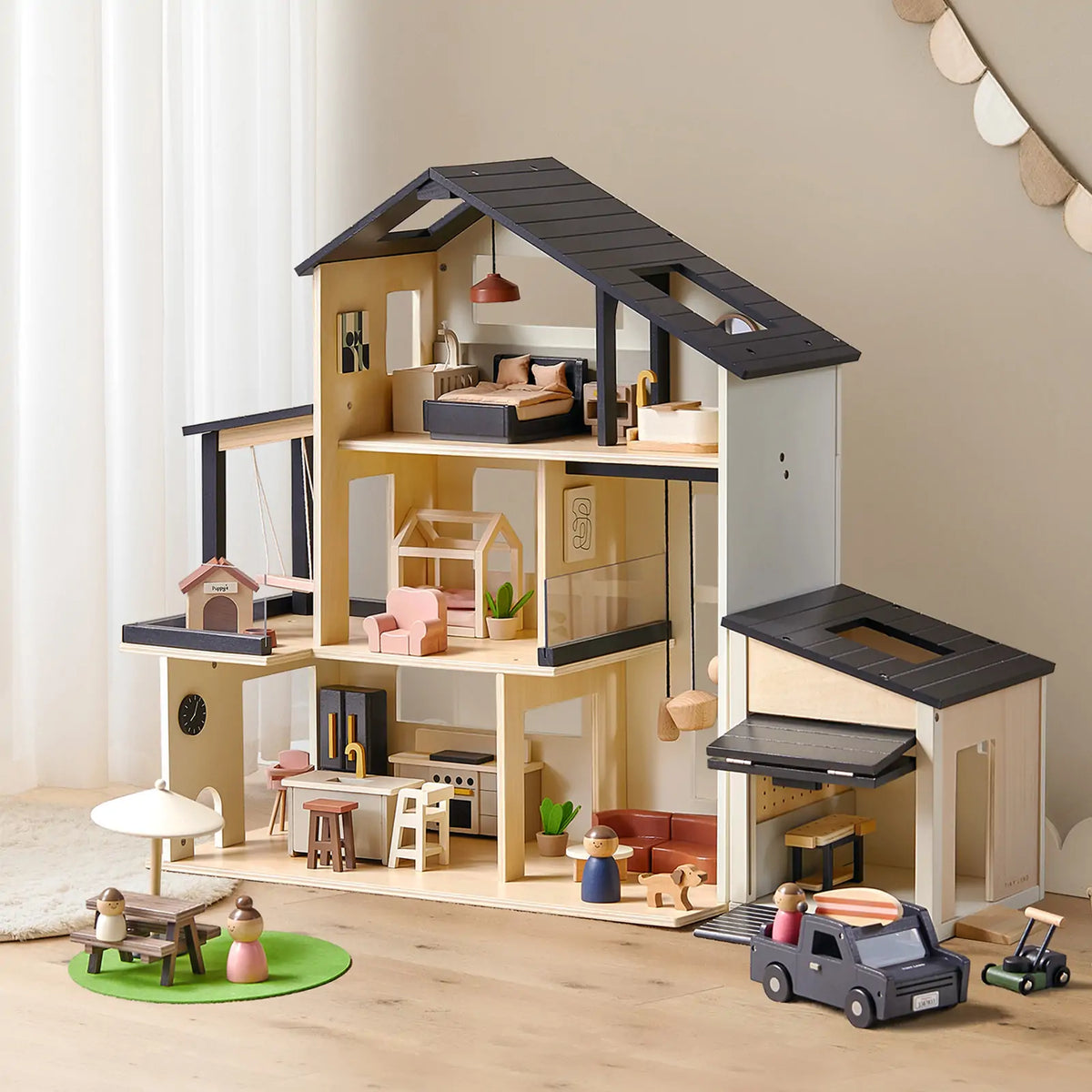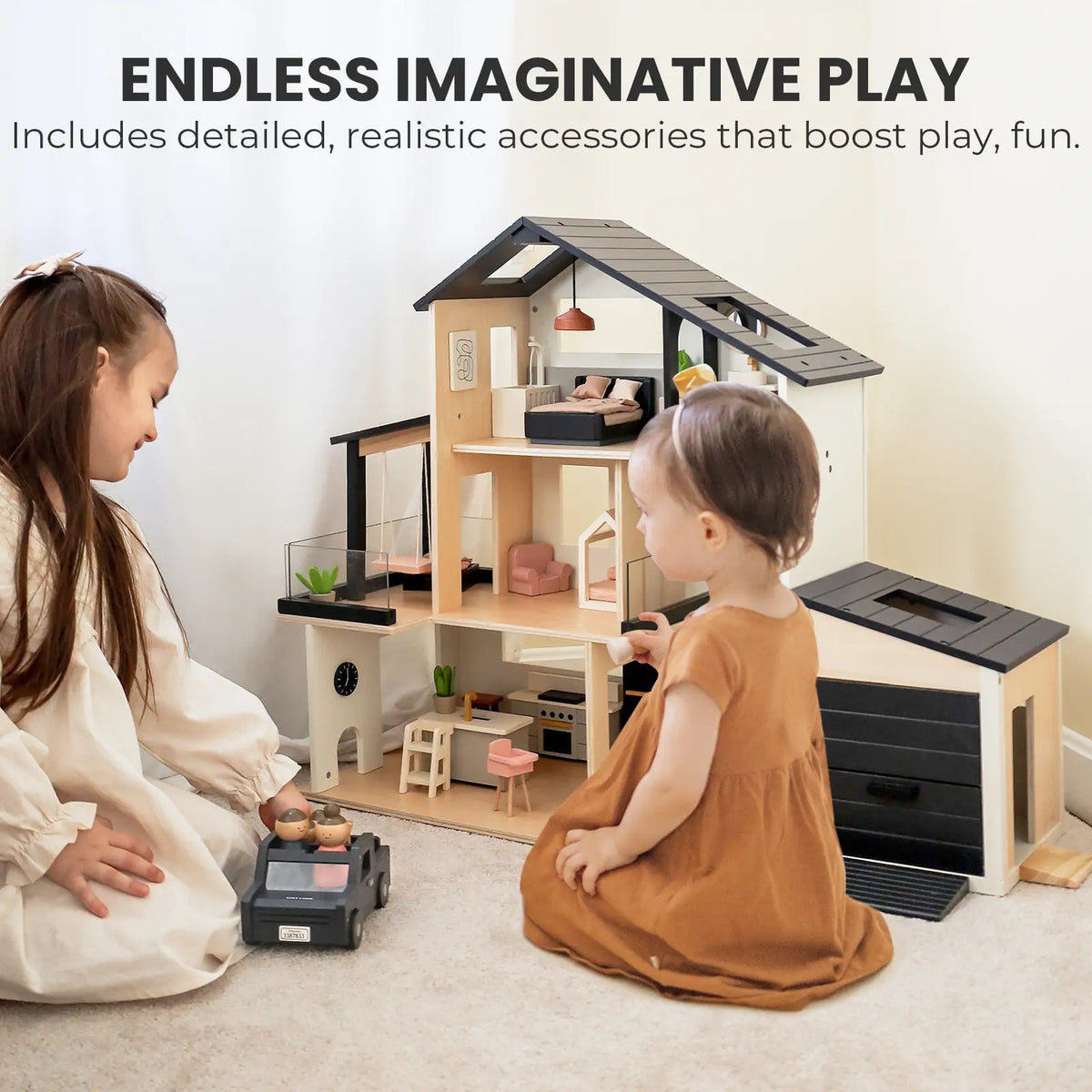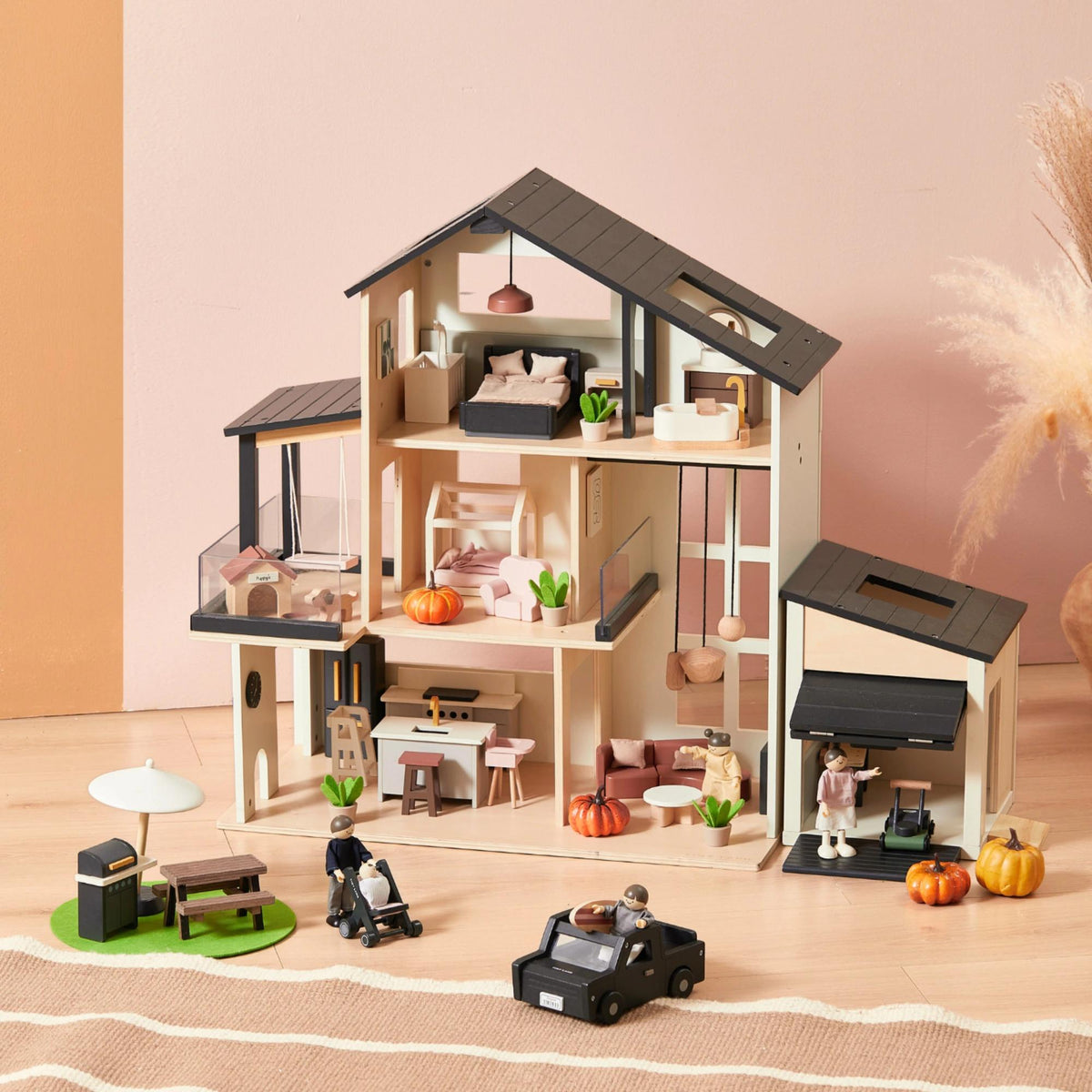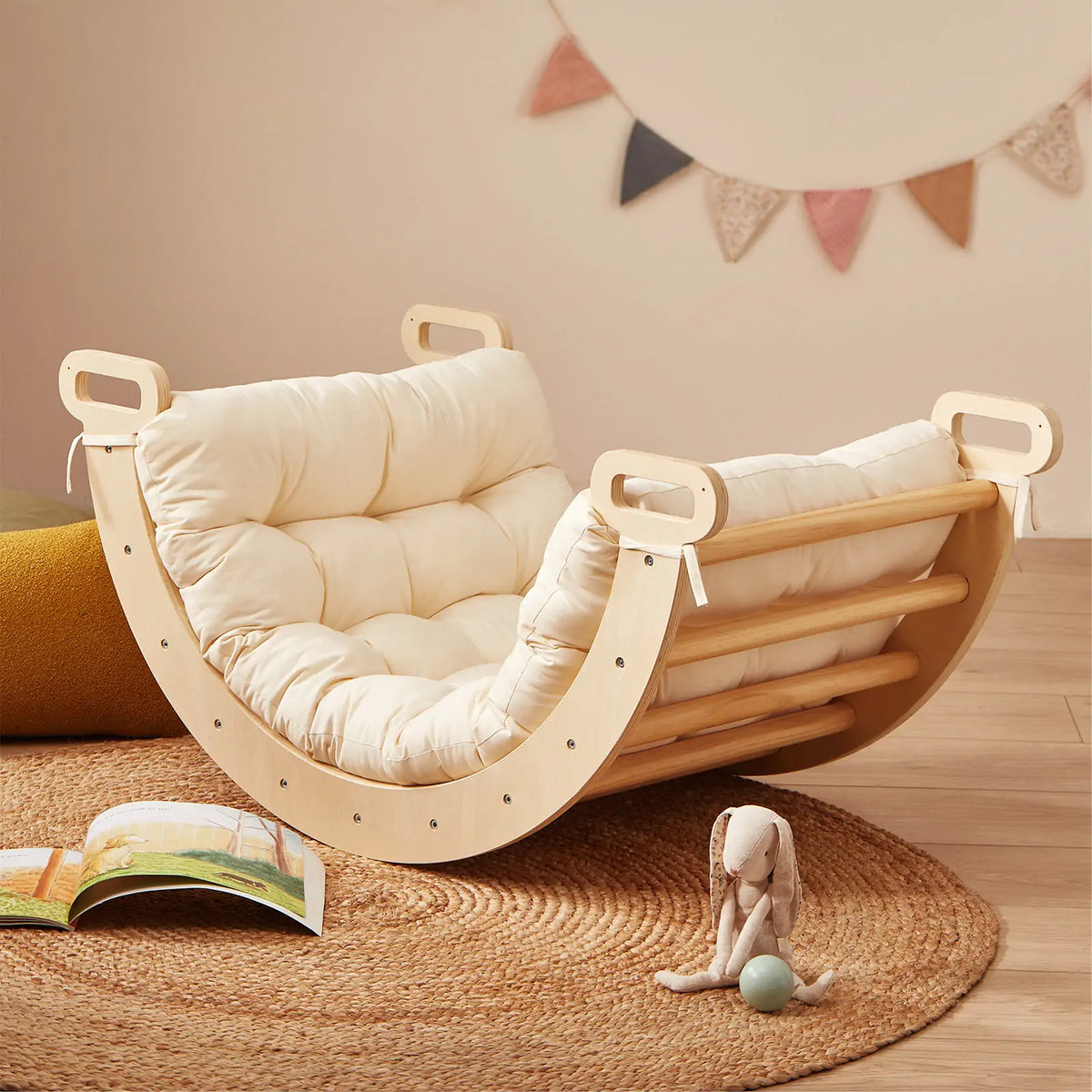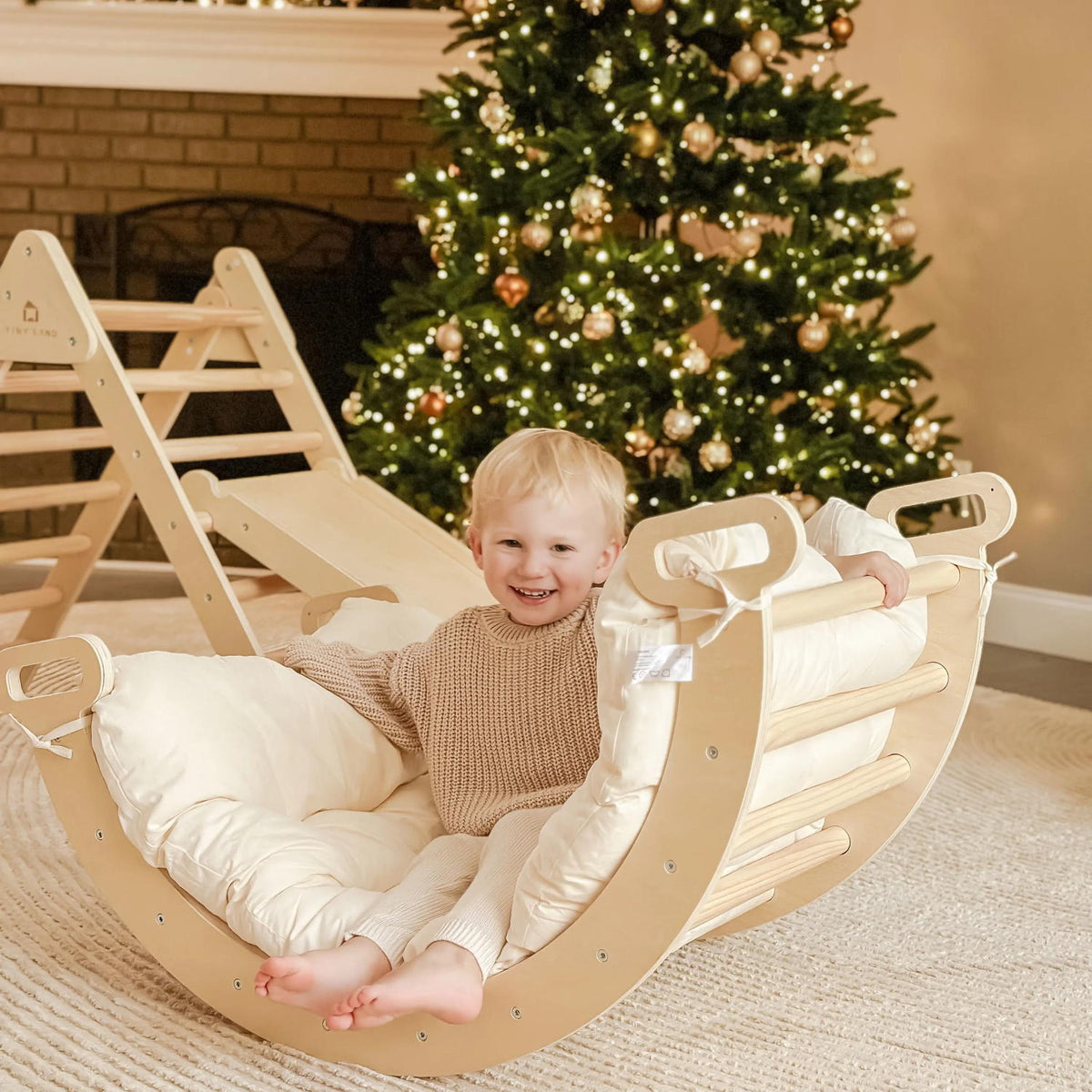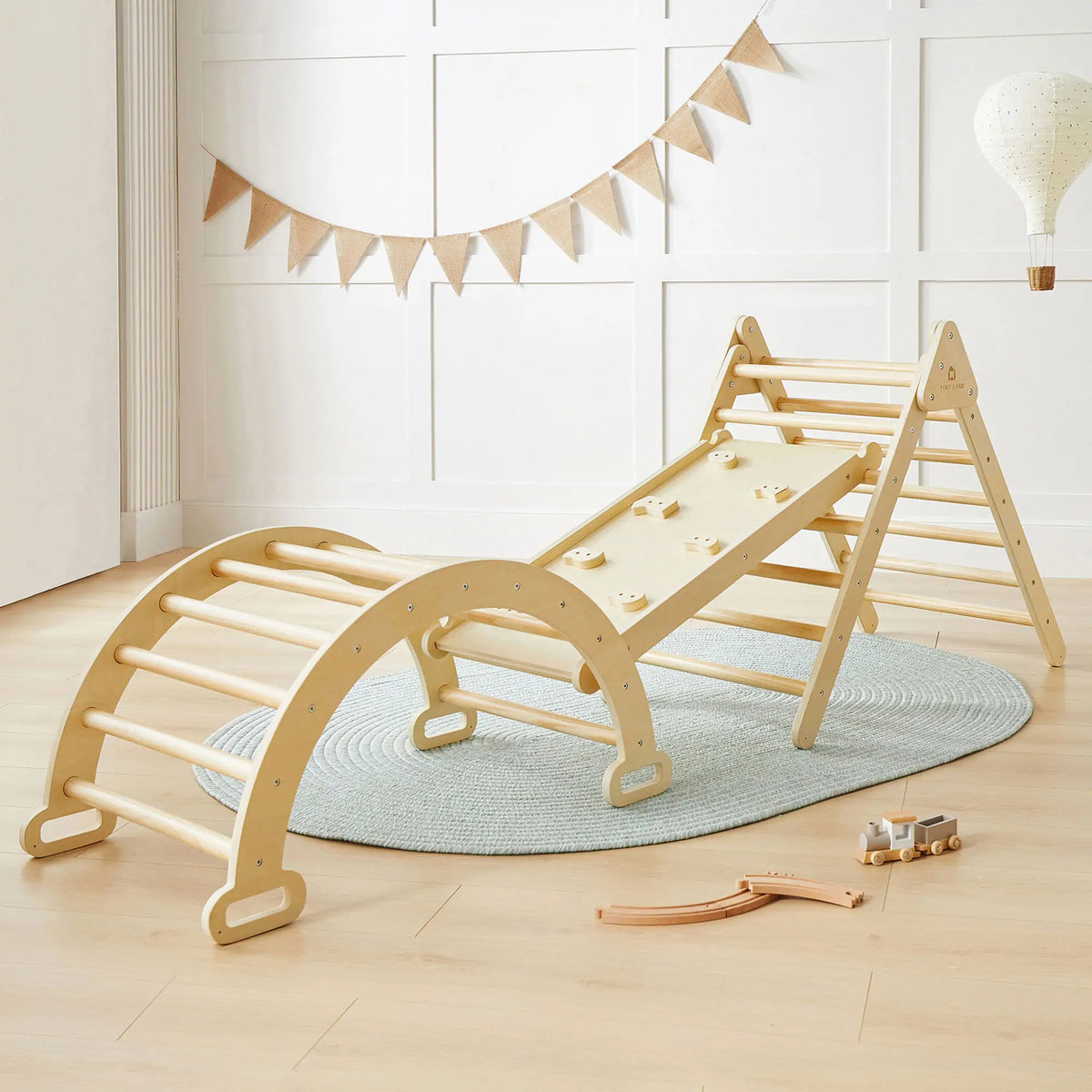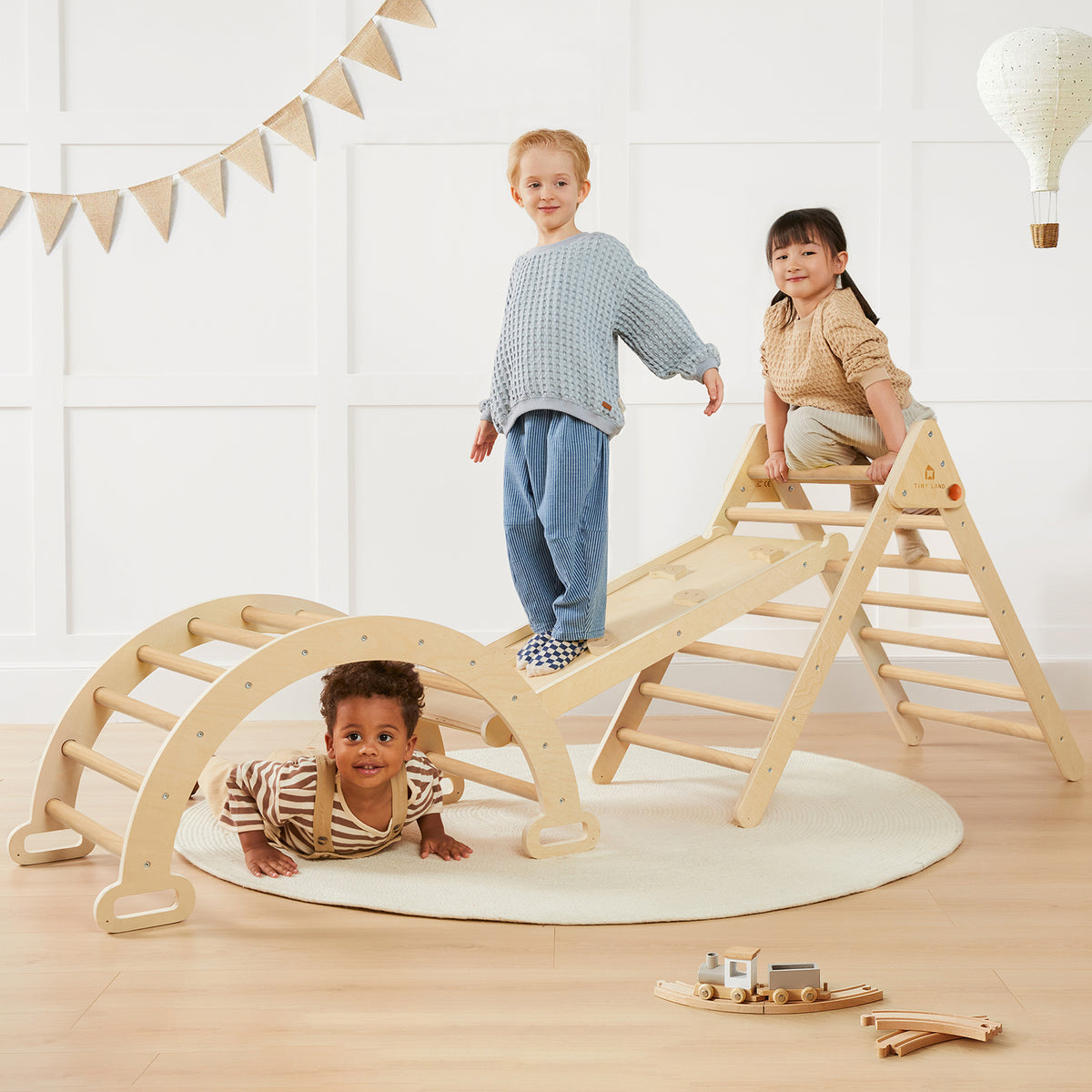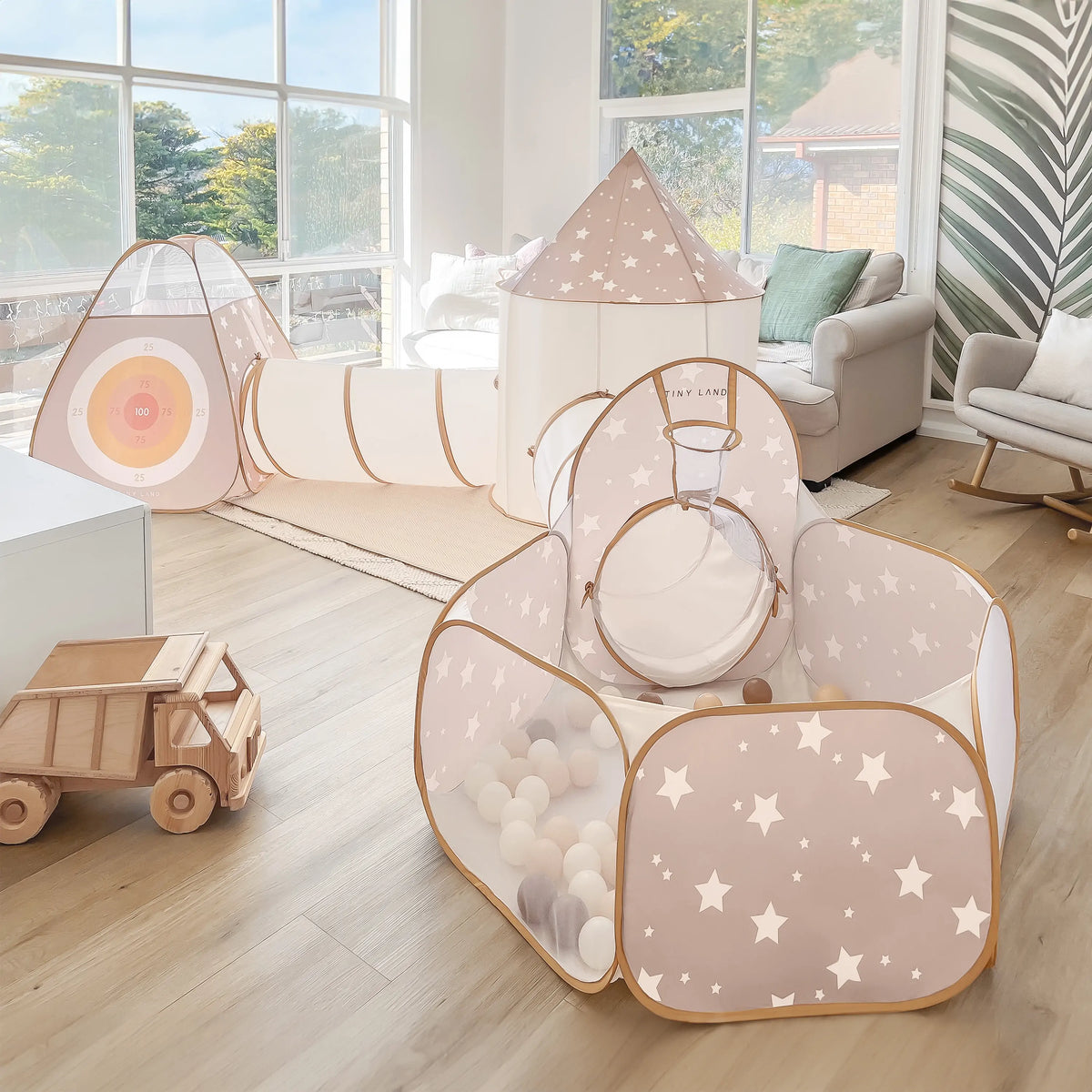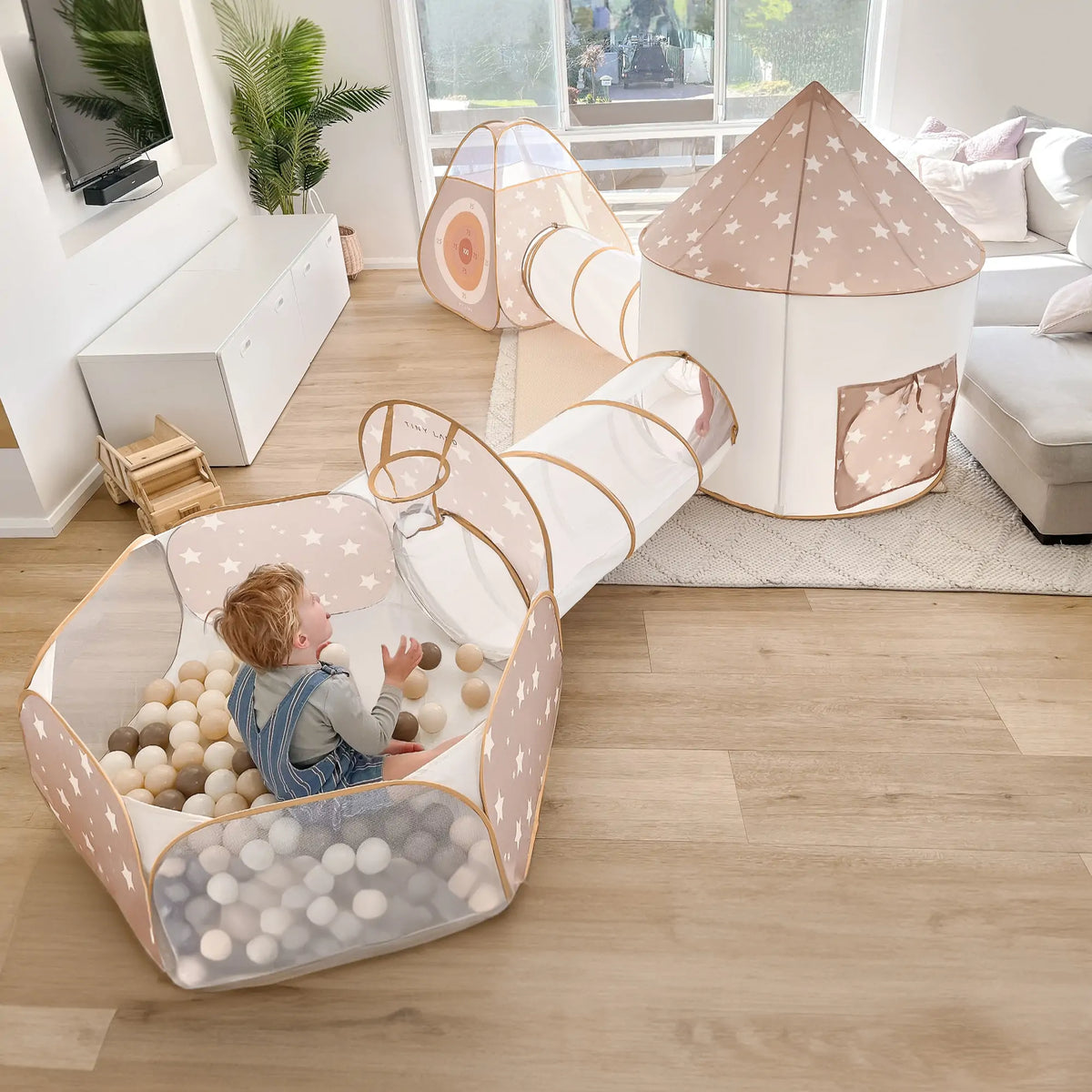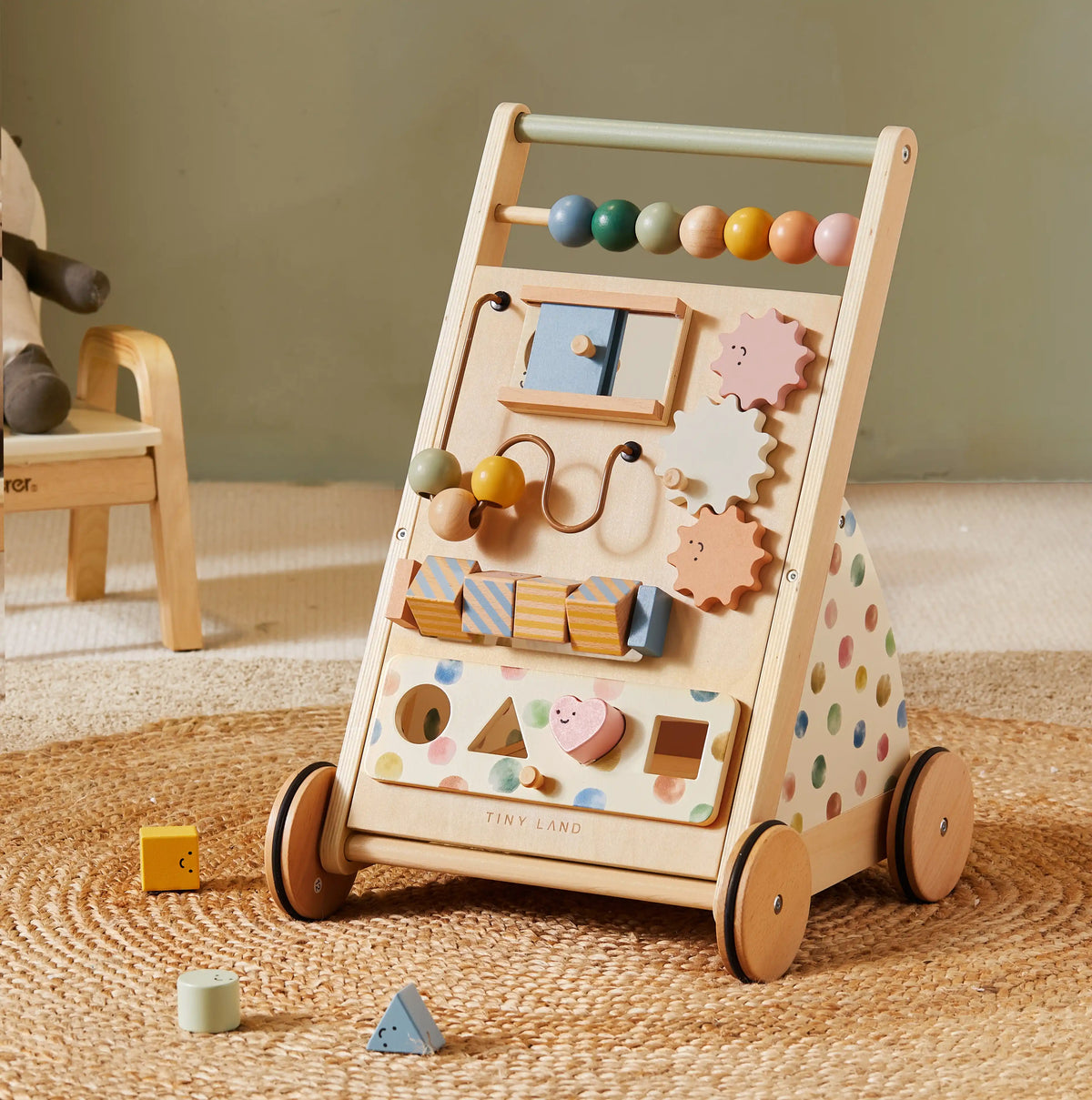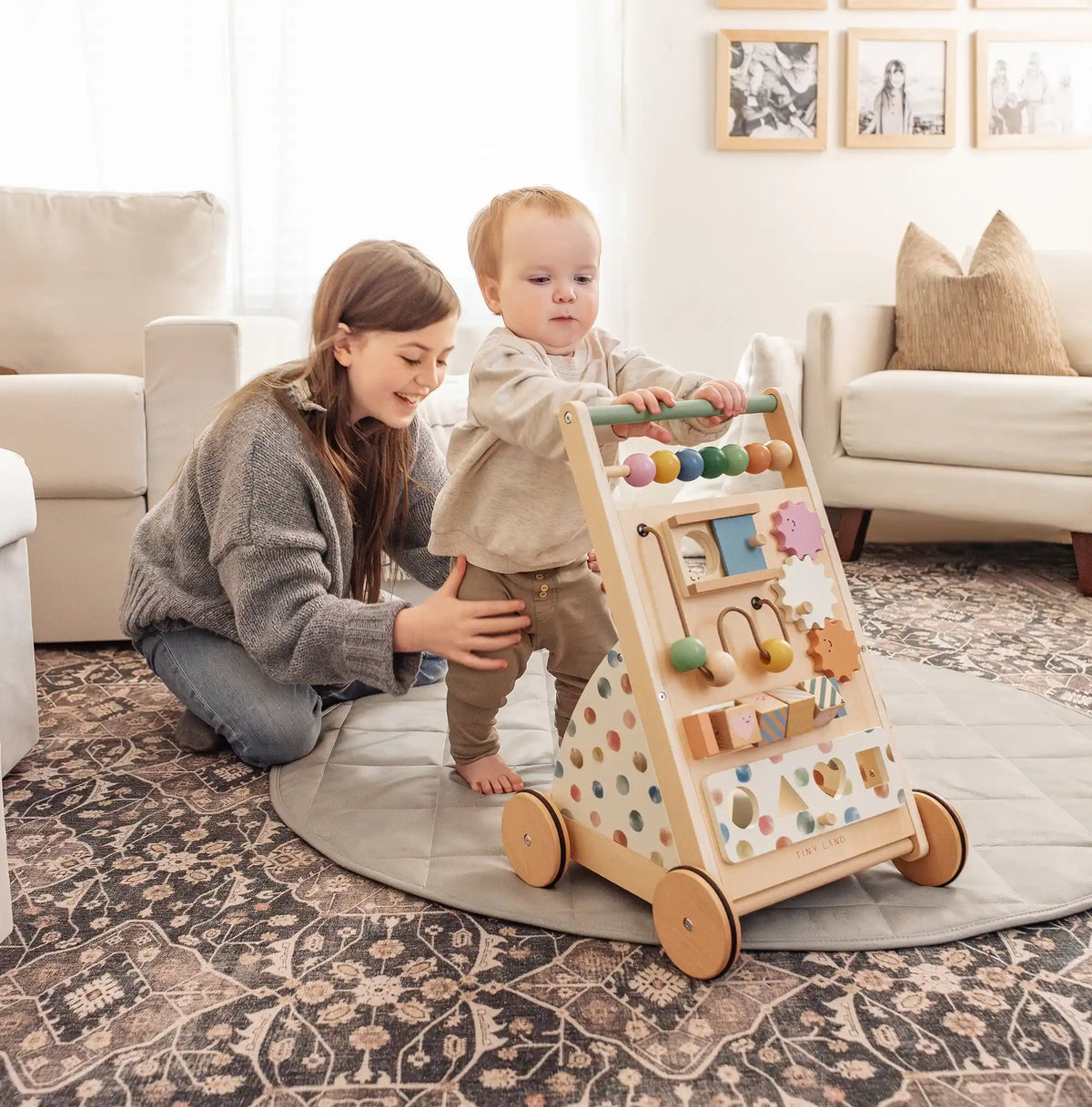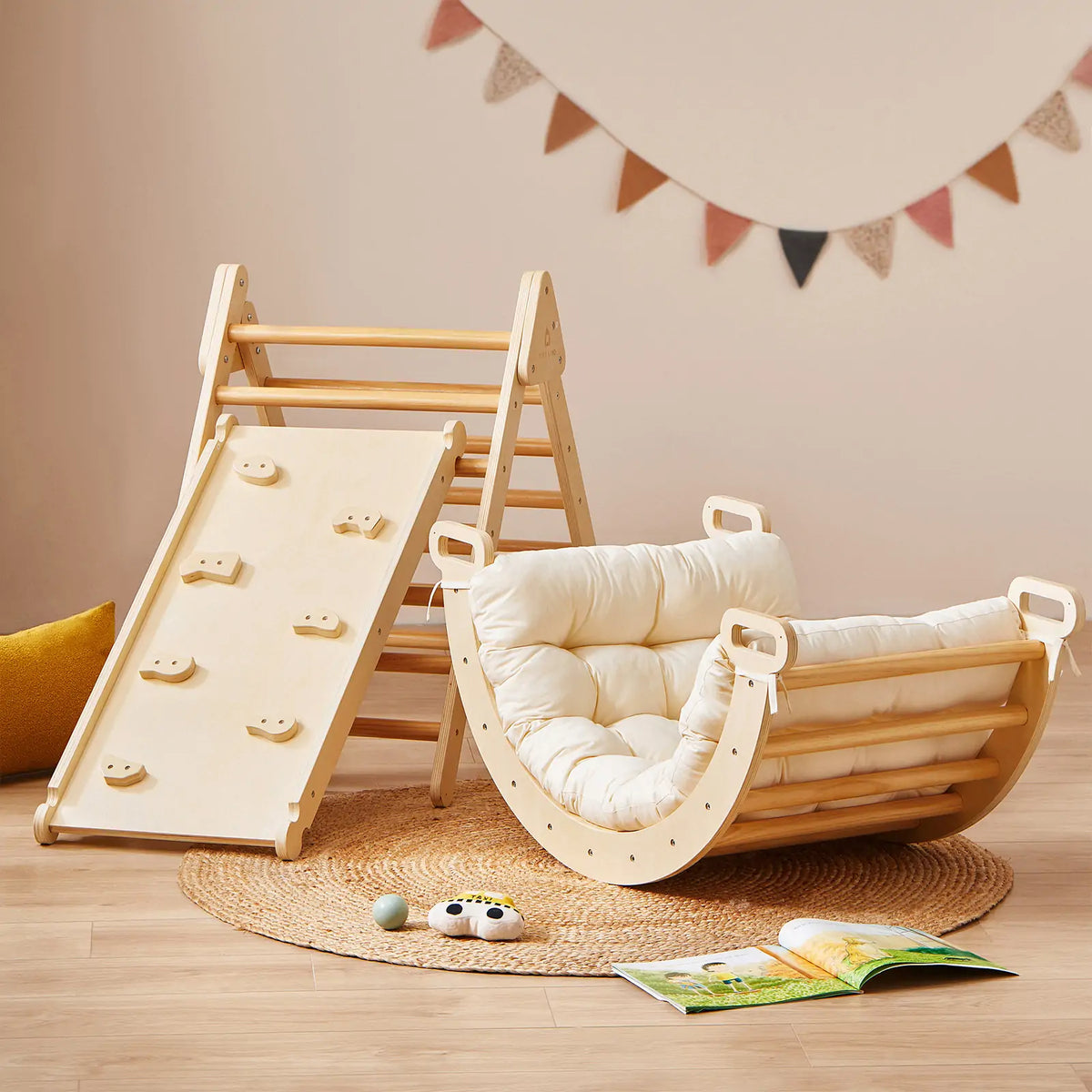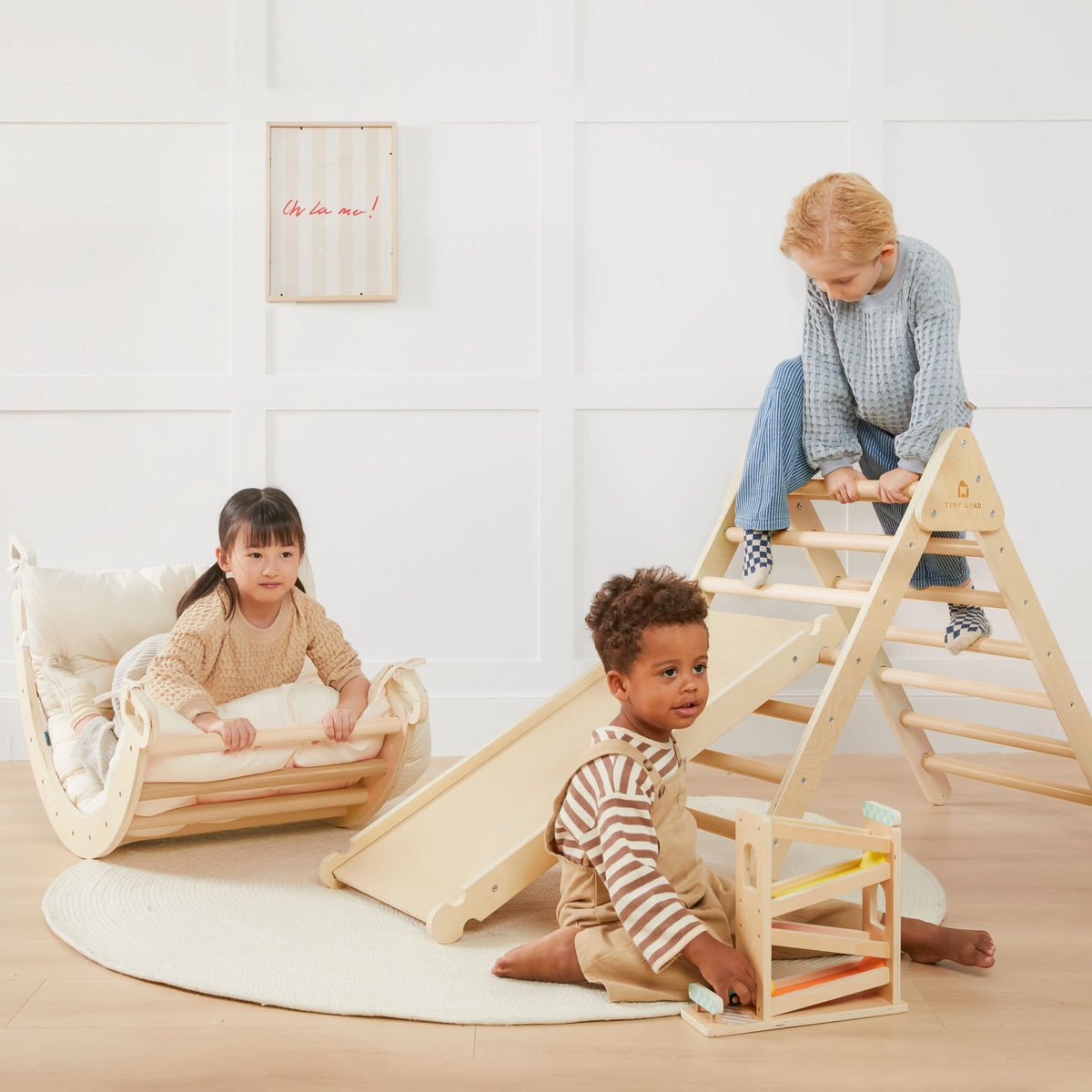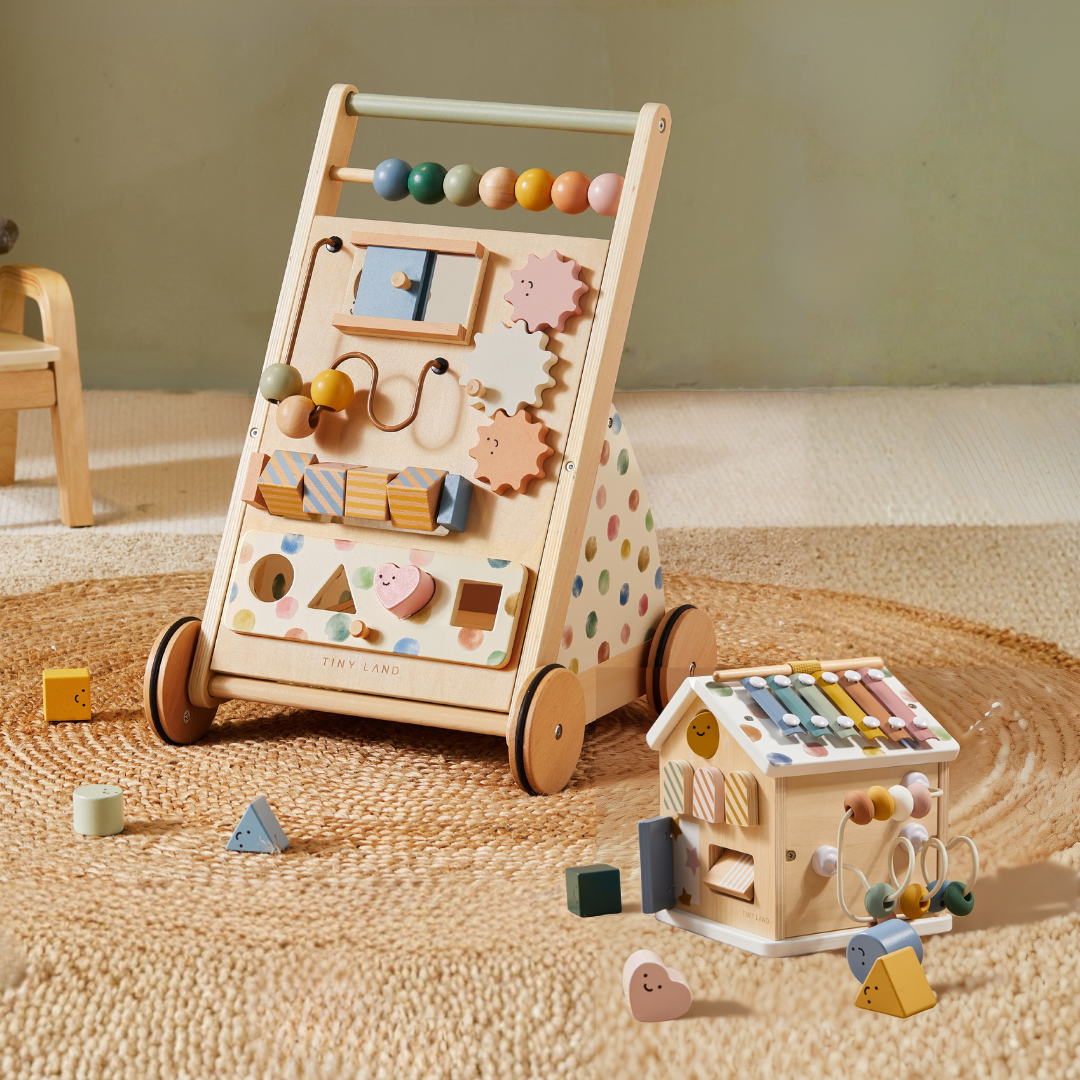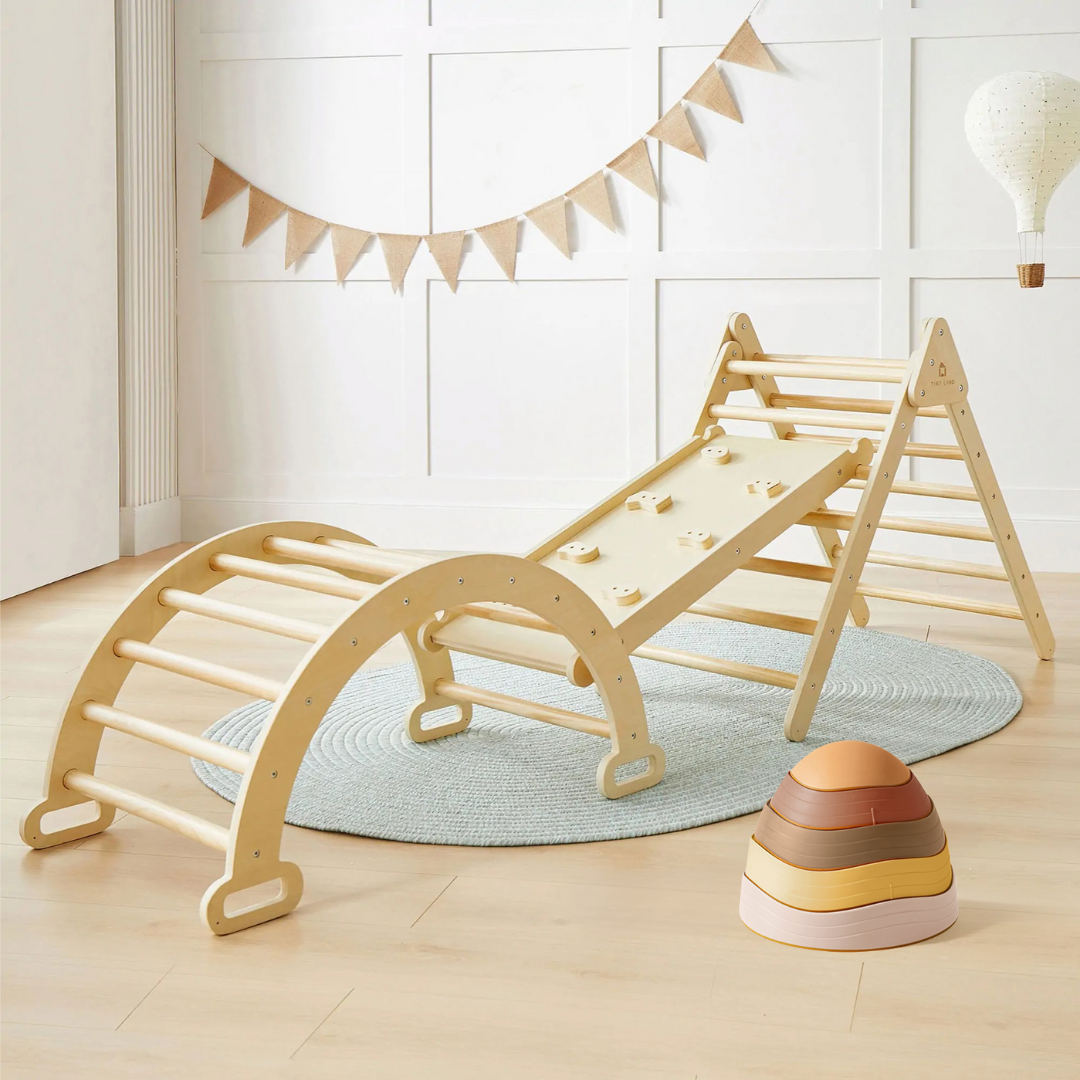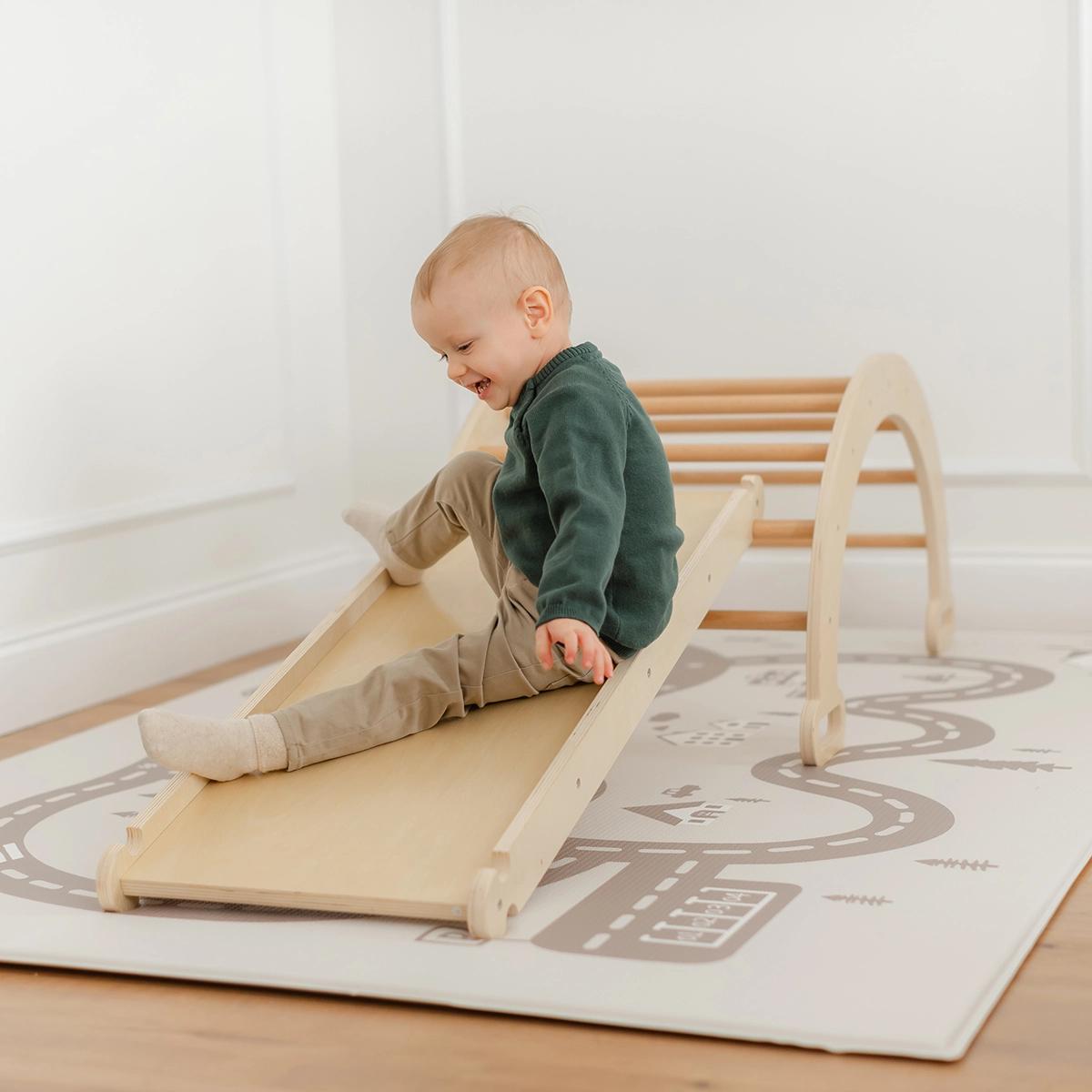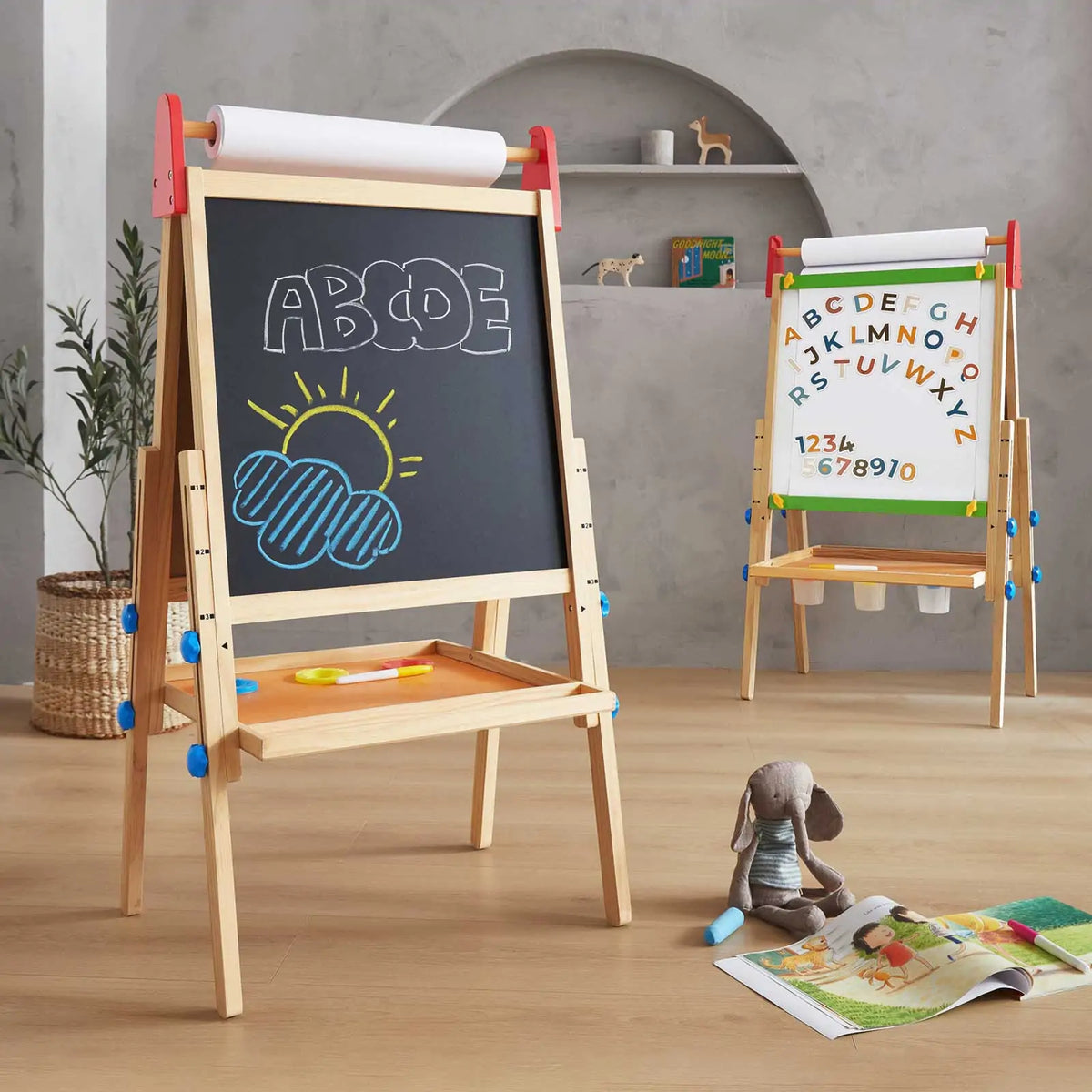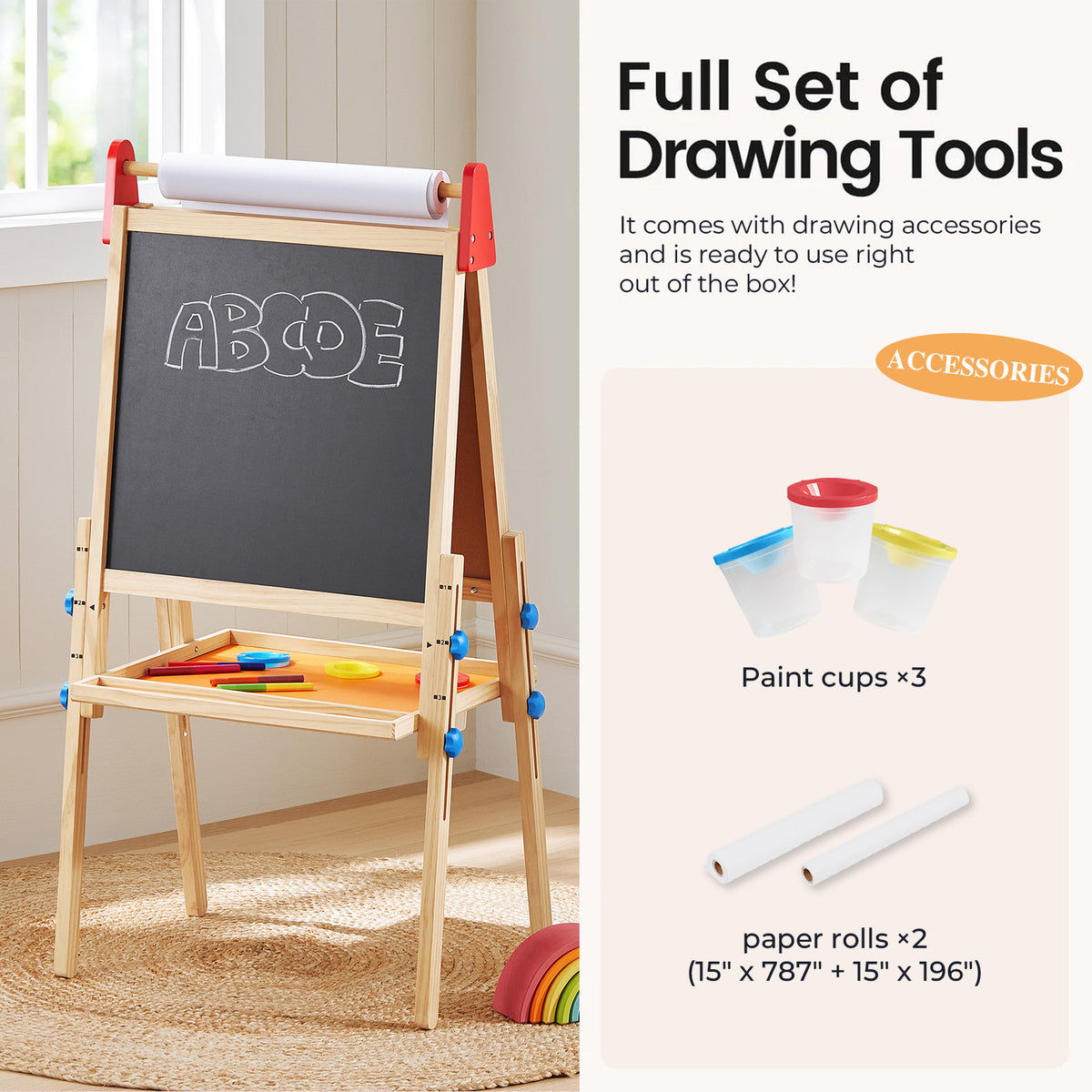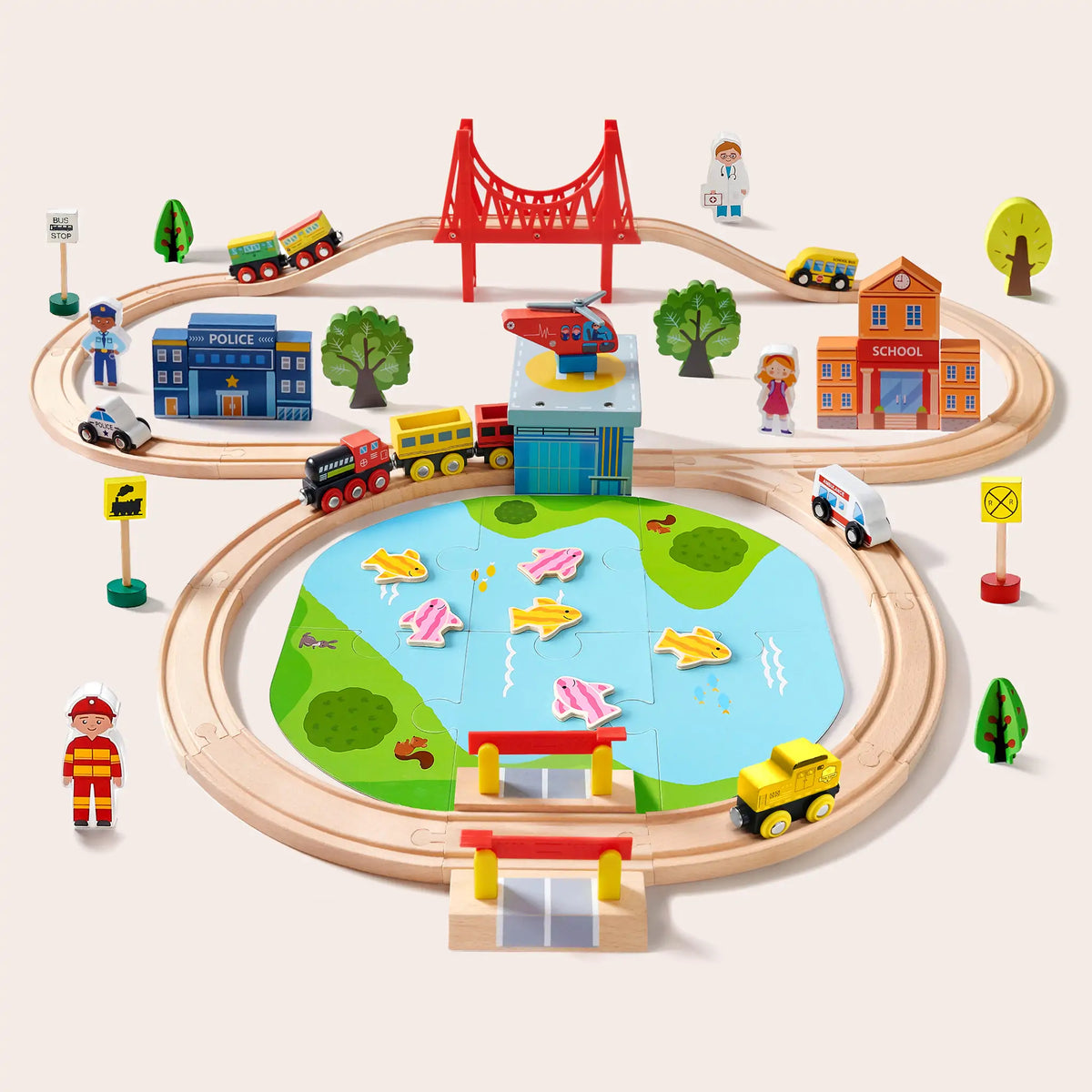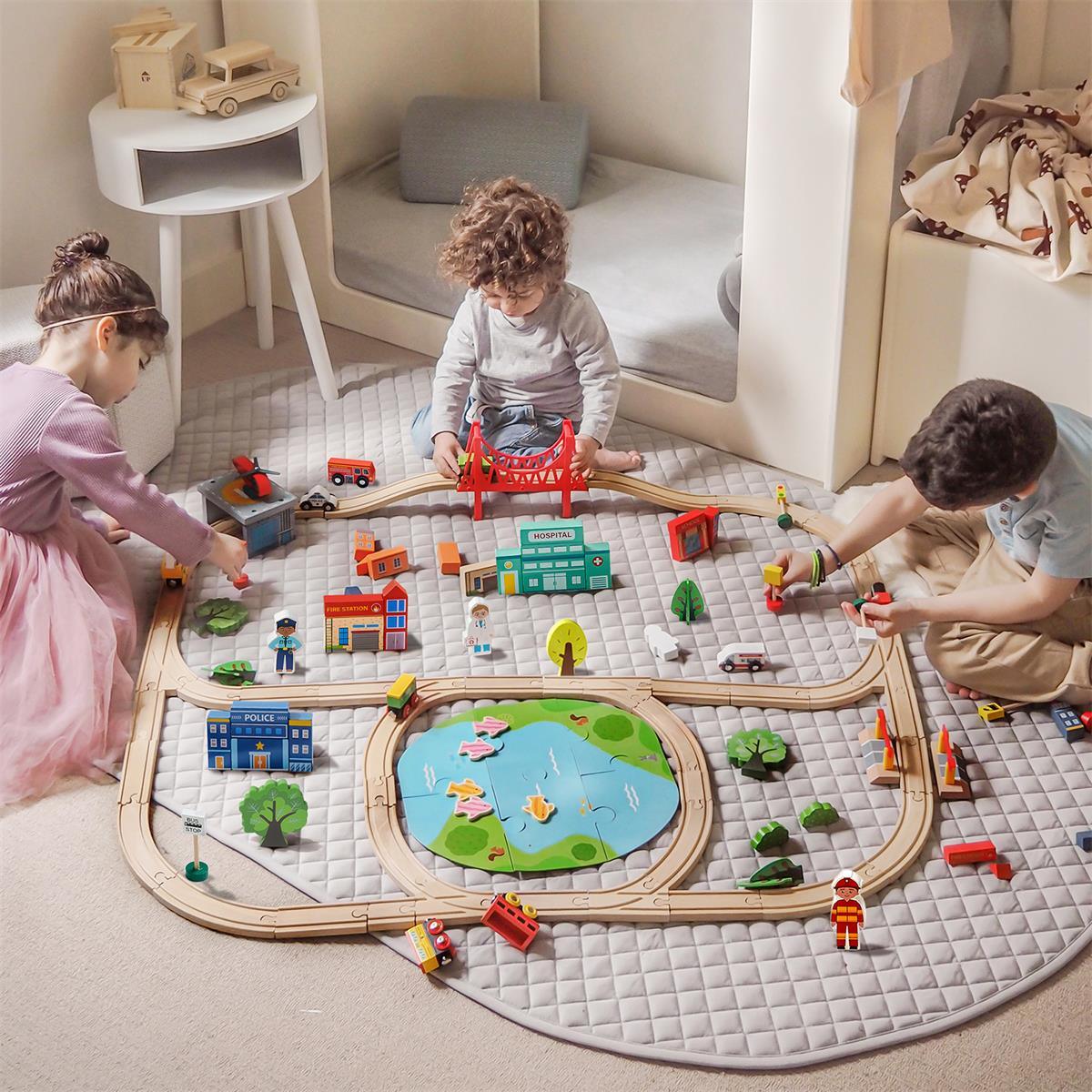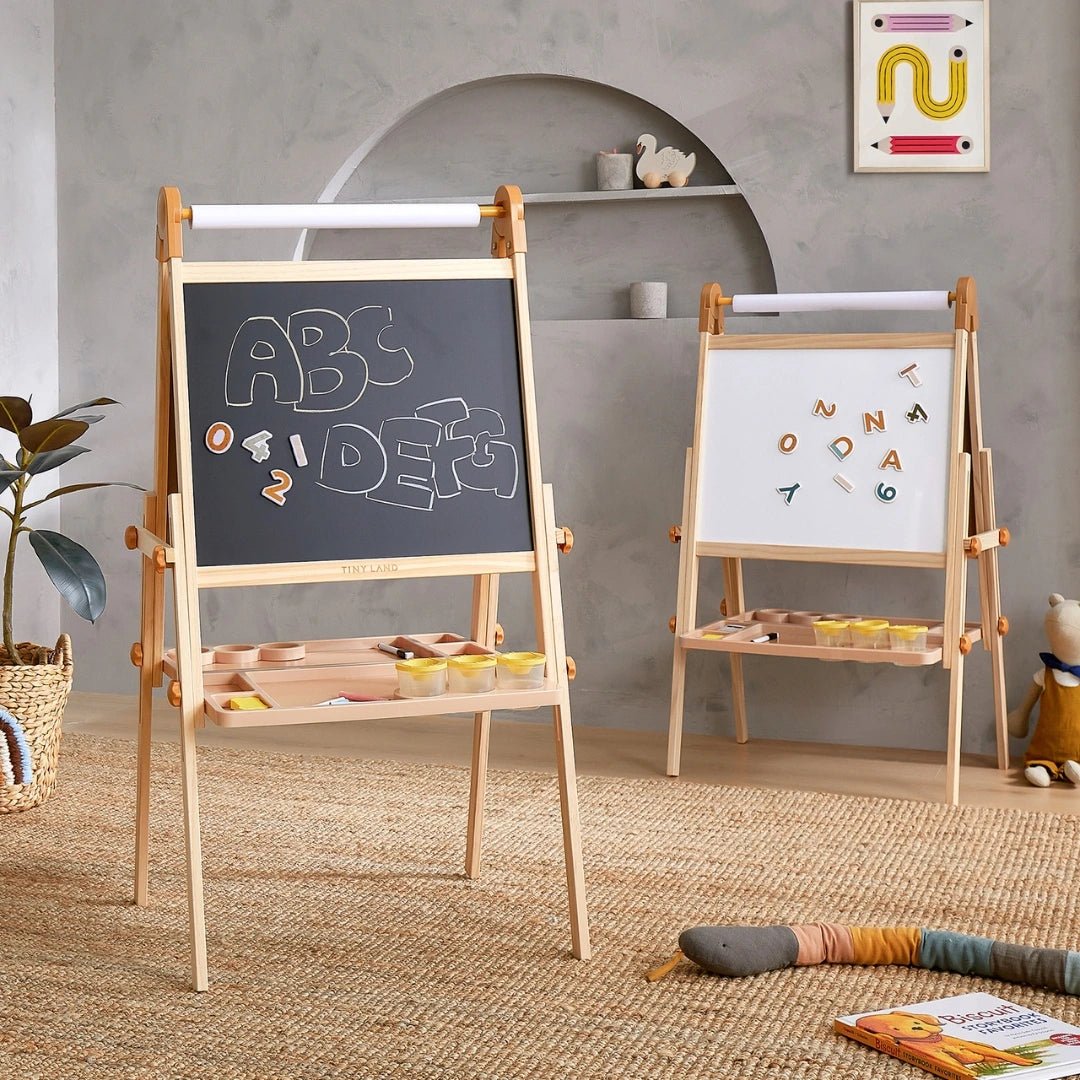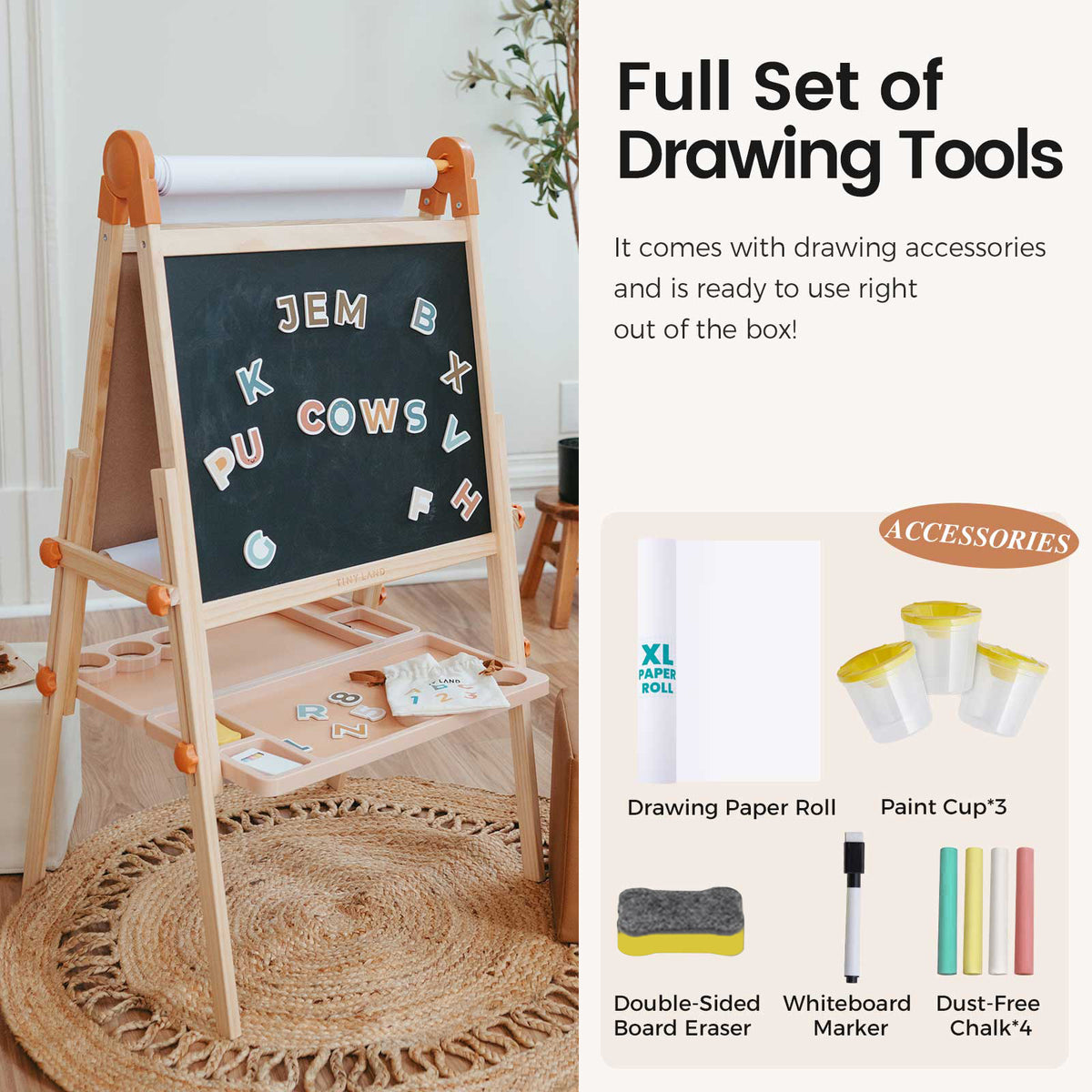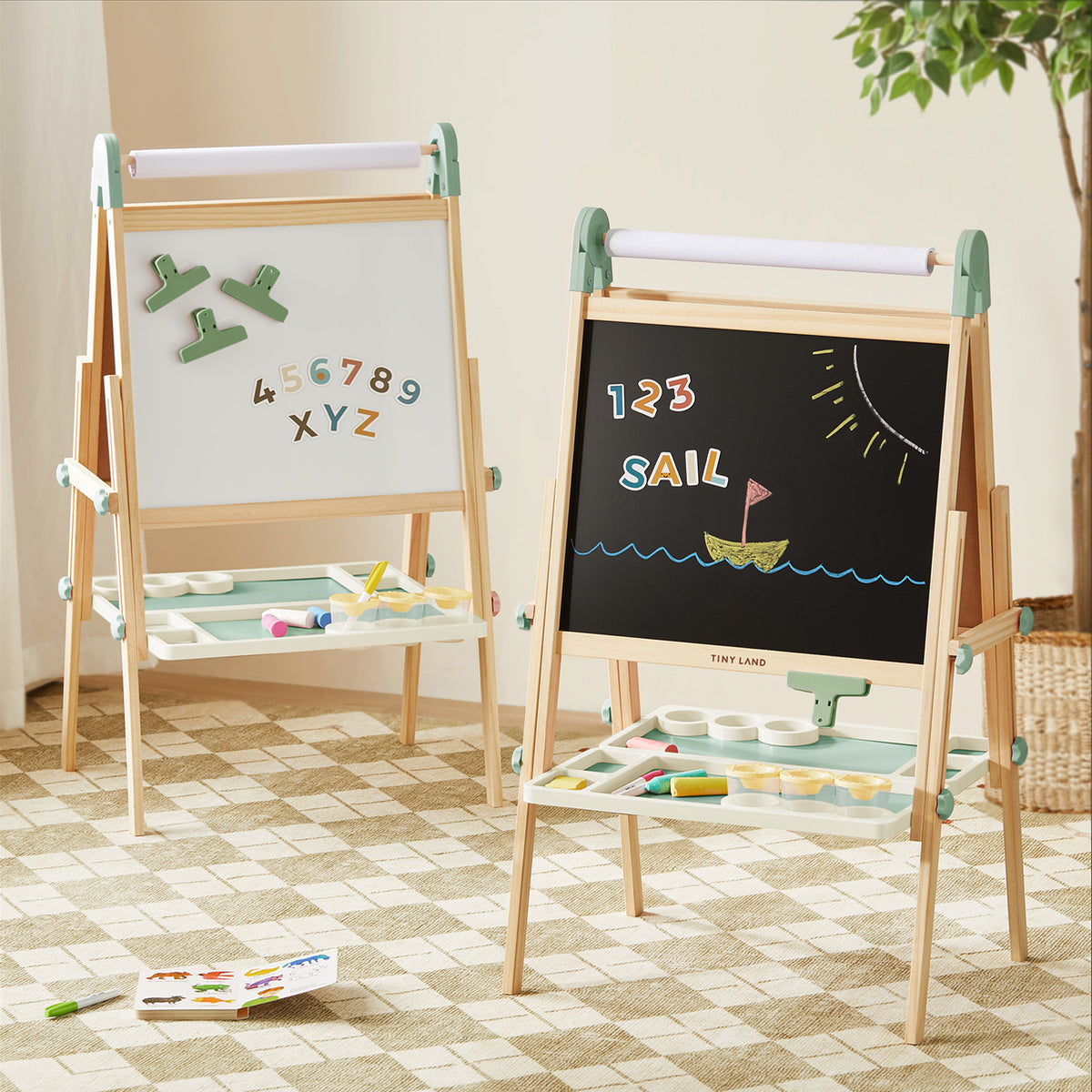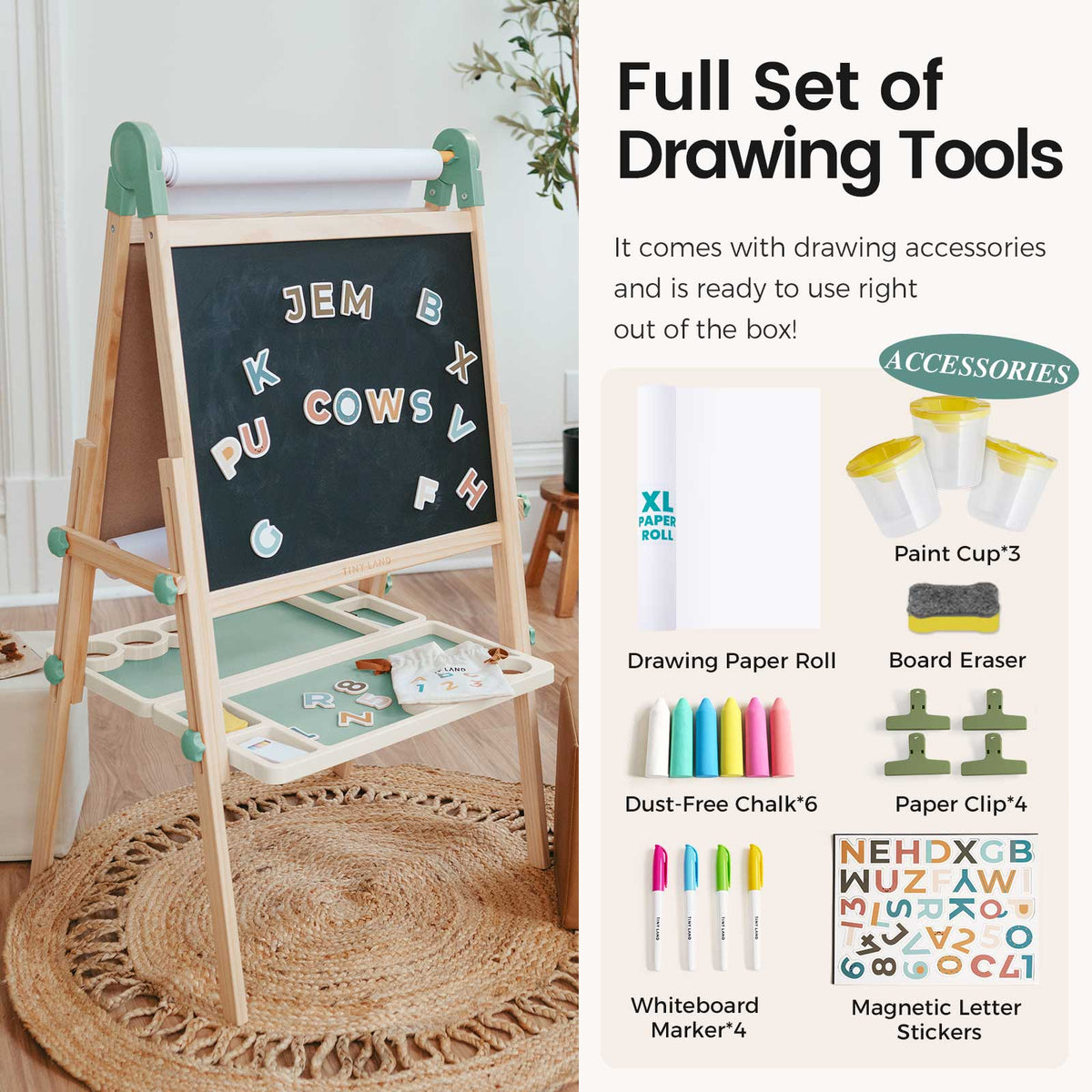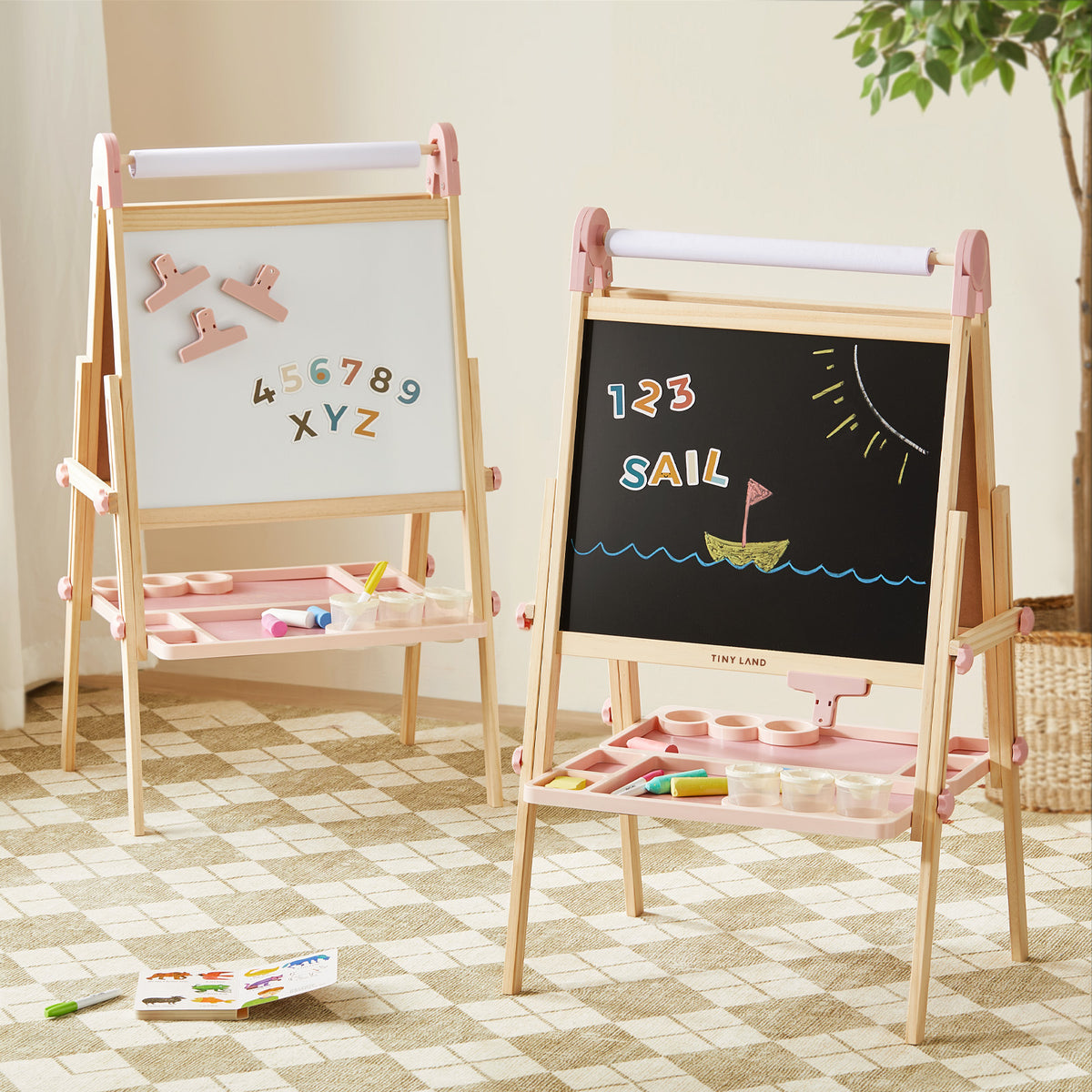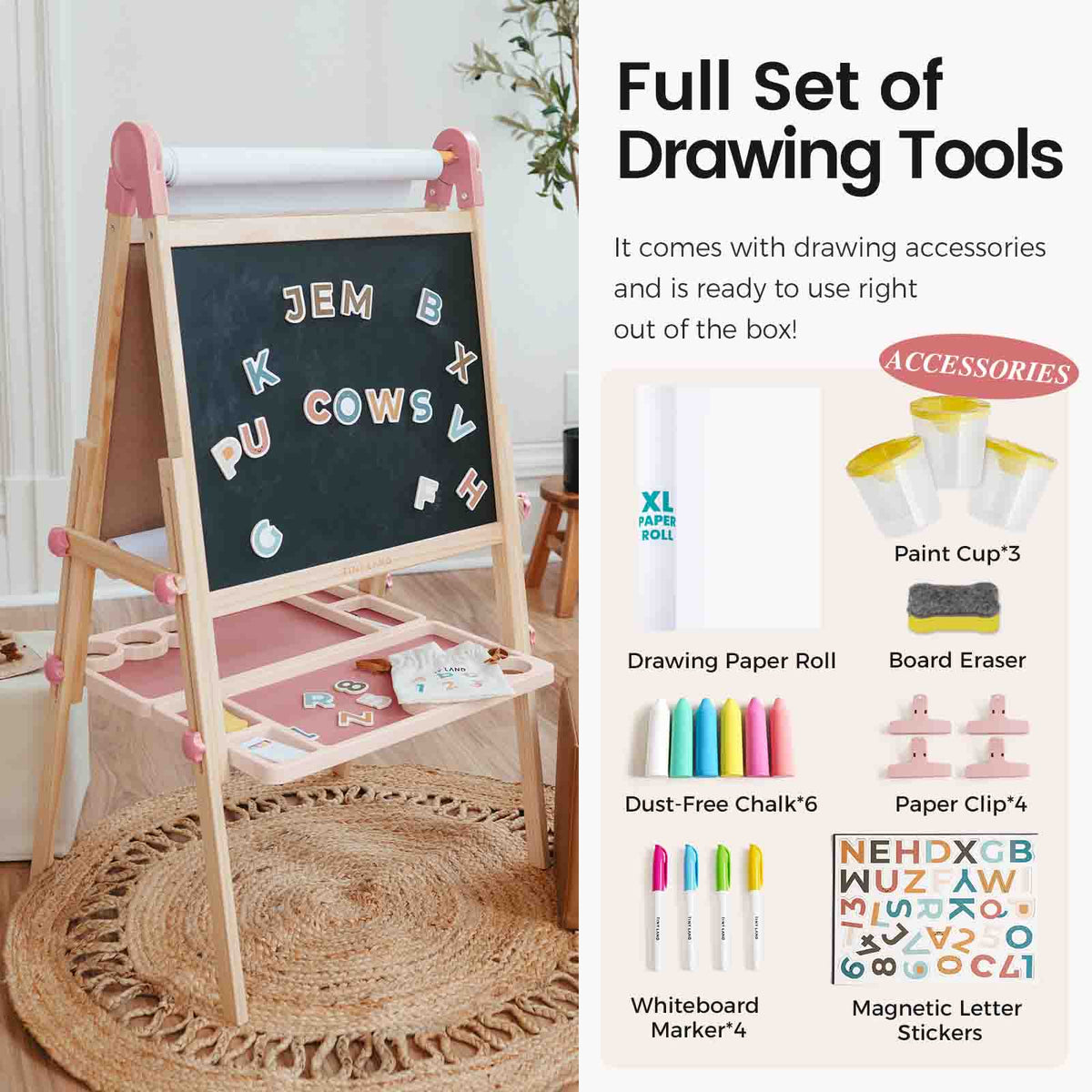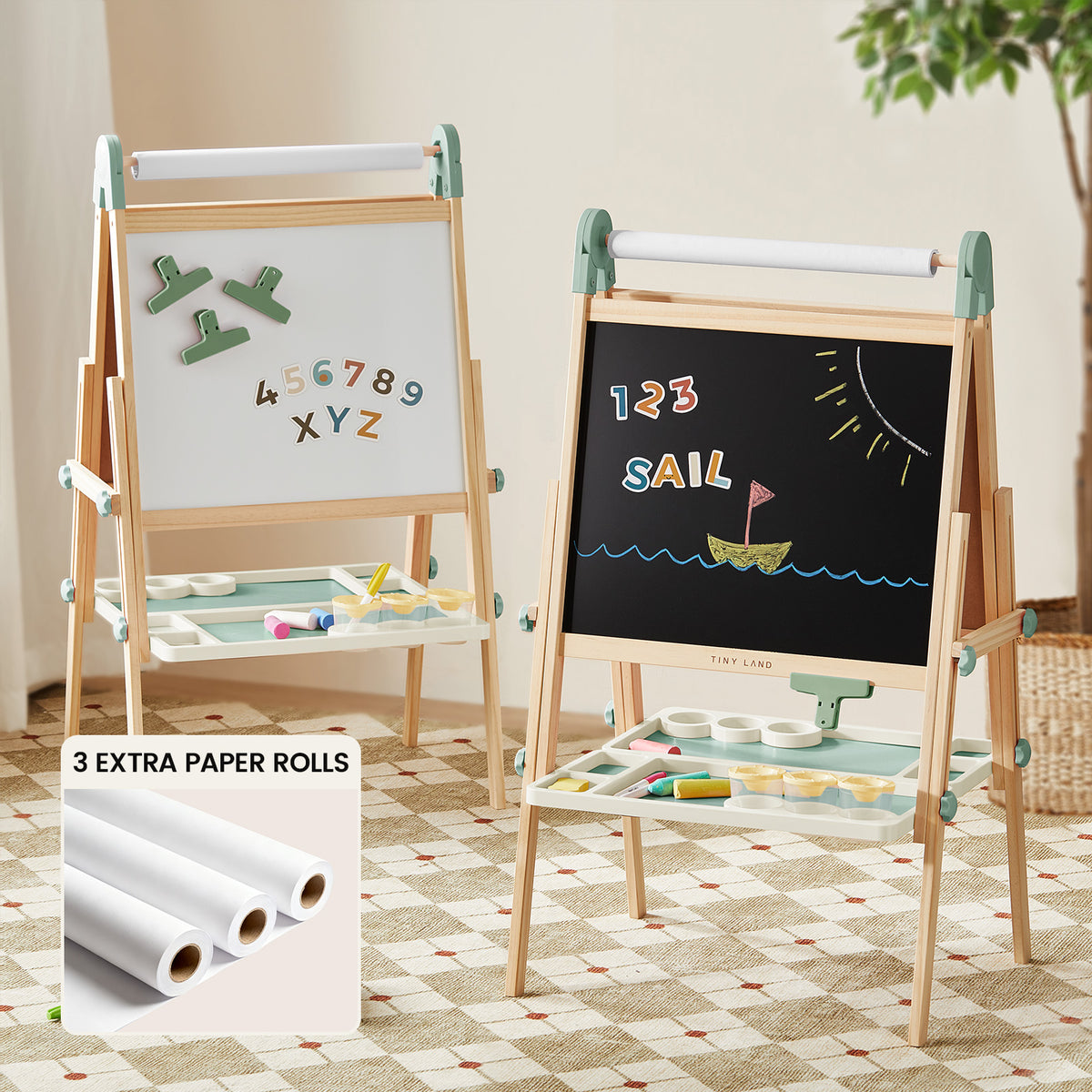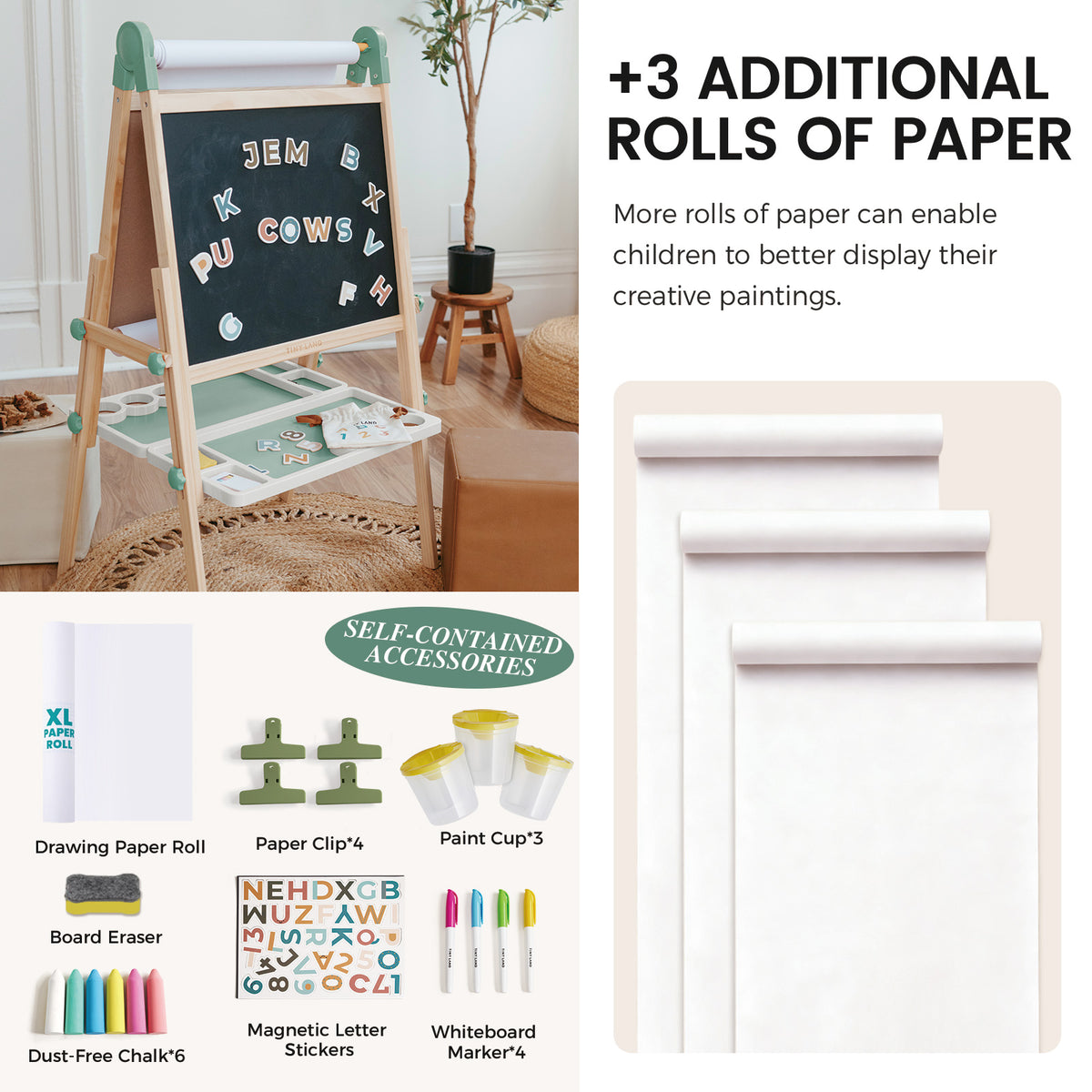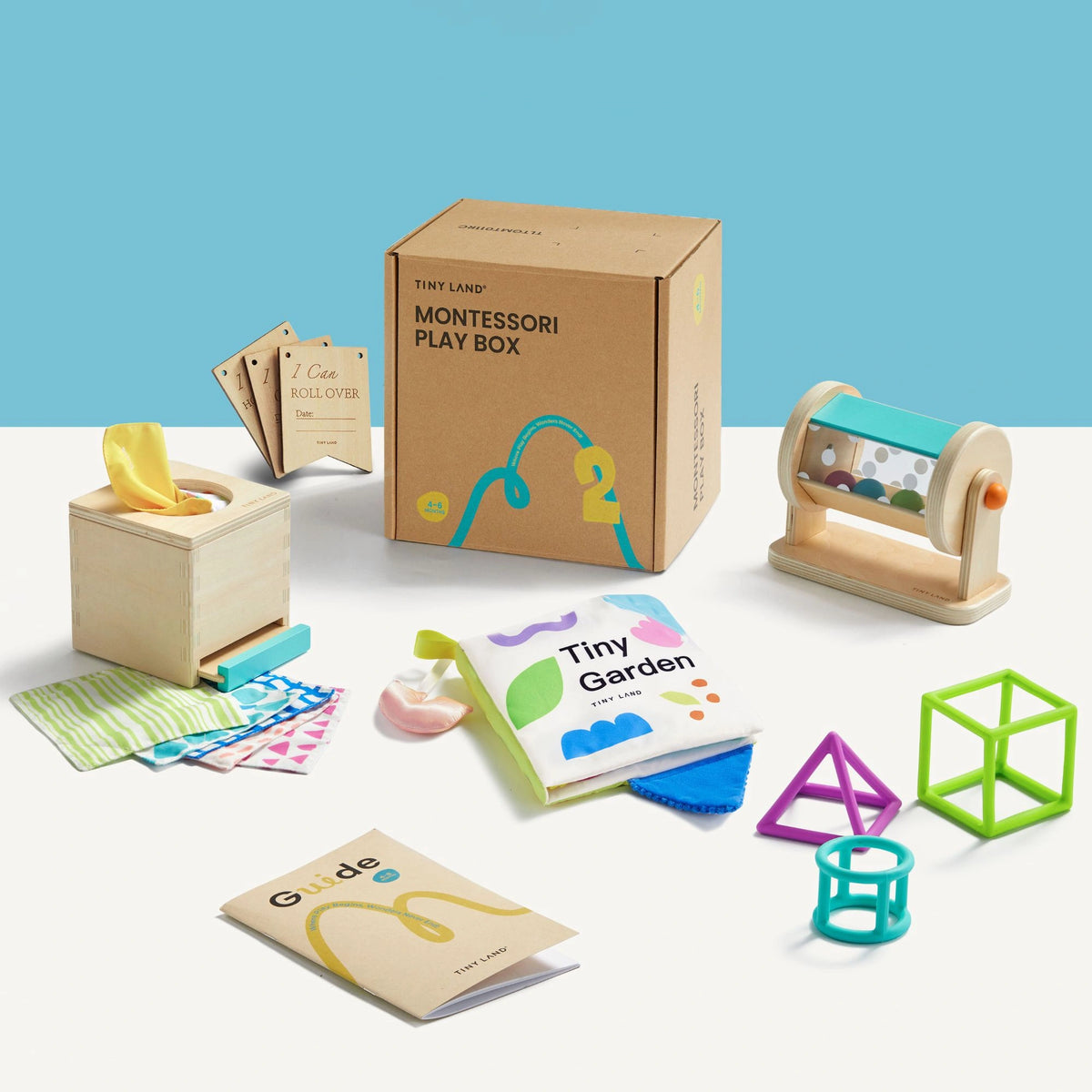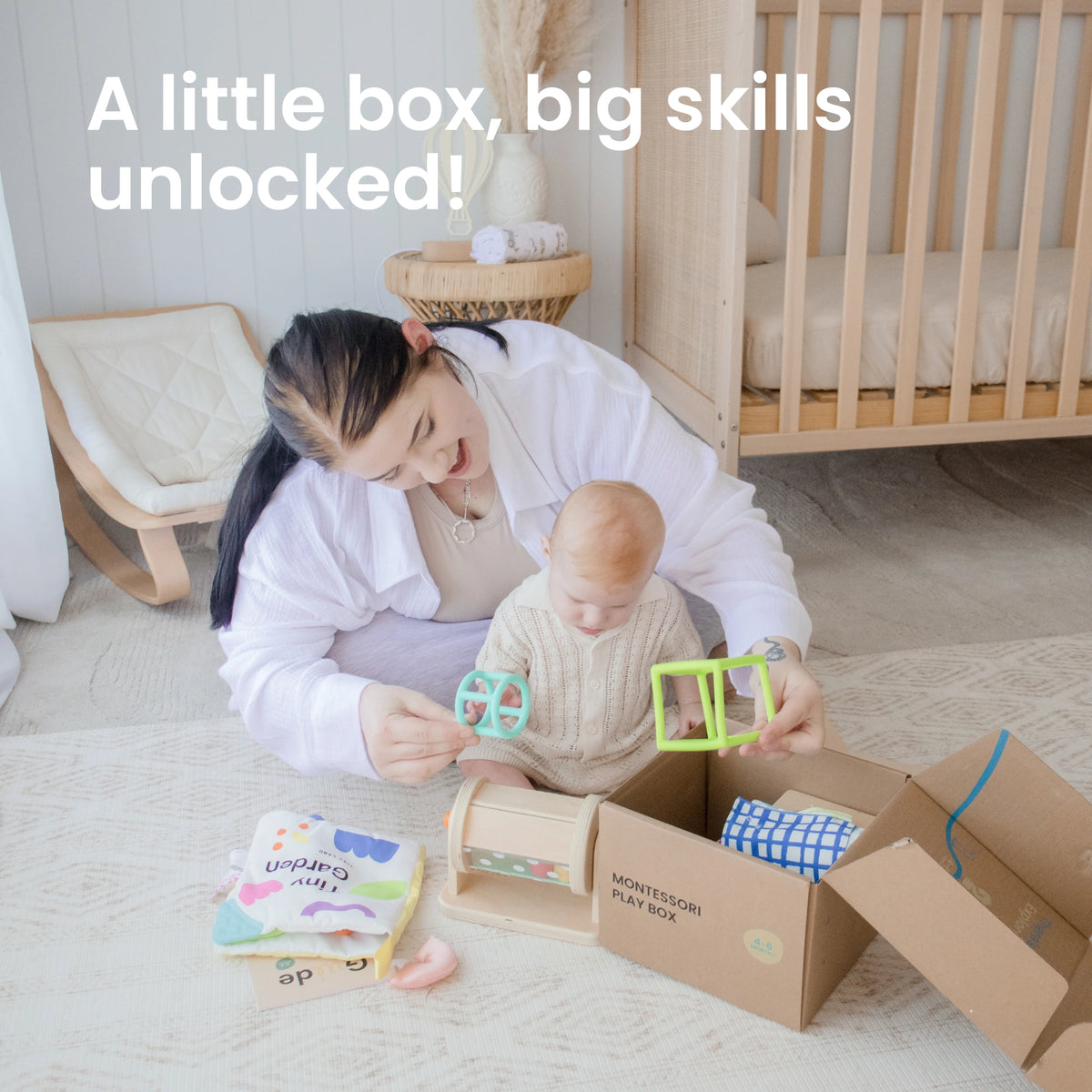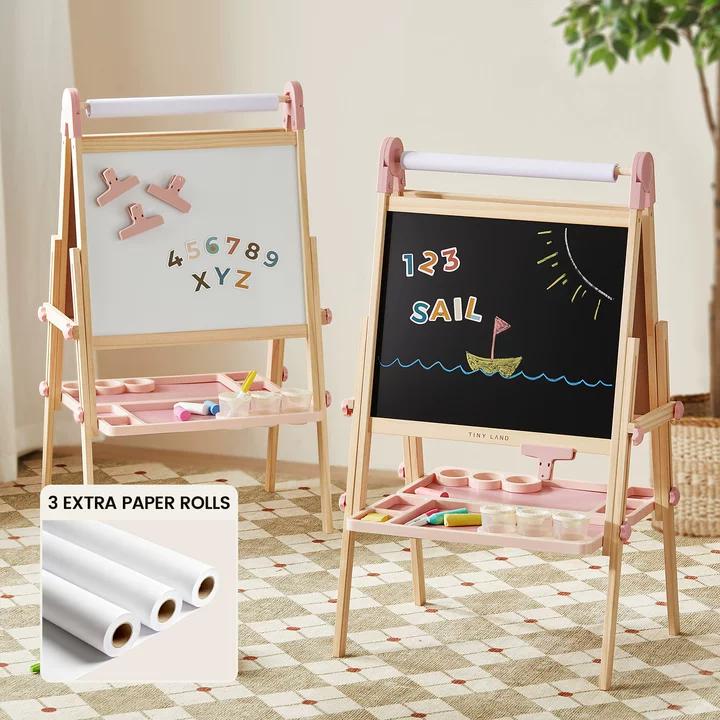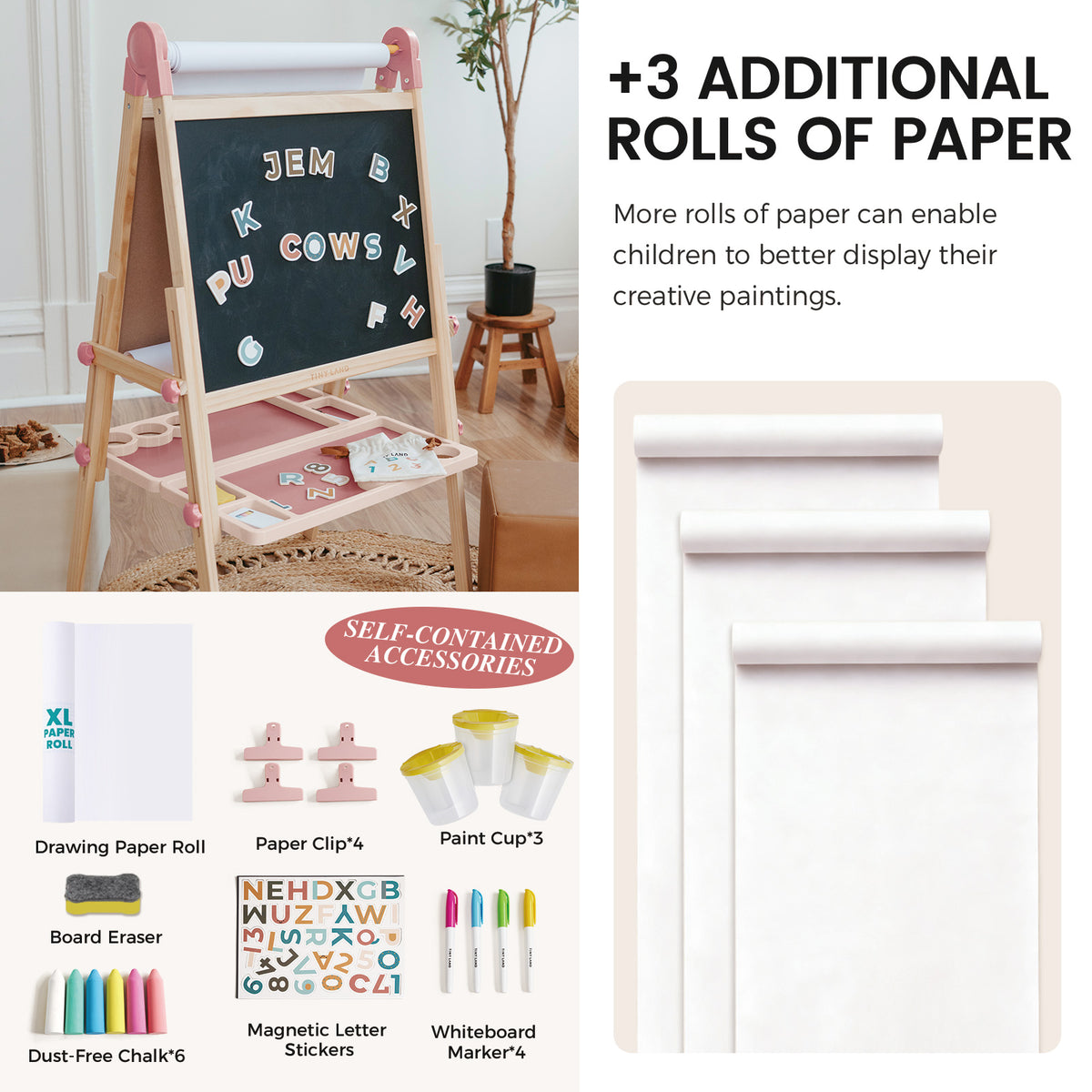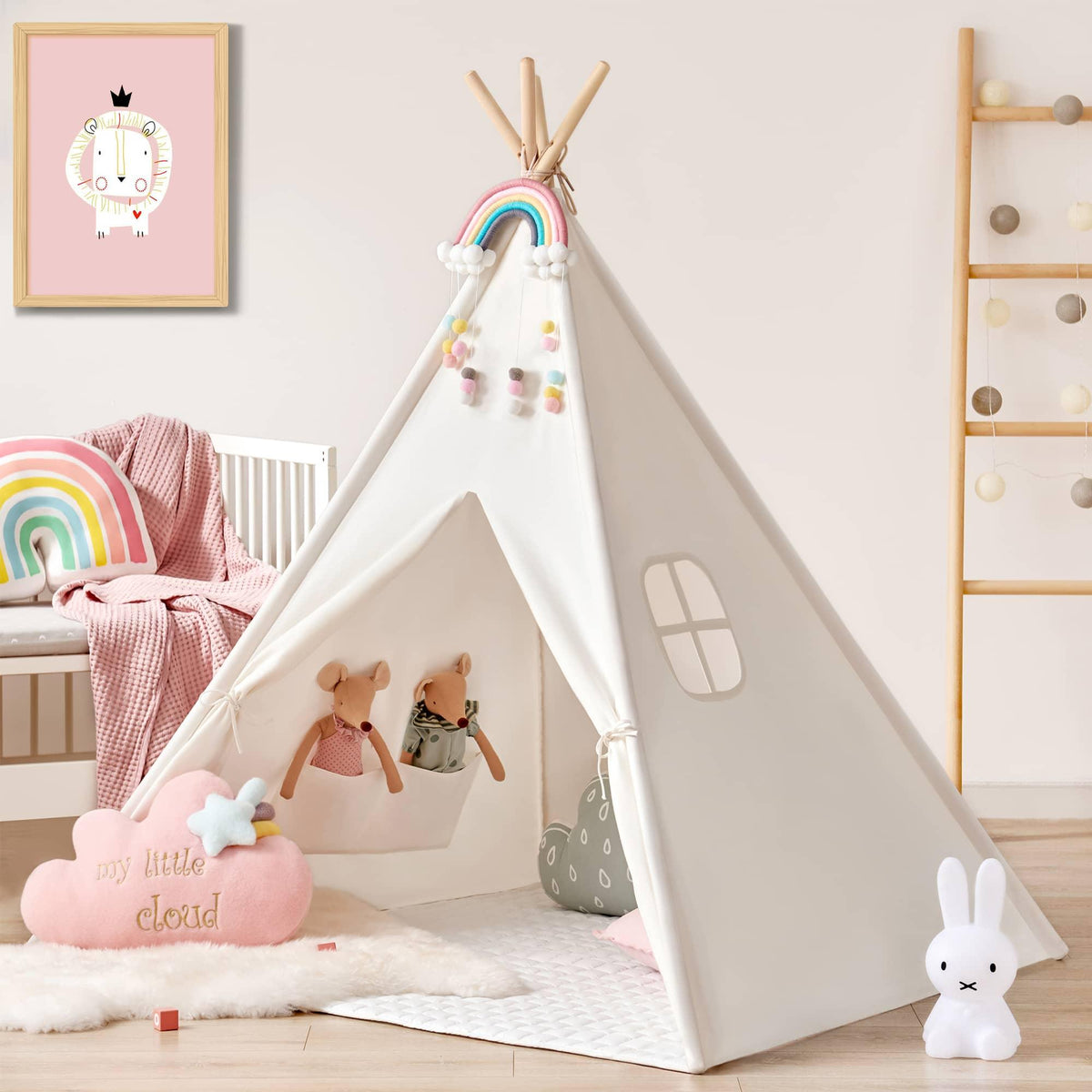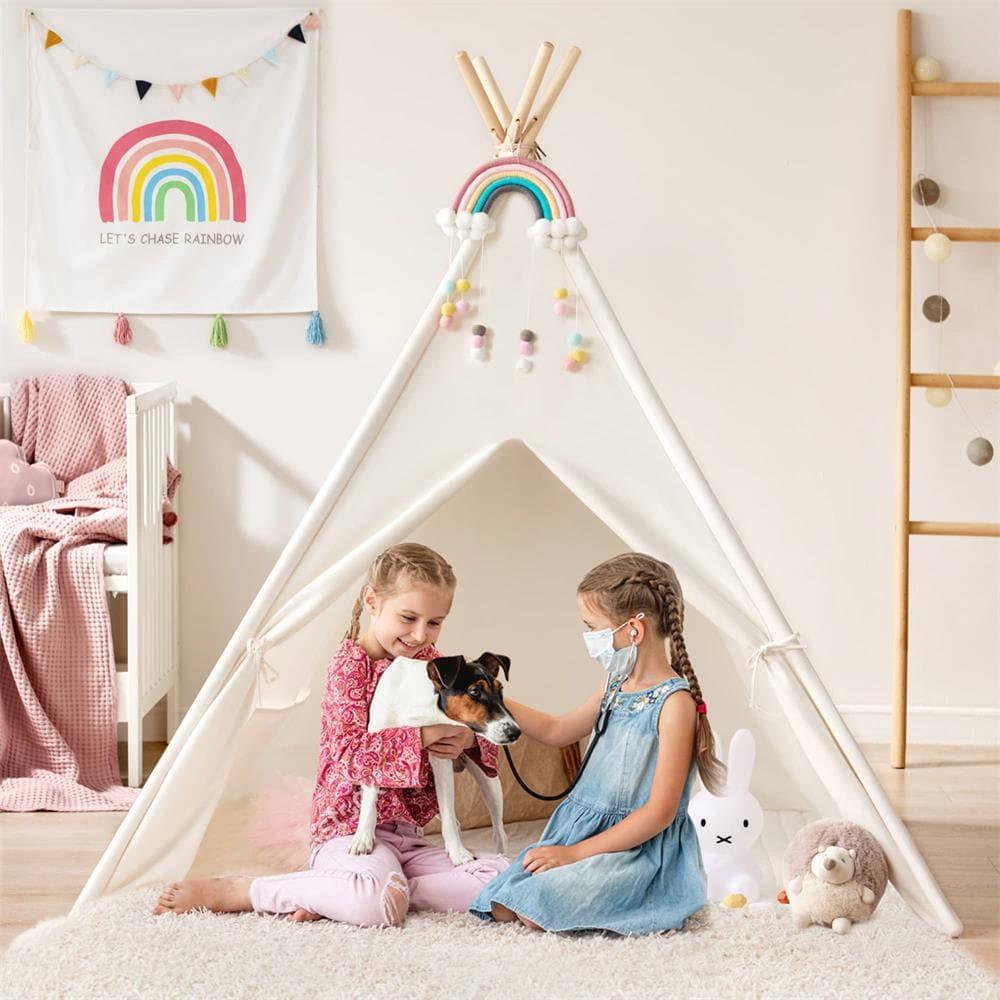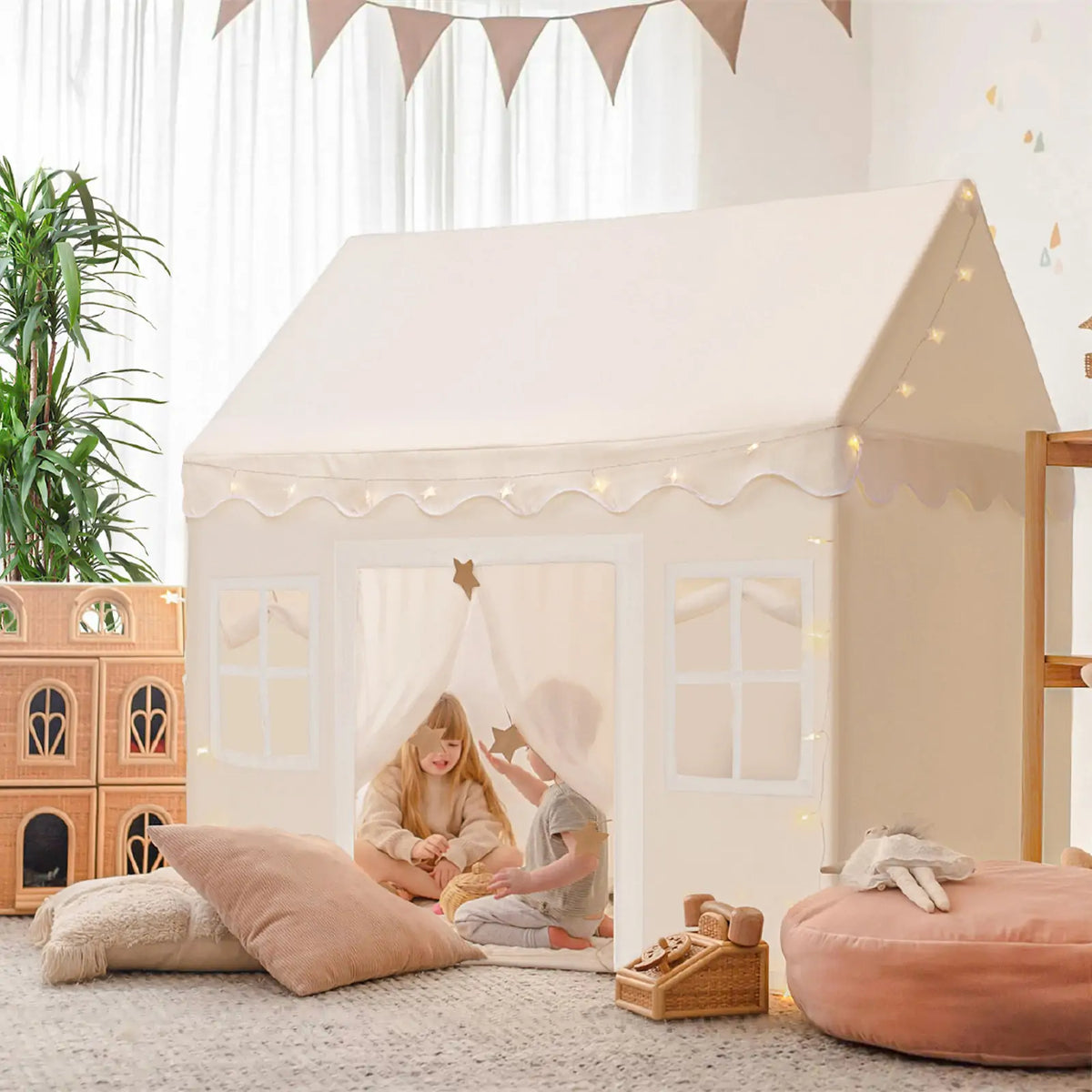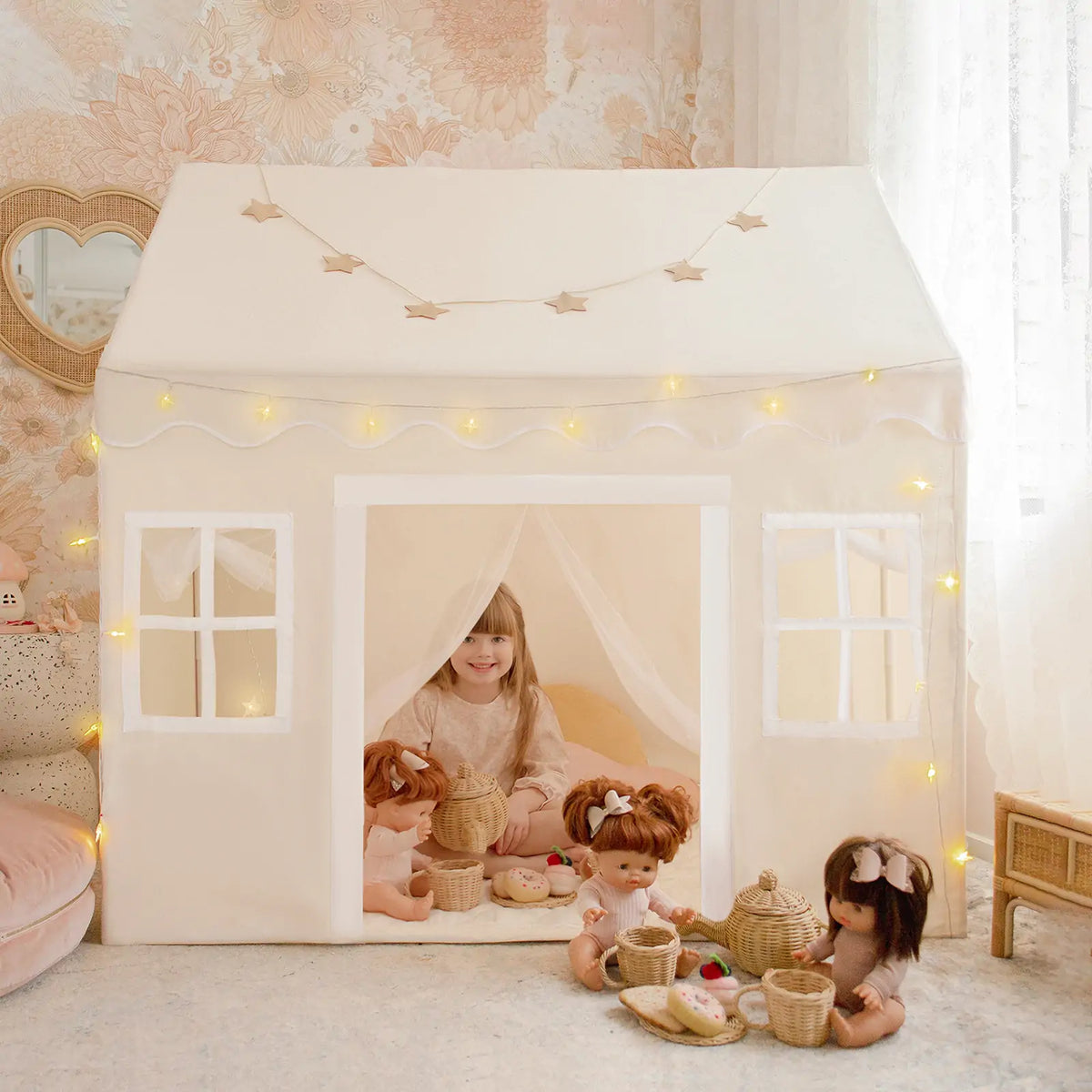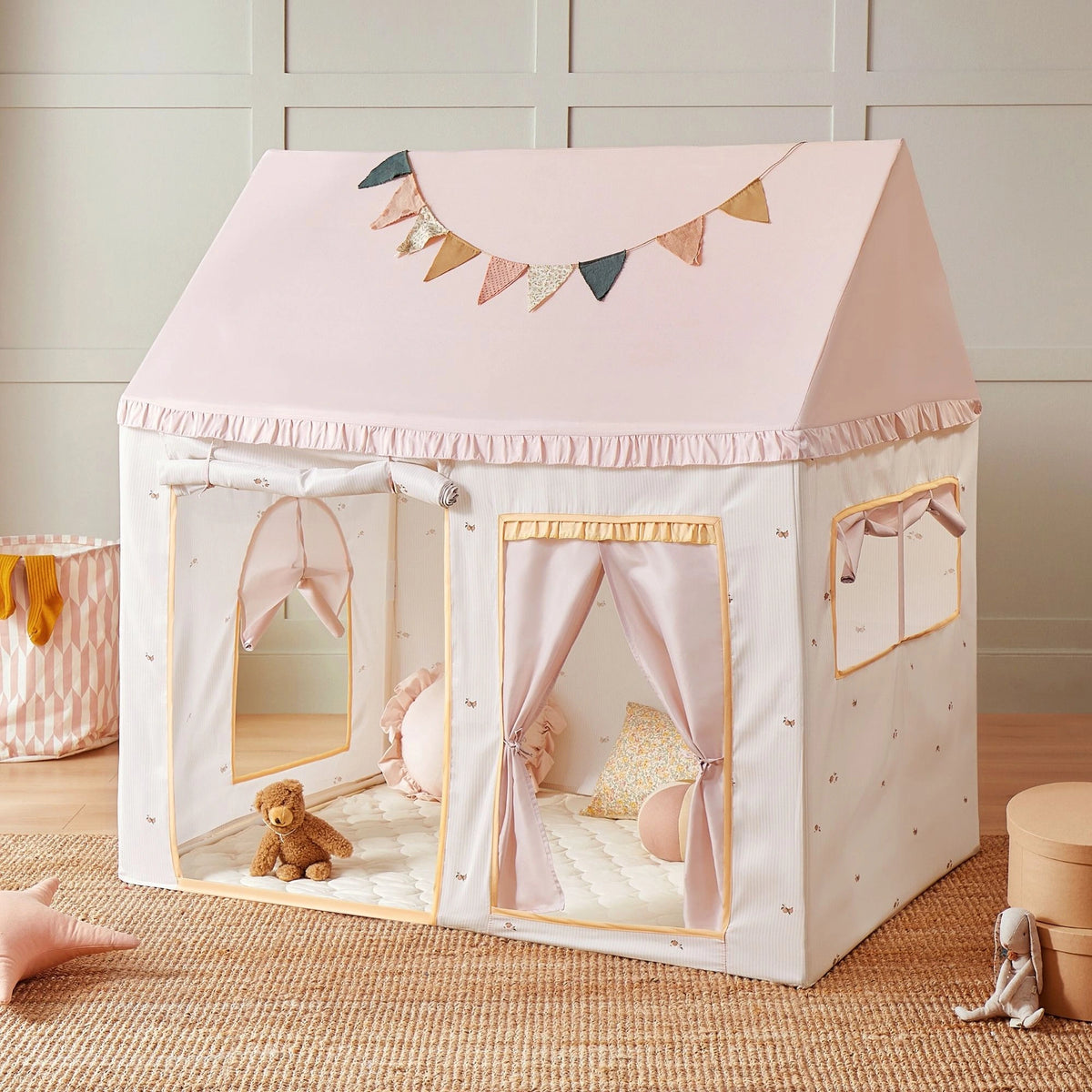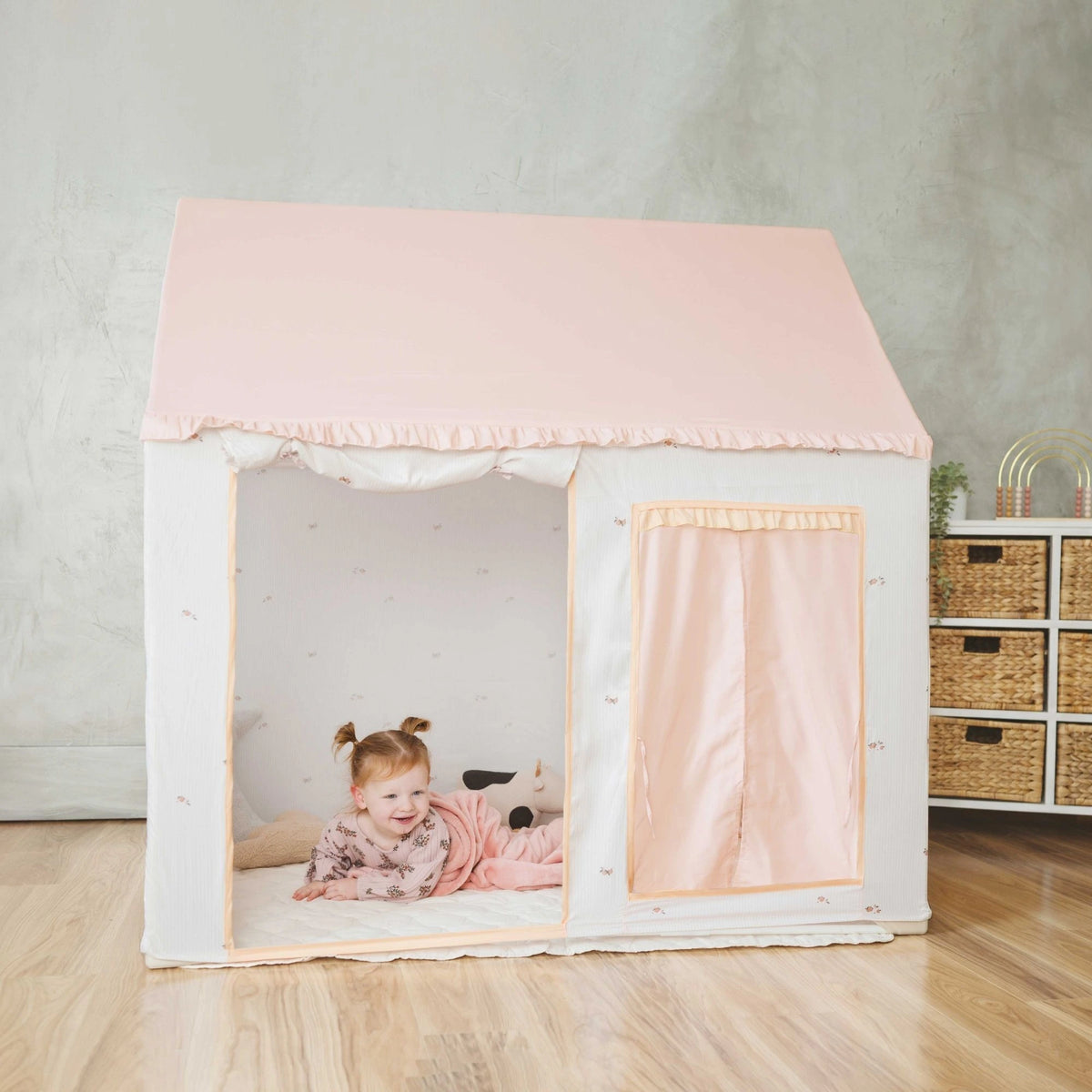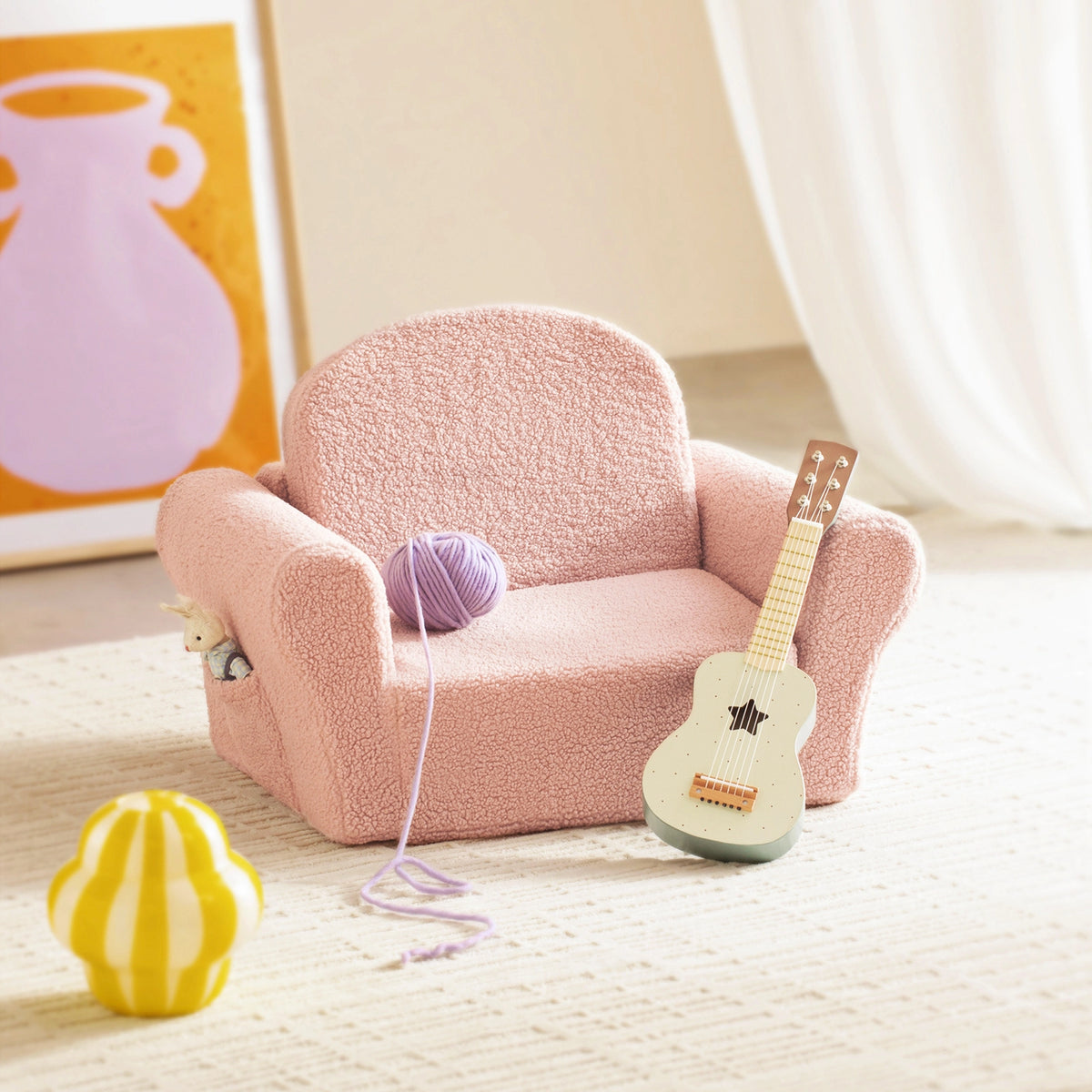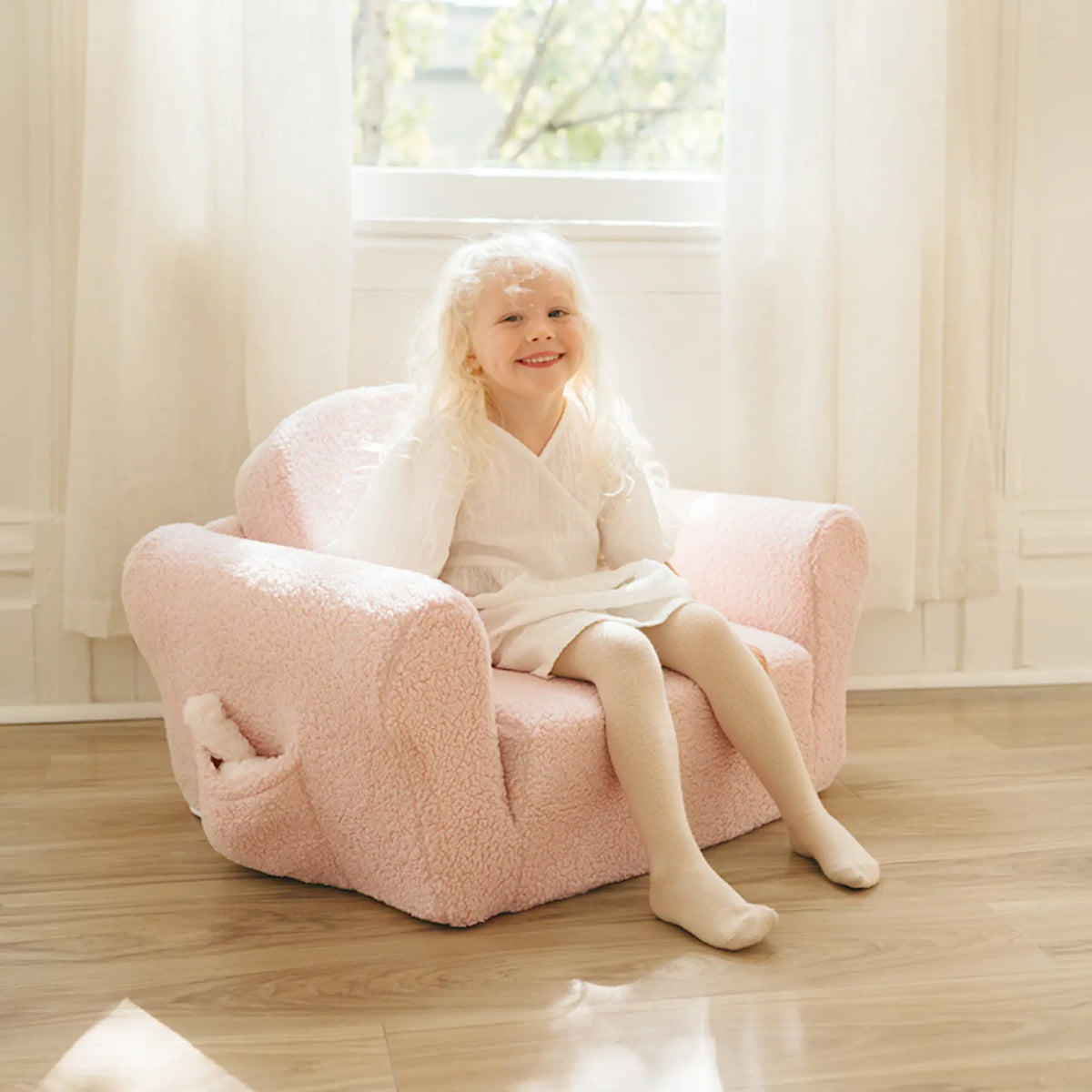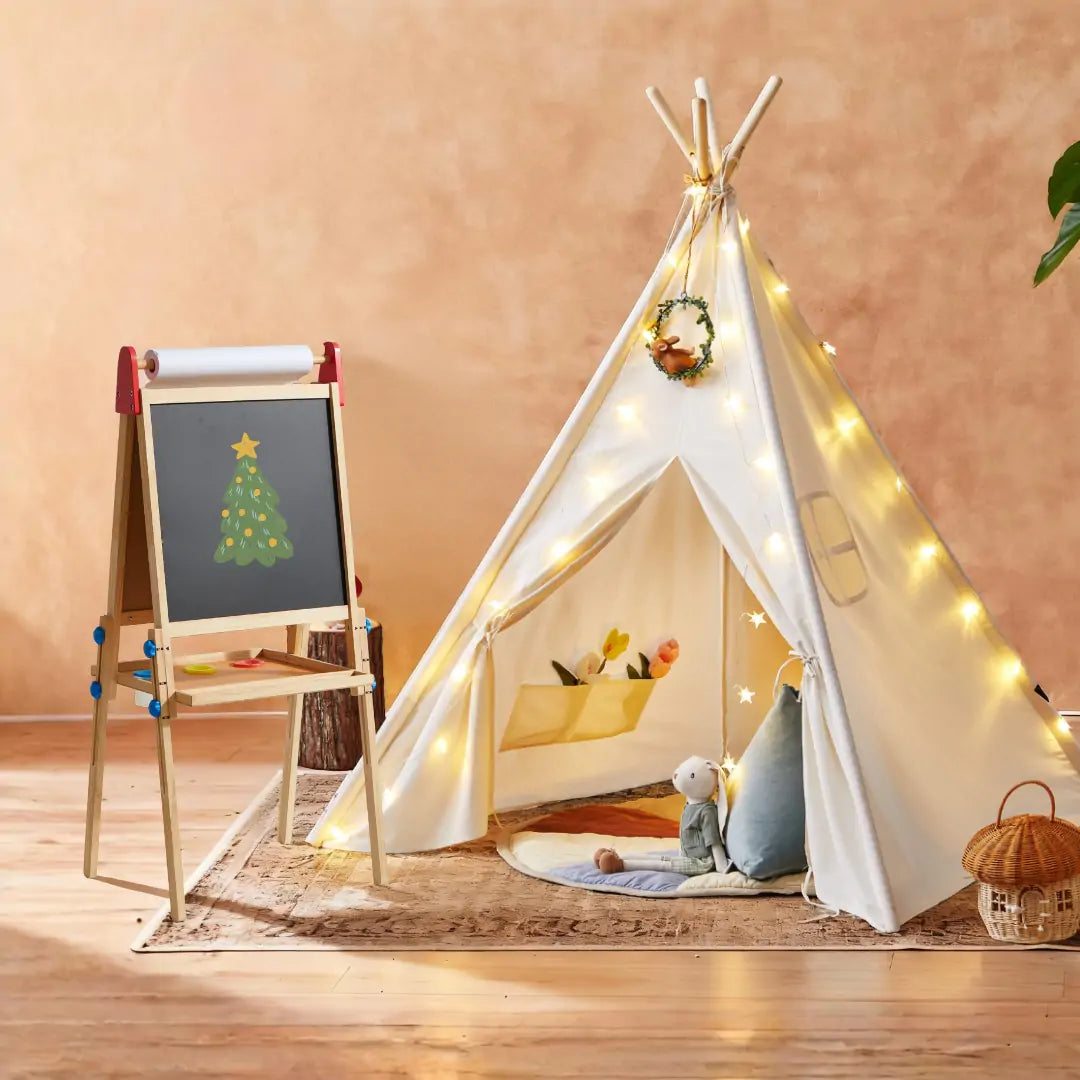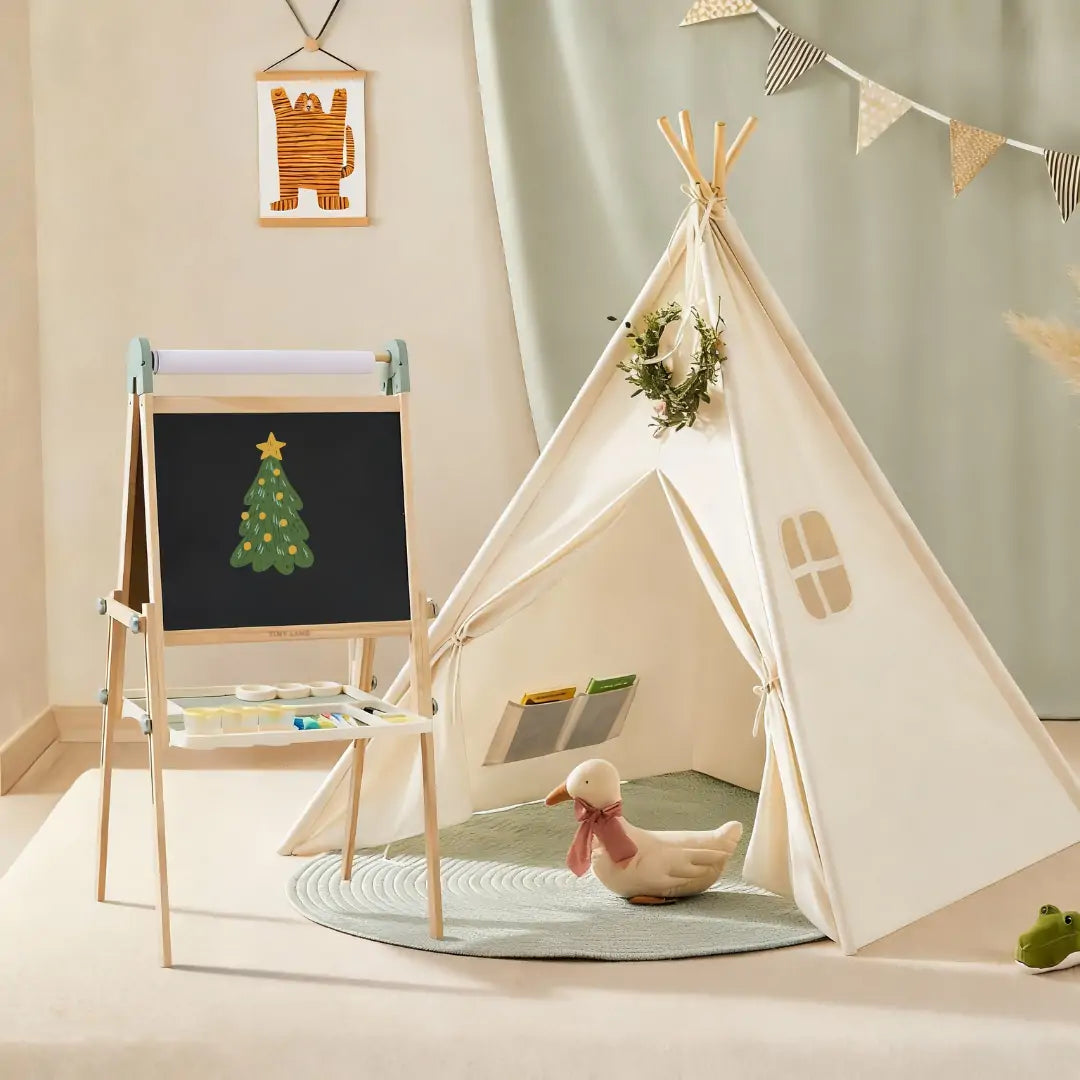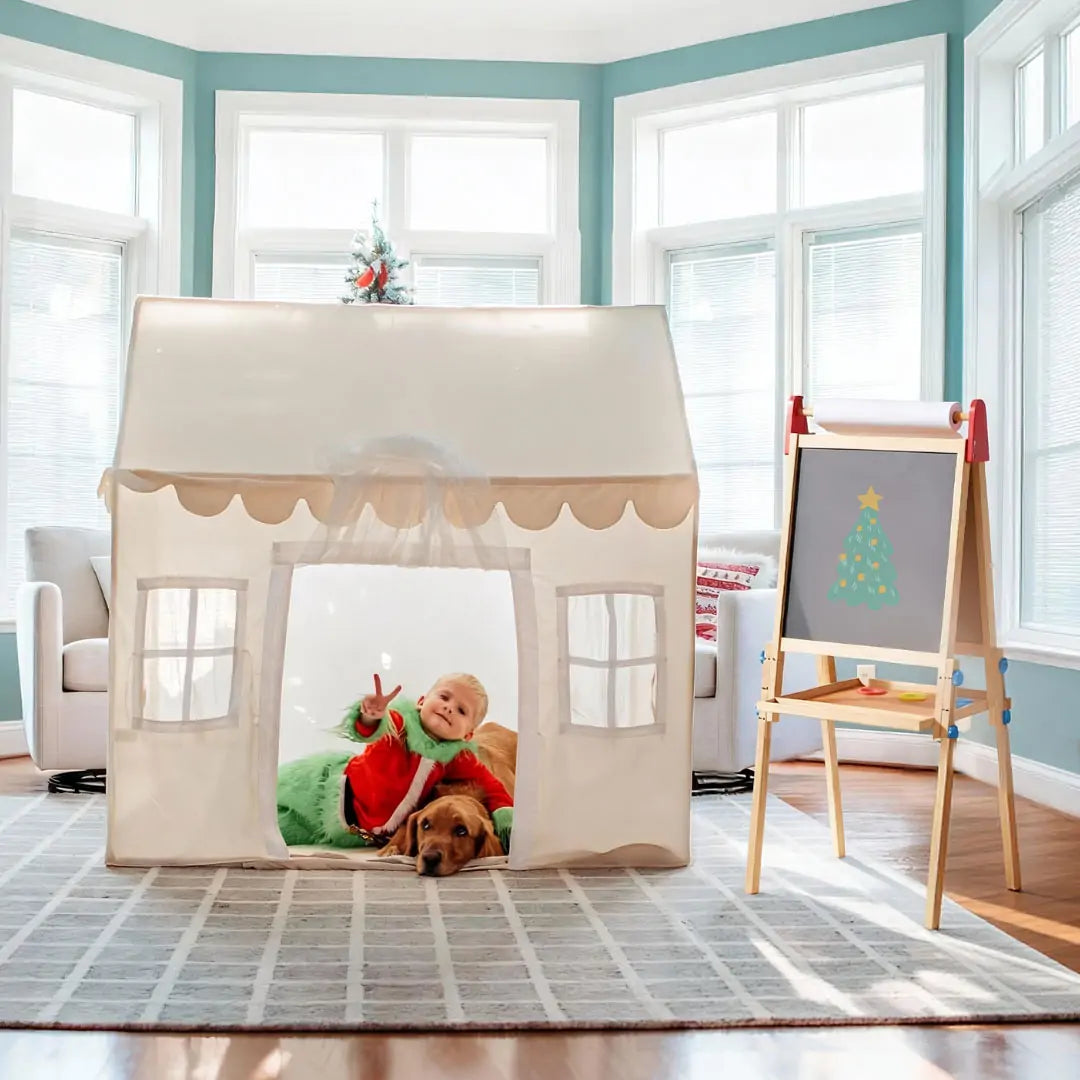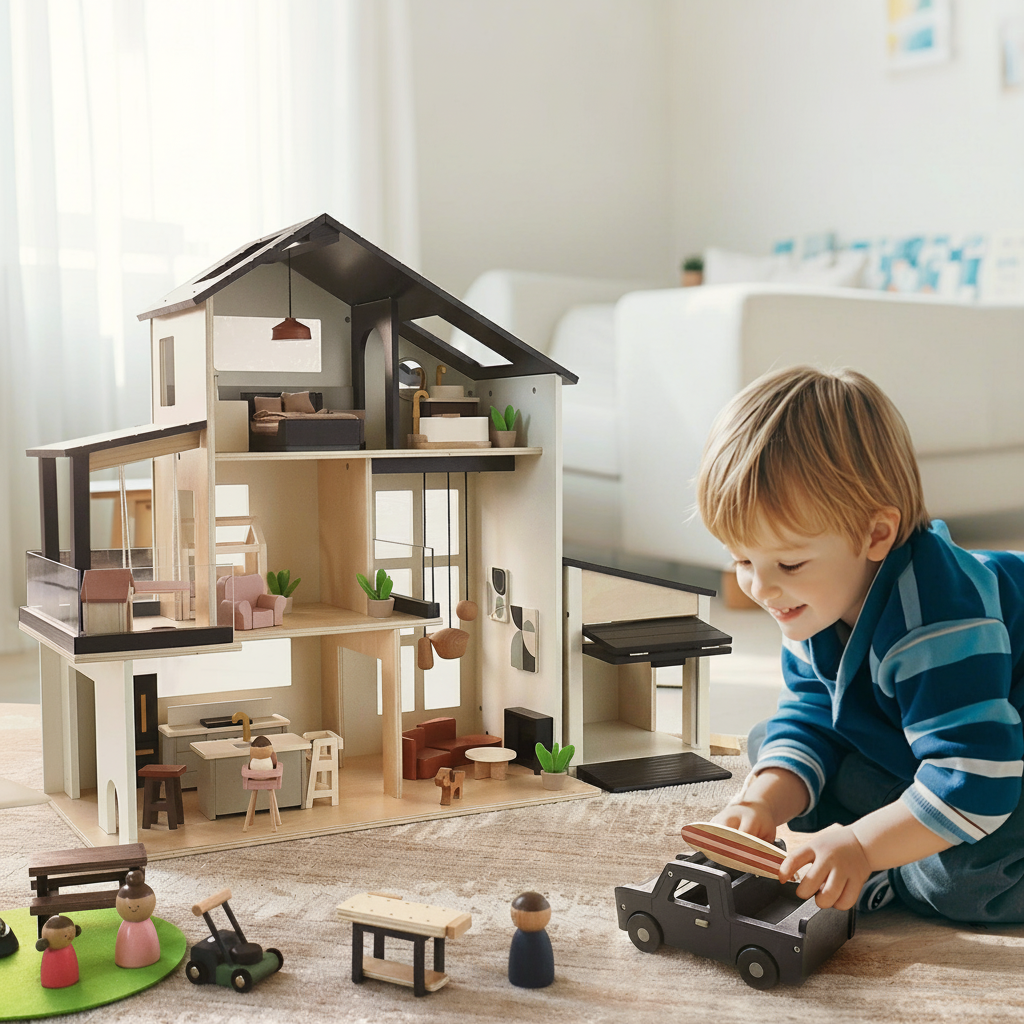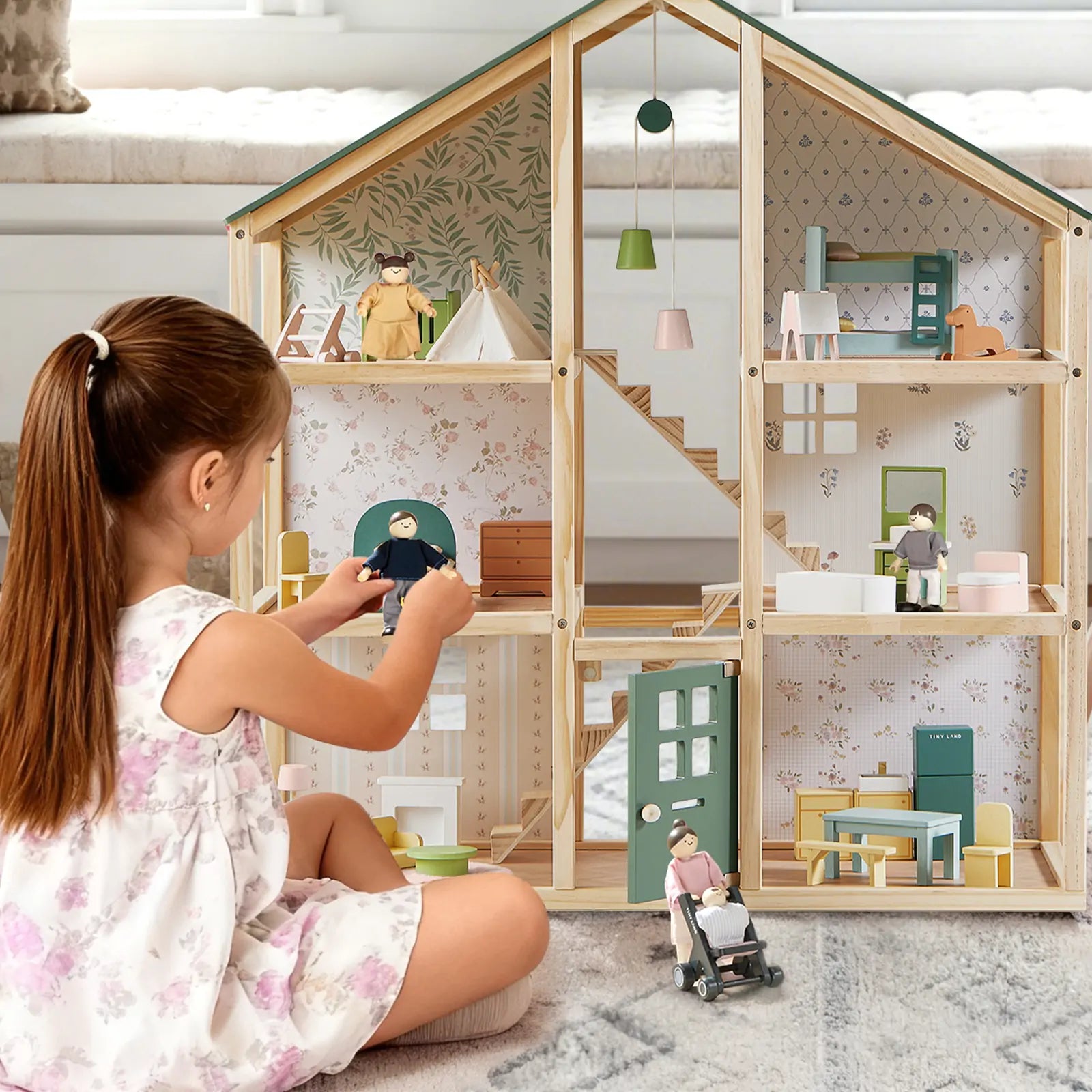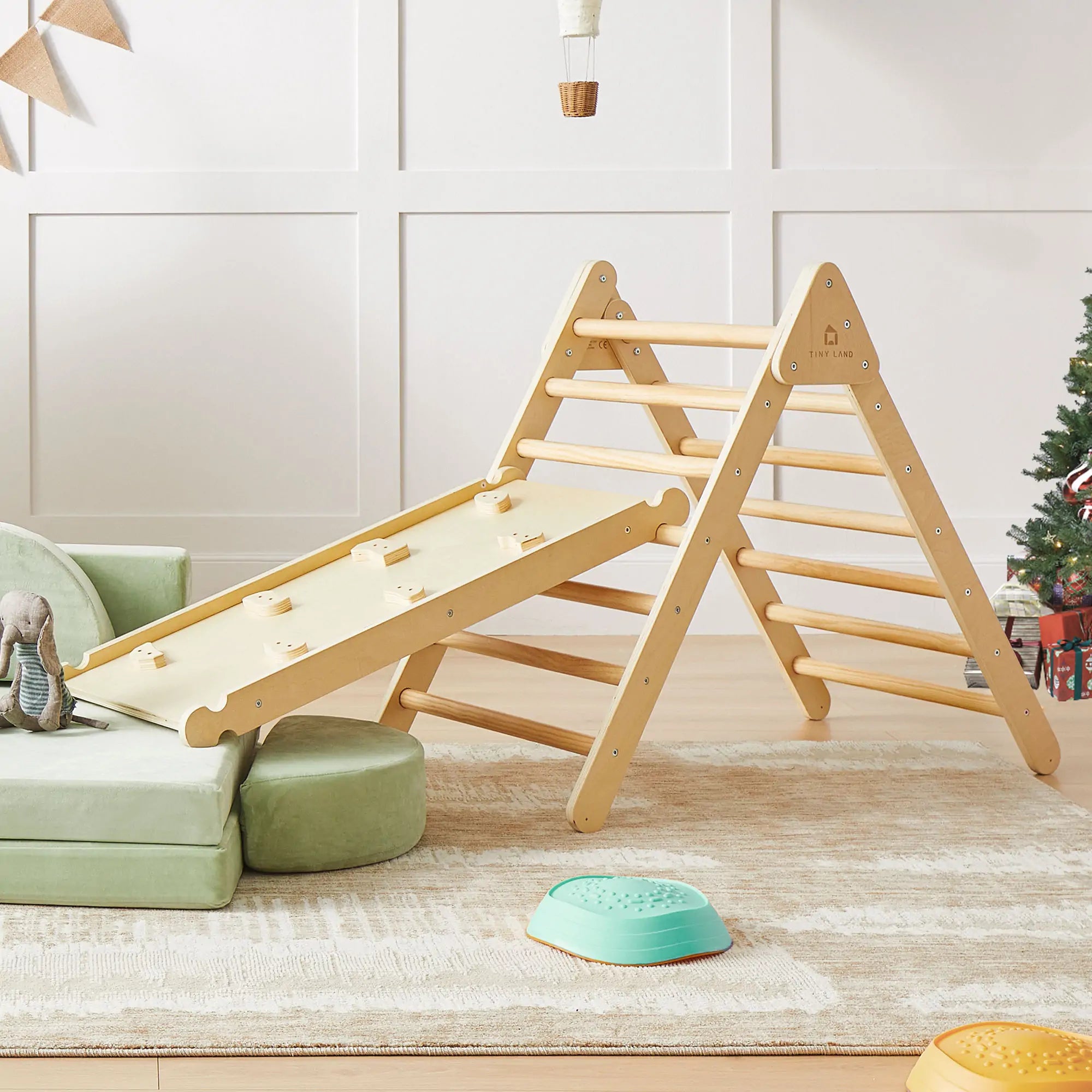Every child deserves a cozy little world of their own — and the right dollhouse can become a place of stories, friendships, and endless play. But when you start to look, it’s easy to get overwhelmed: “Which one is truly the best dollhouse for my child and space?” This guide will help you navigate the choices — size, design, materials, accessories, and more — so you make a confident, helpful decision that brings joy and fun.

What Makes a Dollhouse Truly “Best” in Your Home?
Before jumping into models, let’s talk about what criteria really matter. These are the things non-expert buyers often worry about — safety, longevity, usability:
---Safety & quality — You want smooth edges, non-toxic finishes, sturdy joints. A dollhouse that’s well made will last and not break under active play.
---Size & space — Does it fit your room? A large mansion-style house may be lovely, but if it crowds your living room, it might not be practical.
---Design & aesthetics — Does it match your home décor or your child’s tastes? A beautiful design helps it look less like a cluttered toy and more like a treasured piece.
---Play value & flexibility — The furniture, dolls, and accessories you can mix in matter. A house that allows rearranging and evolving play stays interesting.
---Ease of assembly & use — No one wants to wrestle with instructions or lots of tiny screws. Simpler is often more parent-friendly.
With those in mind, let’s see how to choose based on your child, your home, and your goals.

How to Choose by Ages & Stage of Development
Children grow fast, and what fascinates a 3-year-old is different from what an 8-year-old will enjoy. Here’s a guideline:
|
Age Range |
Recommended Dollhouse Type |
Why It Works |
|---|---|---|
|
3–4 years old |
Simple single-level or compact designs |
Little hands, simpler scenes, less frustration |
|
5–7 years old |
Multi-level or multi-room houses |
Encourages storytelling, room arrangement |
|
8+ years old |
Detailed houses with many accessories |
They enjoy deeper play, mixing scenes, fine detail |
For example, Tiny Land’s Sweetwood Love Dollhouse comes with 31 pieces of furniture and is designed to grow in interest as a child’s imagination expands.

Wooden Dollhouse: Why Wood Often Wins
A lot of dollhouses you’ll see are plastic or composite, but wooden options often provide better benefits:
- Natural tactile feel: children enjoy the warm texture of wood.
- Durability & repairability: wood can last years, and scratches or scuffs can often be refinished.
- Aesthetic & mix potential: wood often fits in with home décor more elegantly.
- Eco and safety: many wooden dollhouses use safer finishes and more robust materials.
In Tiny Land’s collection, their commitment to quality and natural wood stands out. For example, the Sweetwood Edge Dollhouse is built with well-finished wood and thoughtful design.

Matching the Right Dollhouse to Your Space
Even the most perfect dollhouse is useless if it doesn’t physically fit in your home. Here’s how to think about space:
- Measure your play area — Leave extra room around the house so your child can move around and open doors or manipulate dolls and furniture.
- Height vs footprint — Sometimes a taller house with smaller footprint works better in tighter rooms.
- Access vs visibility — Open-back or removable panels help you watch your child play and easily reach interior rooms.
- Scalable setups — A modular or expandable house can start small but grow later.
For instance, if you have limited space but still want multiple rooms, the Tiny Land Modern Family Dollhouse (a sleek, modern option) could deliver balance between space needs and play value.

Encouraging Imaginative Play & More
Beyond structural specs, what really makes a dollhouse magical is how children use it. A good house should:
- Support friends and sibling play — multiple dolls and rooms allows cooperative stories.
- Enable open storytelling — leave room for the child to invent.
- Build language, empathy, social skills — children often act out life lessons with dolls and narratives.
- Encourage mixing & matching — different furniture, tiny pets, seasonal props help keep the experience fresh.
Tiny Land’s houses are designed with this in mind; kids can shift scenes, bring in dolls, and explore over time.

Setup, Accessorizing & Tips for Use
Your dollhouse will be more loved if you help set it up nicely:
- Choose a stable, flat floor and clear surroundings.
- Let your child help with the setup — it enhances ownership and interest.
- Start with a few accessories (a bed, dining table) and then gradually add more — avoid overwhelming them.
- Rotate and reorganize rooms now and then to make things feel new.
- Use small bins or trays to keep tiny parts from getting lost.
If you're considering accessories, check out Tiny Land’s accessory lines, dollhouse furniture sets, and miniature dolls that are compatible with their houses.
Why Many Parents Love These Dollhouses
Here’s what many non-expert buyers end up appreciating:
- They look beautiful in a child’s room — not just a plastic toy box.
- They enhance imaginative play and grow with the child.
- They are robust — made with quality that resists wear.
- Many find them helpful for family bonding: assembling, rearranging, playing together.
- The modularity means you can mix new sets over time, making the experience last longer.

FAQs
What is the ideal age to start dollhouse play?
Tiny Land recommends beginning with wooden dollhouse sets for kids ages 3 and up.
Are wooden dollhouses better than plastic ones?
Yes — they often offer greater durability, a more pleasant tactile experience, safer finishes, and better aesthetics.
How many dolls should I buy?
Start with 2–3 for core storytelling — a family or a friend group is enough. You can always expand later as children’s narratives become richer.
Will my child lose interest?
Unlikely, if the house is flexible. By letting them rotate furniture, accessories, and introduce new dolls, the experience remains fresh.
Can I mix Tiny Land houses with other brands?
Possibly — but ensure scale compatibility so furniture and dolls fit well.
Final Thoughts — A Home for Your Child’s Imagination
Choosing the best dollhouse for your home doesn’t have to be overwhelming. Focus on safety, quality, space, play value, and a design you’ll love. With a good wooden dollhouse, the right furniture, a few dolls, and a sprinkle of creativity, your daughter (or child) will have a beautiful world to explore, make friends in, and continue playing for years.
May your home be filled with laughter, stories, and tiny people enjoying big adventures.


